What do you actually do? – Katja Aufleger
Katja Aufleger’s studio-cum-apartment is in a former furniture shop on Urbanstraße, a busy high street that runs through the Berlin districts of Neukölln and Kreuzberg. She found and renovated the 300 square meter space herself, creating a shared live-work situation that closely mirrors the one she left behind in Hamburg, where she was based for almost a decade before moving to the German capital four years ago. “It would be weird for me to rent a normal flat now,” the 37-year-old sculptor jokes. “I find it difficult to wrap my head around the concept of having separate sections for living and working!”
Adjacent to a large kitchen where she often throws dinner parties with her two artist roommates, Aufleger’s section of the warehouse mirrors this sentiment: Most of the single room is given over to art storage and desk space with her bed unceremoniously pushed into one corner, where it’s partly covered by a curtain. “It works best for me if the working area is the main part,” she explains from a grey sofa piled high with art books. “I can put everything else, like a place to sleep, around that.”
The situation is made easier, Aufleger tells me, by the fact that she primarily uses her room for emails and organisation, with the bulk of her work coming to life in specialized workshops around the country. For her 2019 installation, Sirens (Al Wakra Vol.I-III), for instance, Aufleger worked with glass blowers in a small town near Hannover, as well as with organ builders in Berlin to create a series of functional glass instruments. Made out of sand that she collected in Qatar, Aufleger had the idea for the installation when she was researching the country for a residency application. “I was looking into the area and I stumbled over the fact that there is a so-called ‘singing sand dune,’ in Al Wakrah,” Aufleger says of this natural phenomenon, which occurs in a number of deserts around the world. “I had it in my head for ages that I wanted to do something about singing sand dunes, but I didn’t know what. Then one day I suddenly knew I wanted to make an instrument.” As with many of Aufleger’s projects, once she had decided what she wanted to do, it took a large amount of persuasion to get other people on board. “I didn’t even know if it was going to work at first,” she explains. “And it’s such a small amount of money for these kinds of workshops so you have to find someone who is open-minded.” The key to this situation, according to Aufleger, is persistence. “I don’t phone. I don’t email. I just go and annoy them. It’s the only way you can do it!” she says with a laugh.
This wasn’t the first time that Aufleger worked with glass. For her diploma exhibition at HFBK Hamburg, she created a series of interlocking handblown glass sculptures, collectively titled Bang! (2013/14), which she filled with potentially explosive chemicals. Although created over seven years ago, the works are still an important touchstone in Aufleger’s practice. “For me, it’s about this frozen moment before the bang,” she explains. “The artwork becomes a vehicle for this fleeting moment of time.” In Newton’s Cradle (2013), Aufleger took this concept one step further, filling three glass balls hanging from the ceiling with rope with sulfuric acid, nitric acid, and glycerin, which combined create nitroglycerin, one of the most powerful known explosives.
What links these works—beyond their inherent dangerousness and somewhat caustic humor—is that they involve the imagination of their audience, who, according to Aufleger, must “put the parts together themselves.” The same can be said for the artist’s most recent work, Remaining Pieces (2020), which is currently on view at STUDIO BERLIN, an exhibition developed by the Boros Collection in cooperation with Berghain. The piece comprises a vinyl record of sounds defined by the geology of the moon, with the different heights of the moon’s surface translated into differing frequencies. Listening to the sound, amplified by a vinyl player installed on the club’s balcony, viewers are invited to imagine the moon’s many craters through the record’s strange cacophony of tones.
Aufleger isn’t a Berghain regular—she’s only been “four or five times”—but she was delighted to be included, especially with a work that fits so well with the location.“ You could say a lot about the moon, the night, vinyl and nightclubs,” says Aufleger, “but I usually prefer to let the work do the talking!”
Looking forward, visitors will soon be able to experience Newston’s Cradle and a selection of her Bang! sculptures at the Museum Tinguely in Basel. These works will be on view alongside a number of installations and videos as part of her forthcoming solo exhibition at the prestigious institution in December 2020. Also opening at the same time will be her third show at Basel-based gallery STAMPA, where she’ll show new photographs of Molotov cocktails made from perfume bottles. Chosen for their ridiculous titles—the invitation includes a flaming bottle of Giorgio Armani Emporio’s “Because It’s You”—the pieces combine threat and humor in a way that has become characteristic of Aufleger’s work. Before leaving, I ask if showing such volatile work is going to earn her a reputation. “Well,” she replies with a smile, “many of the shows I have done seem to be accompanied by a call from the local fire station.”
Katja Aufleger is an artist living in Berlin. She studied at the HFBK from 2009-2013 with Andreas Slominski and Matt Mullican.
HFBK graduate Chloe Stead, together with the photographer and also HFBK graduate Jens Franke, met former HFBK students to talk about work, life and art.


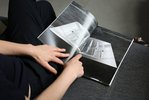


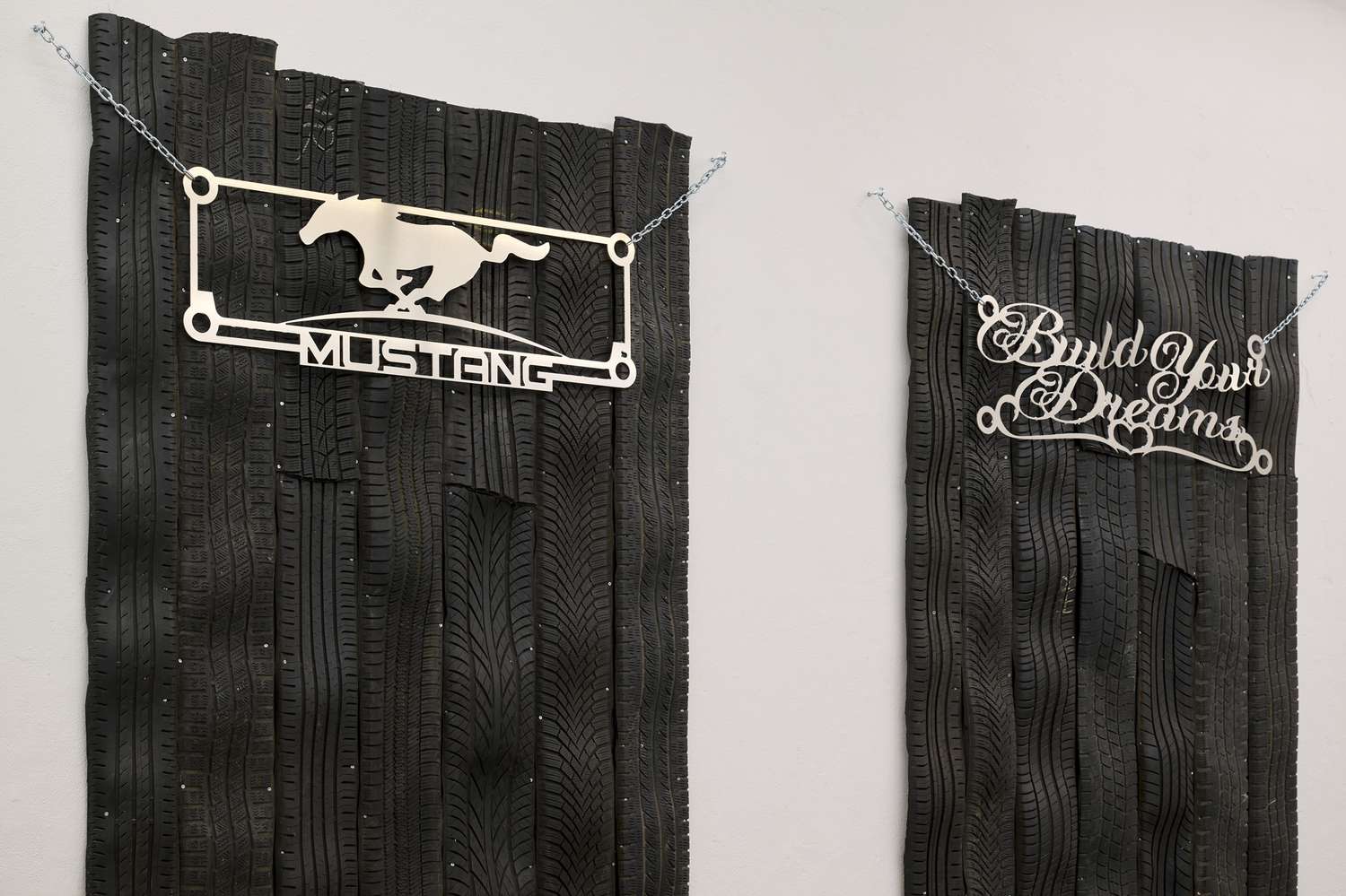
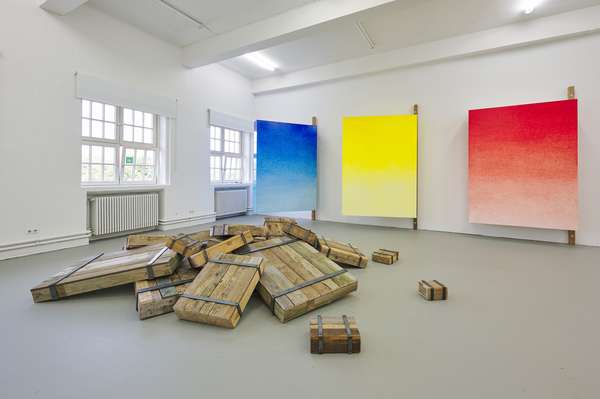
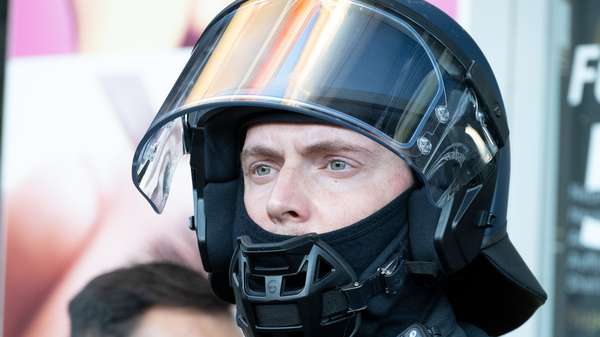
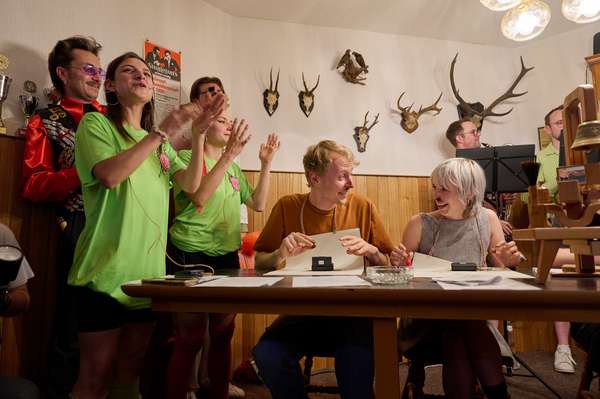
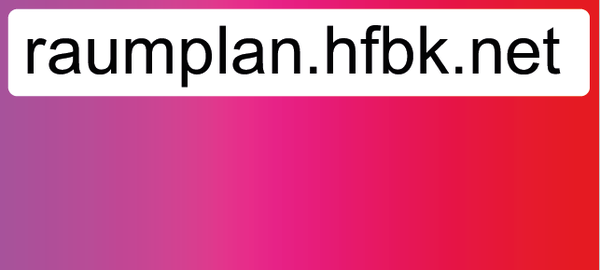
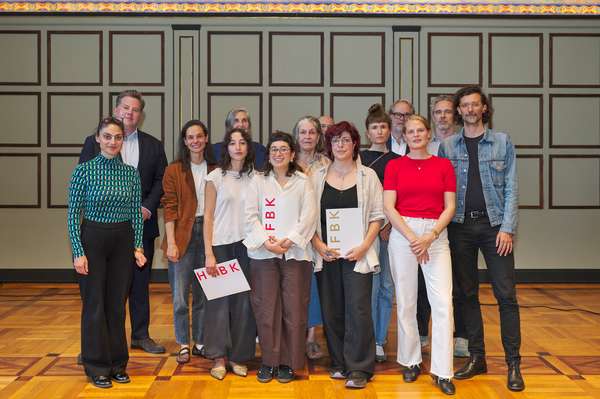
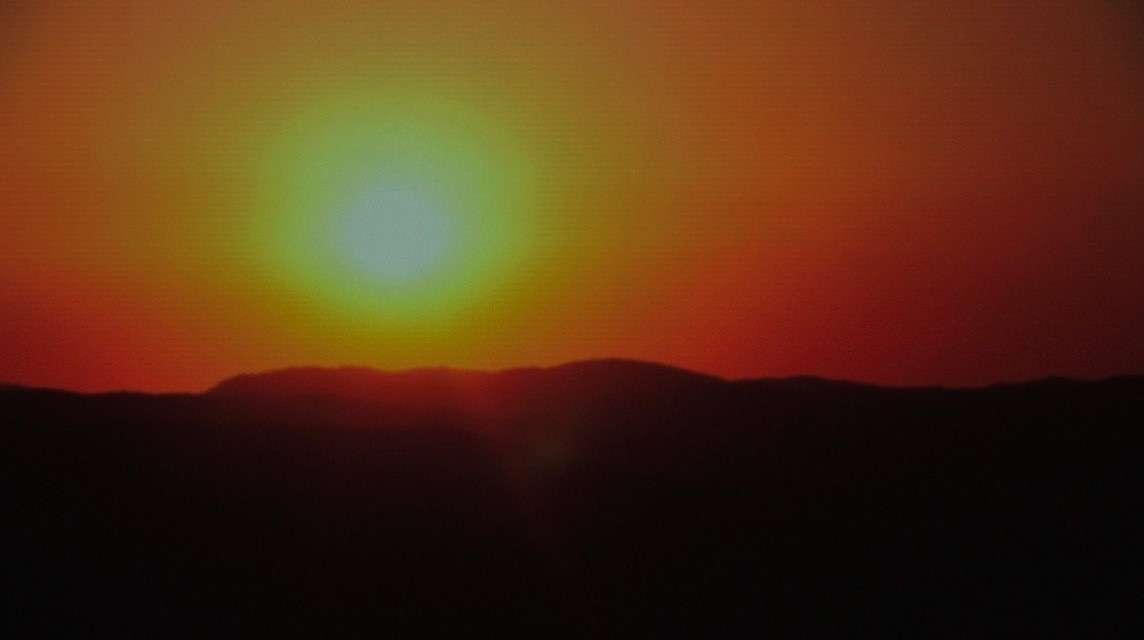
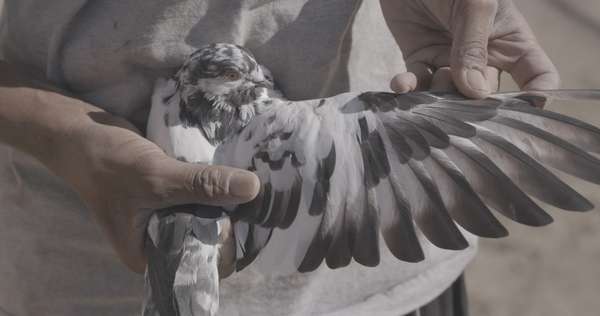
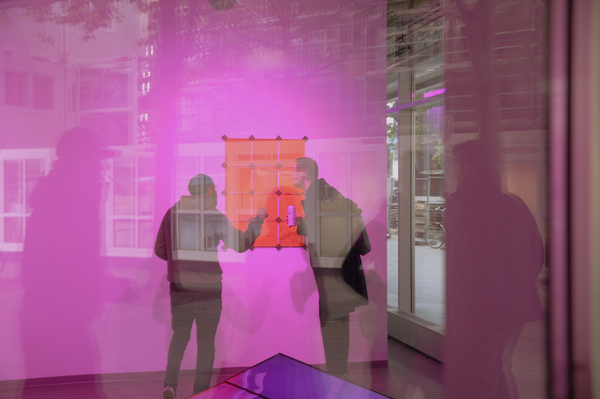
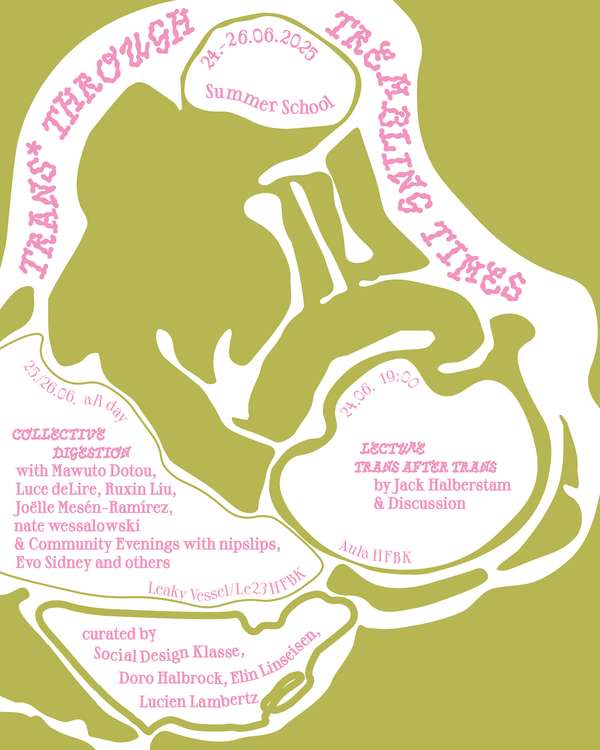
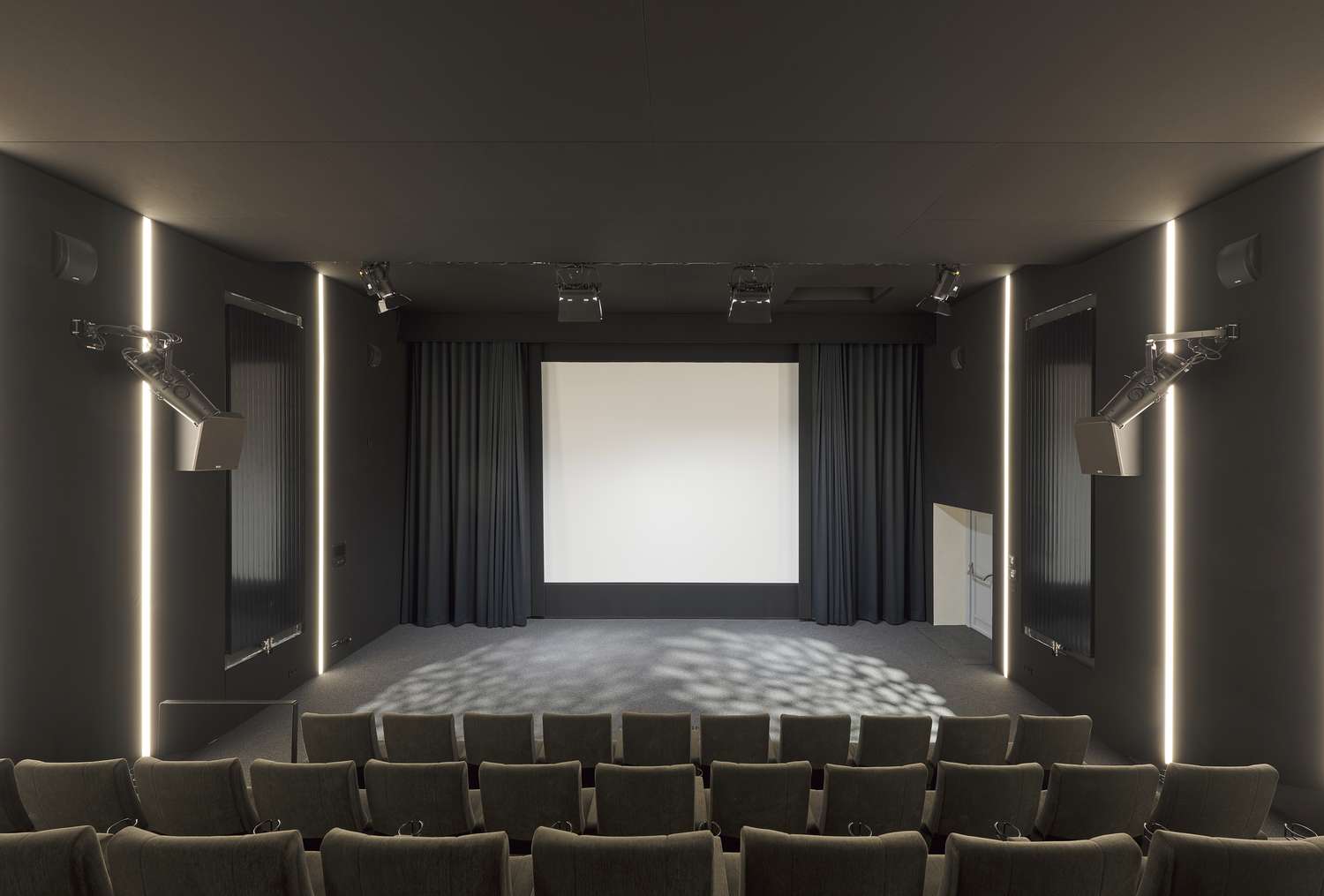
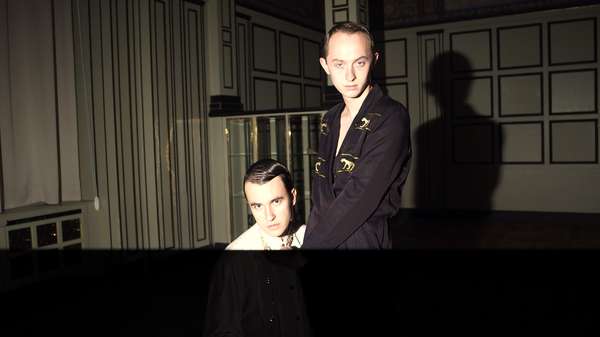
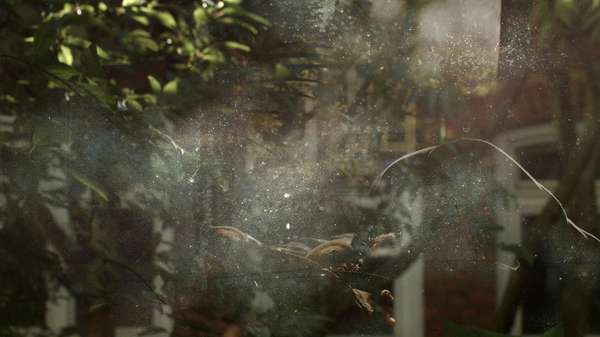
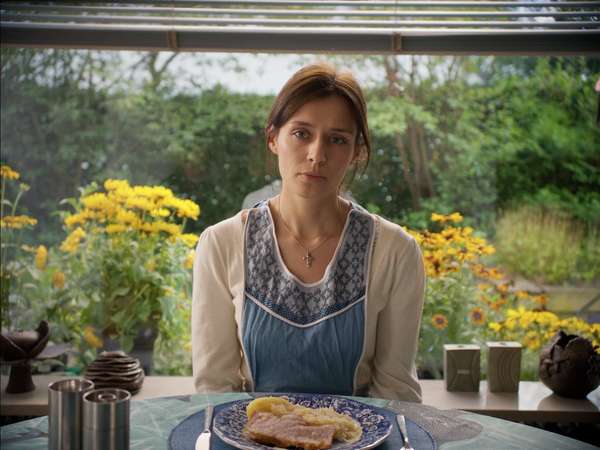
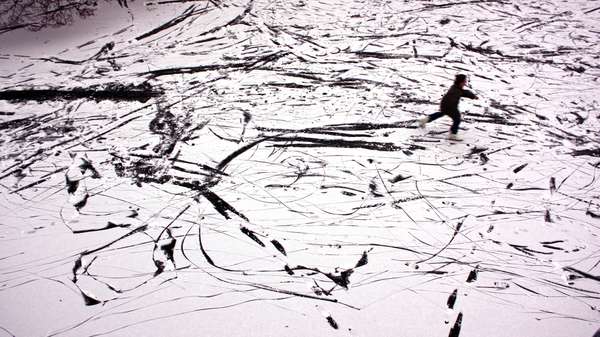
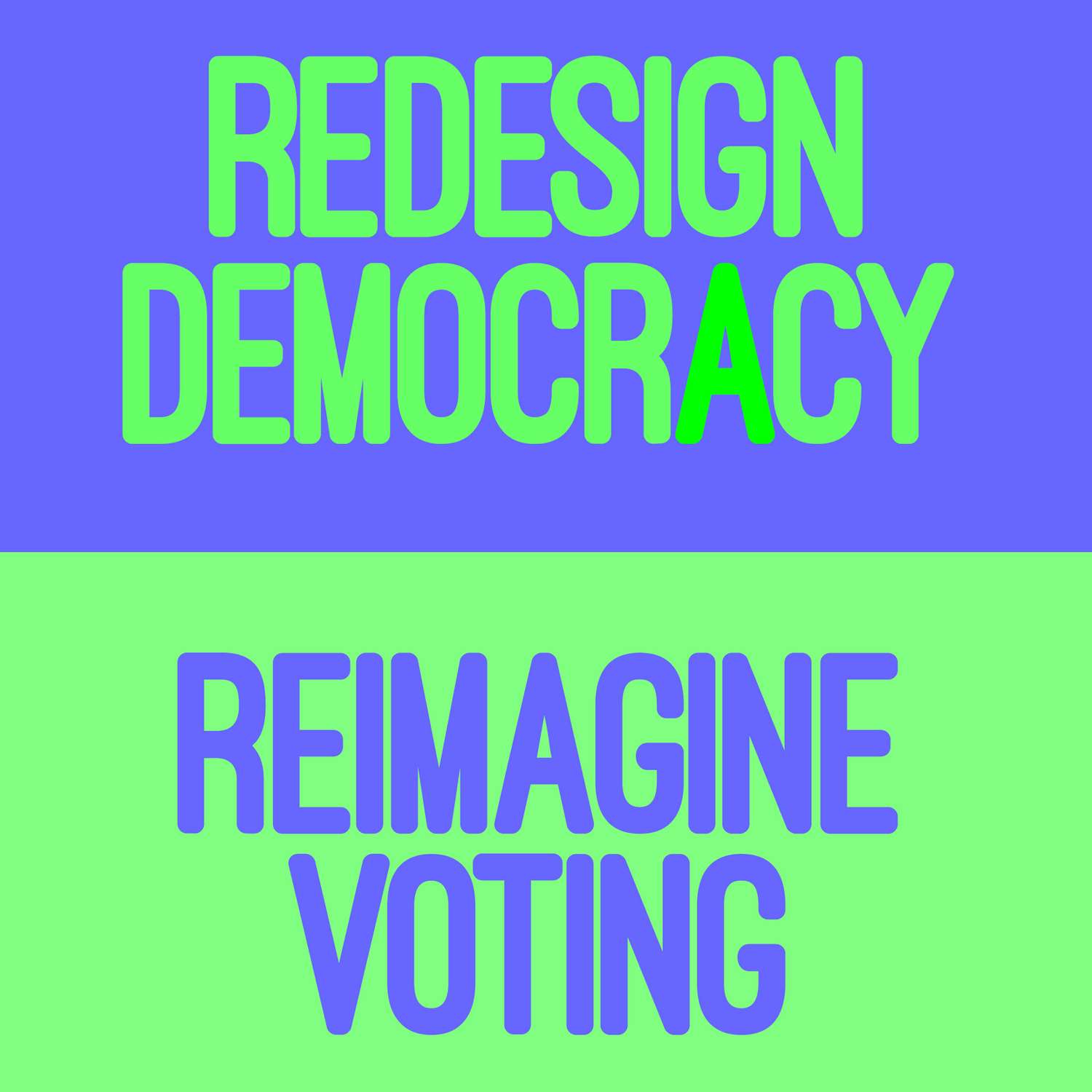
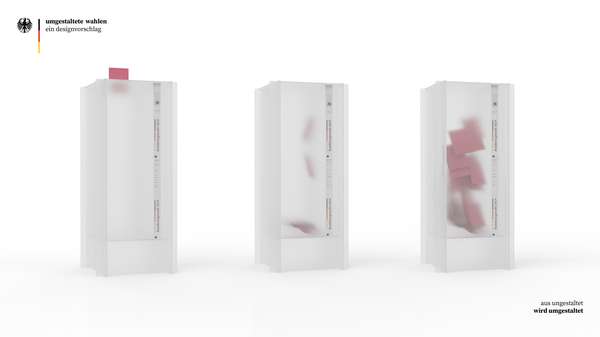
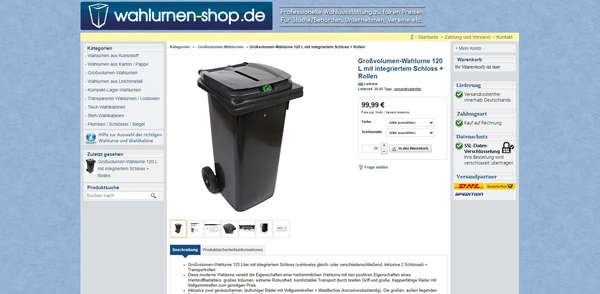
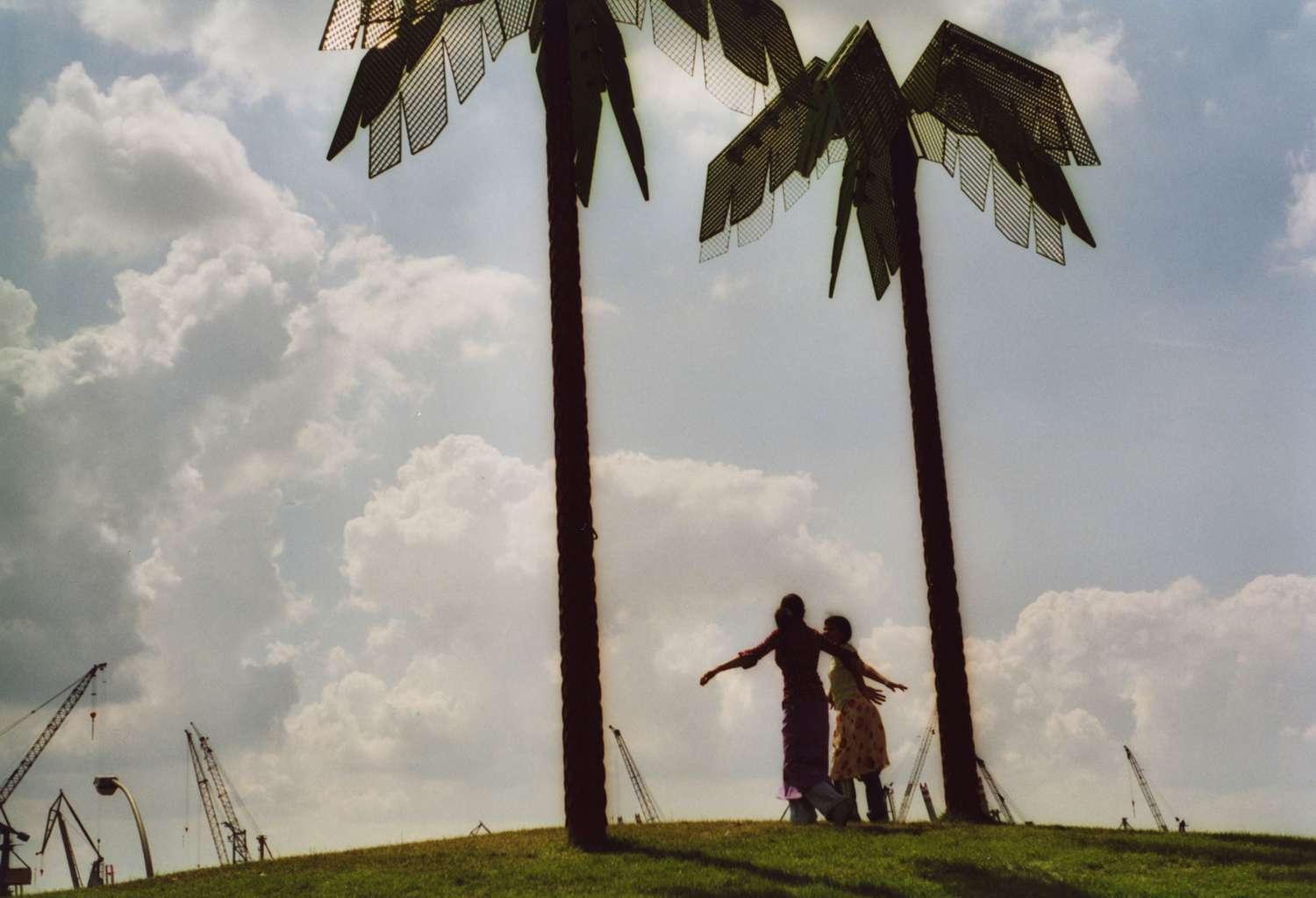
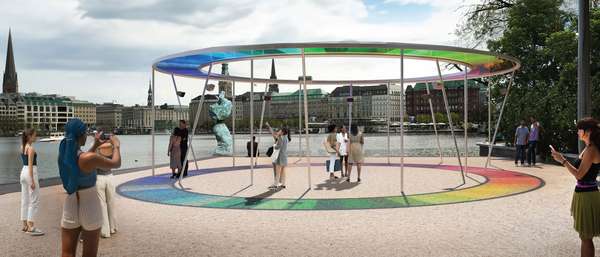
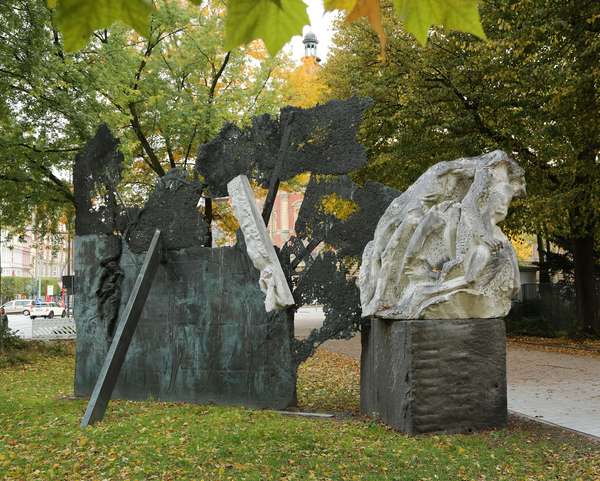
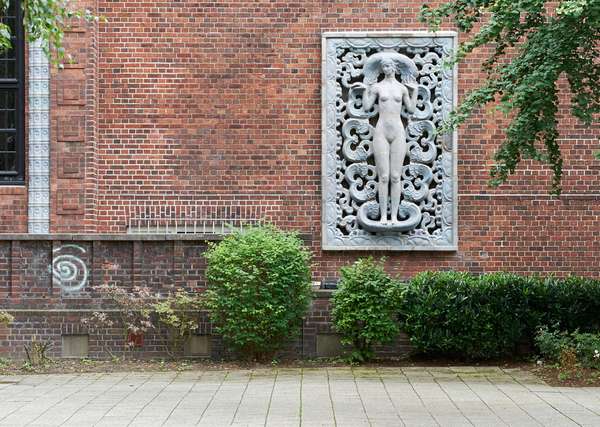
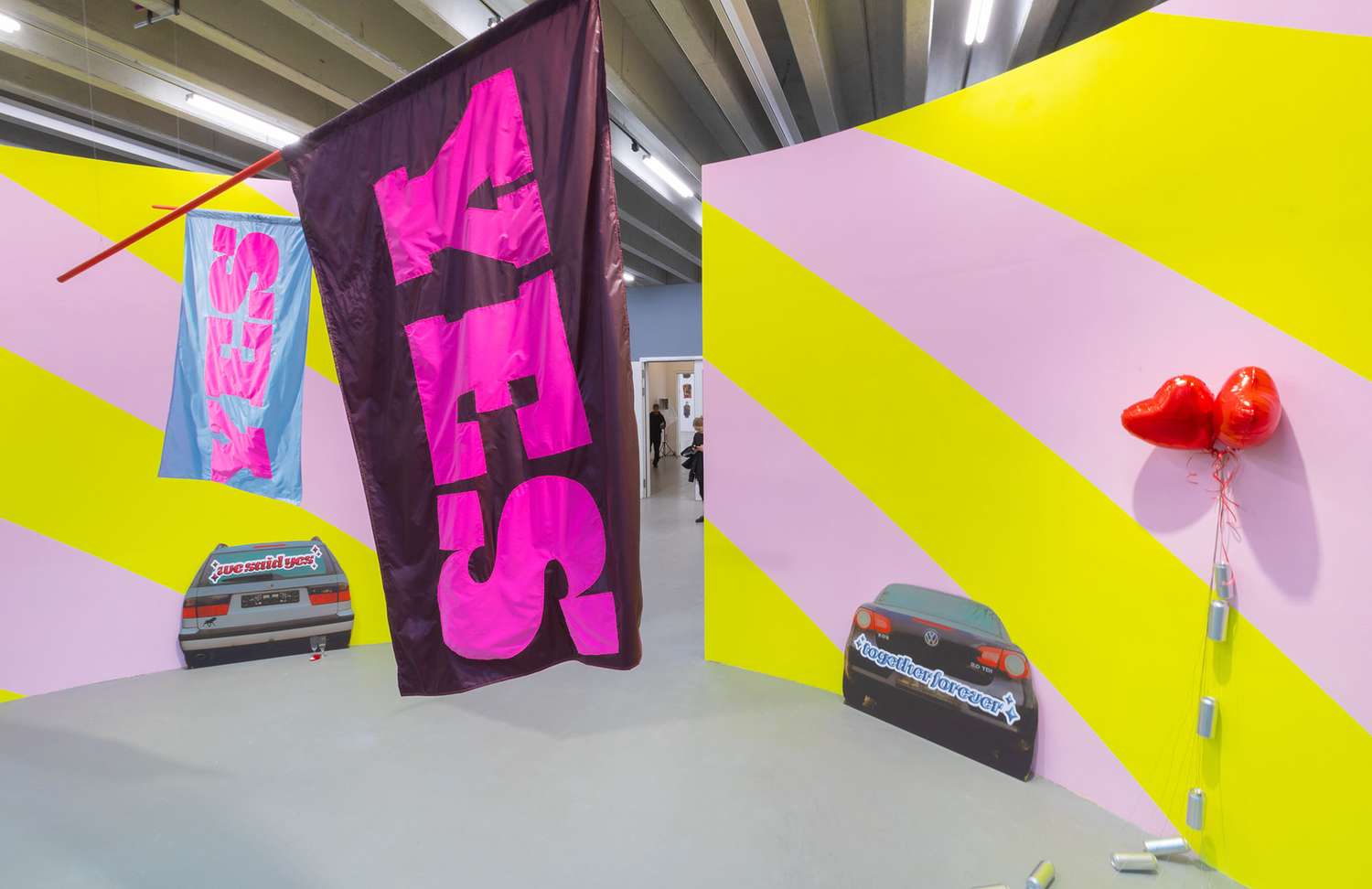
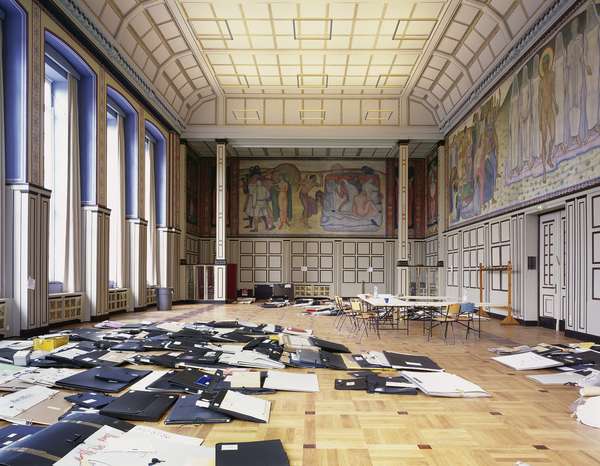
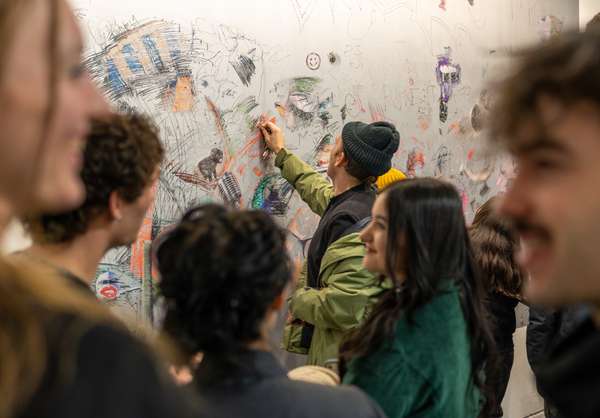
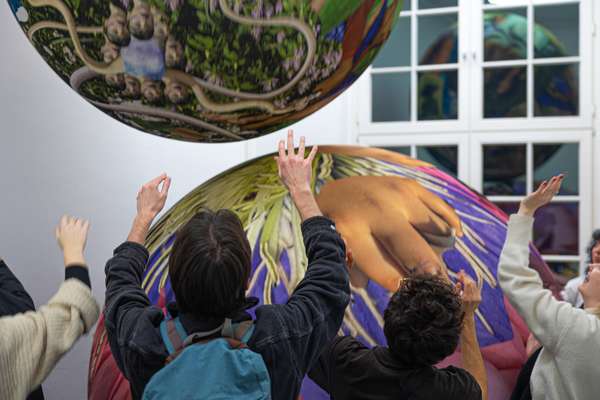
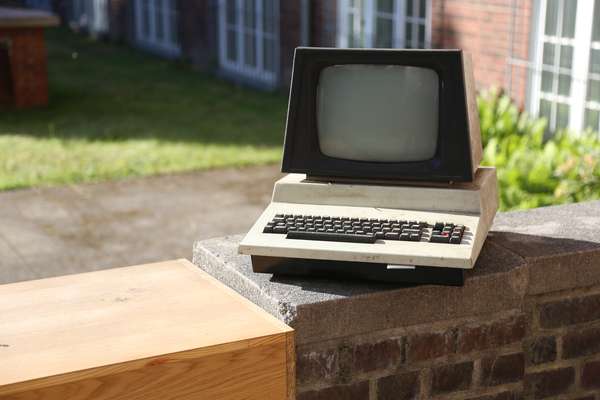

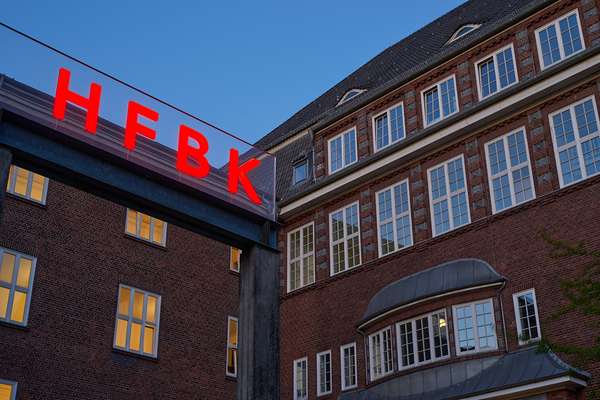
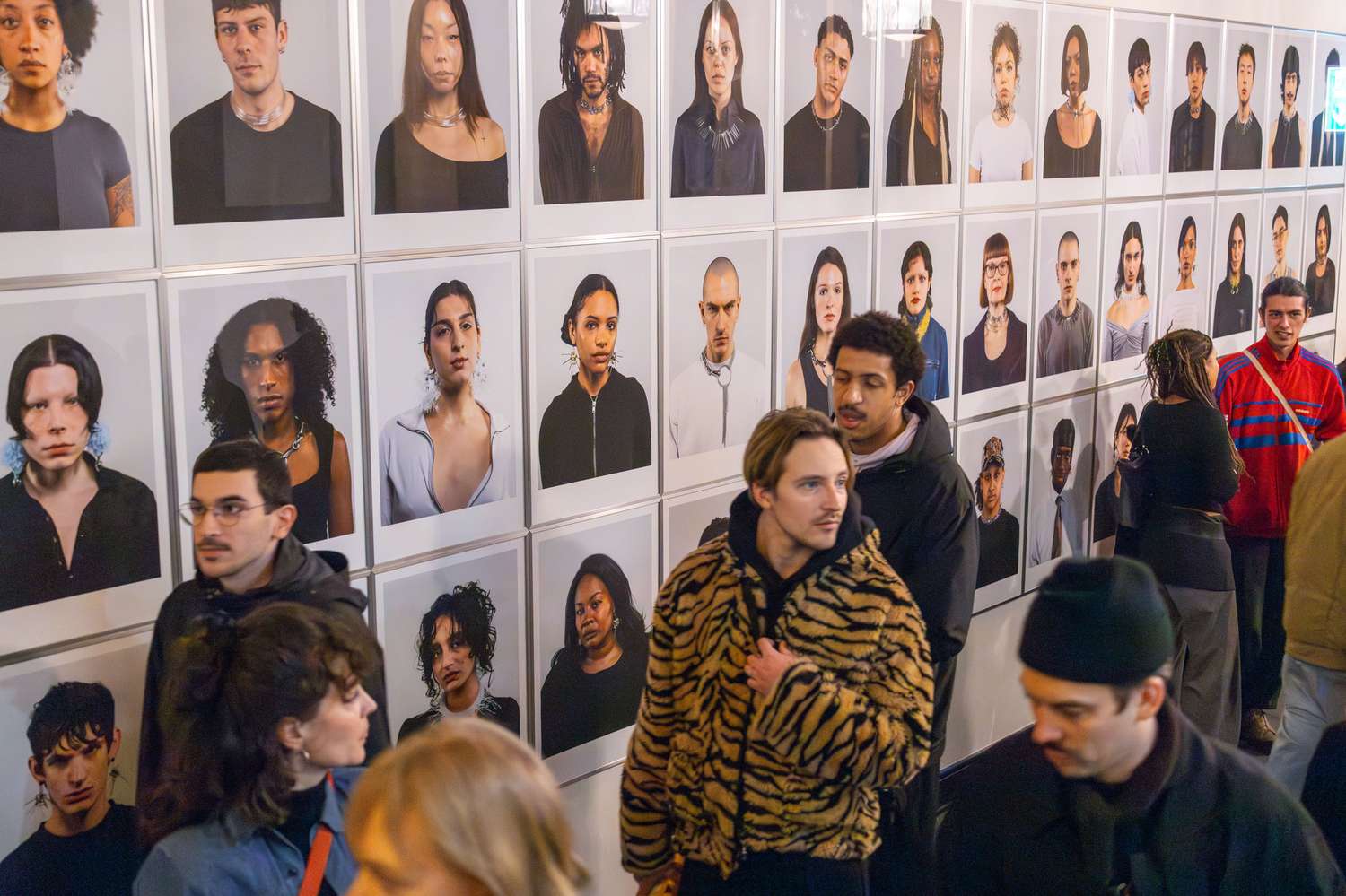

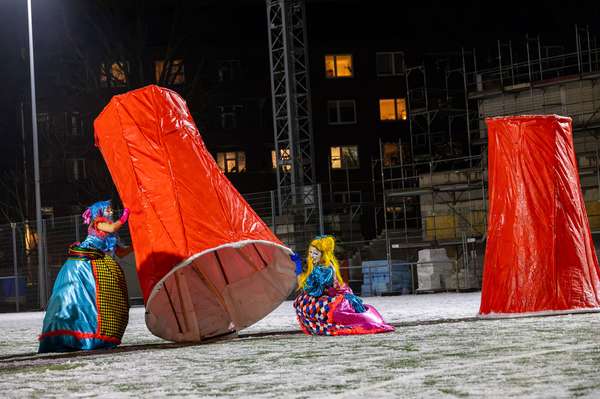
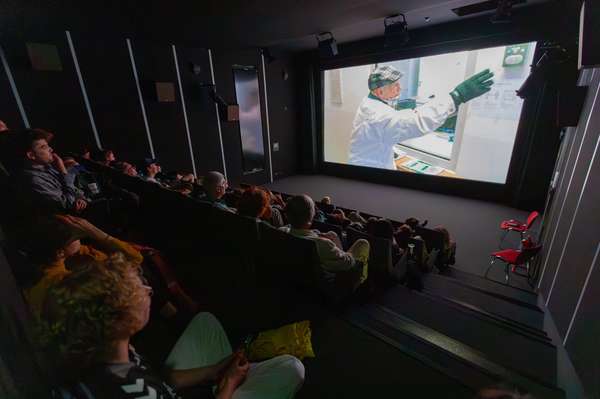
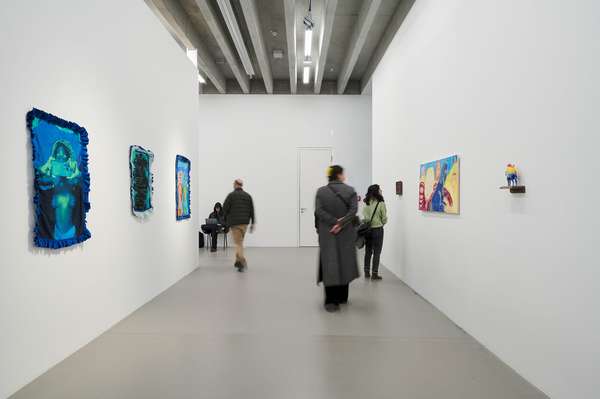
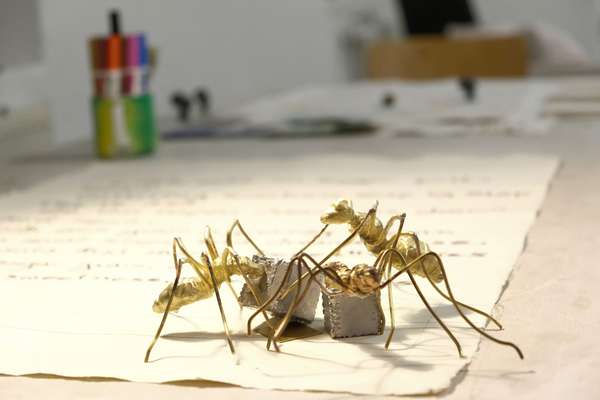
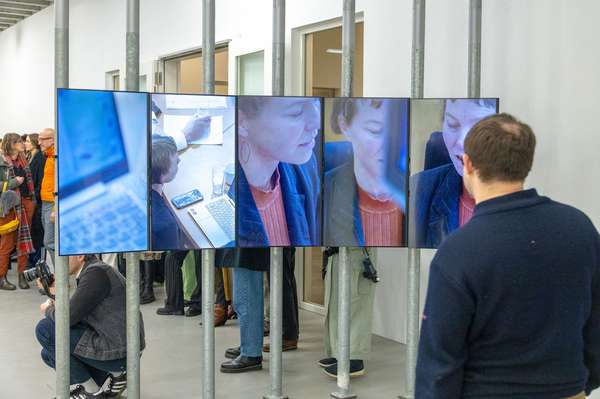
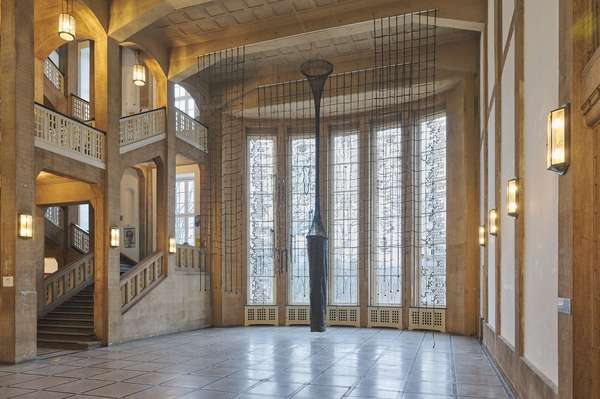
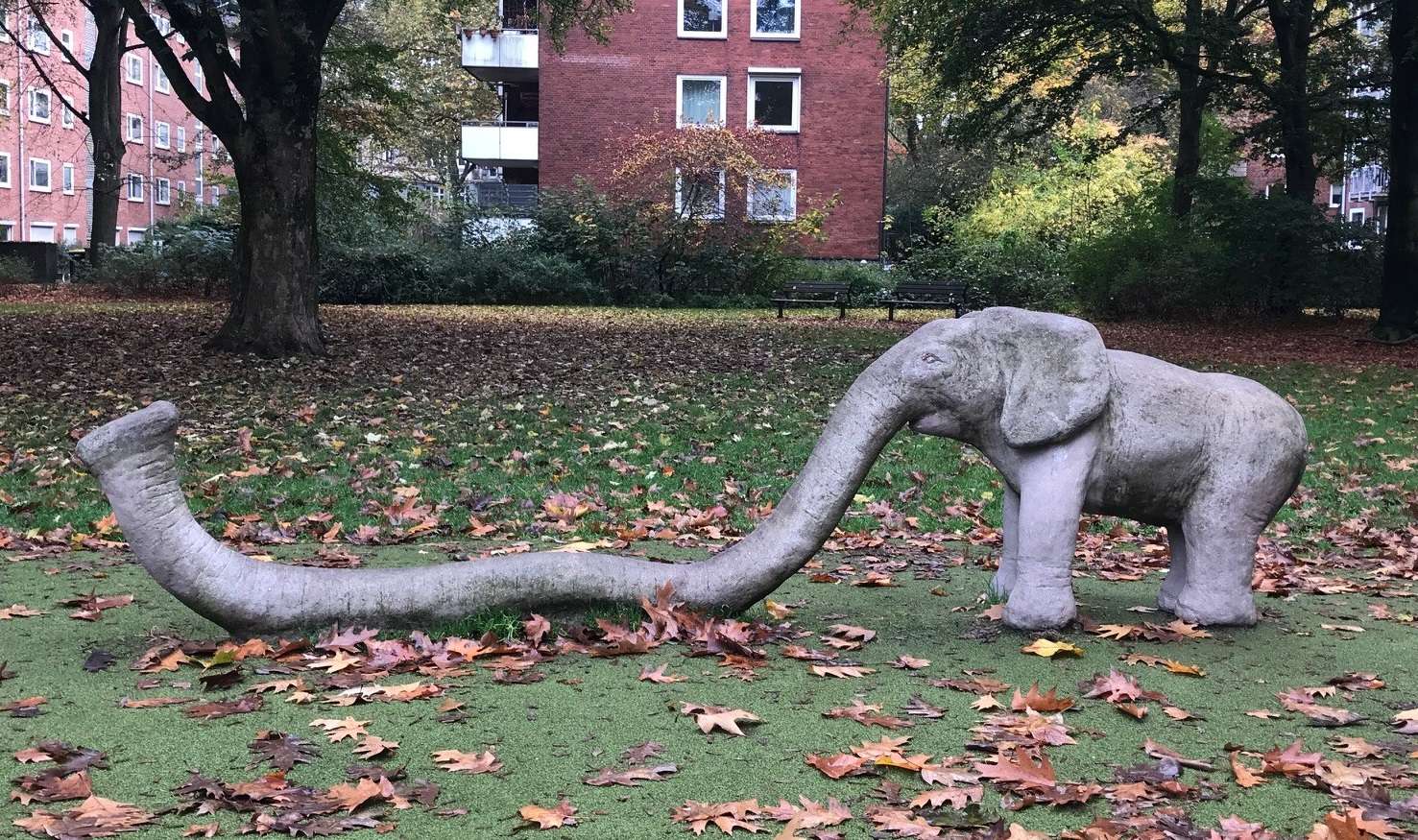
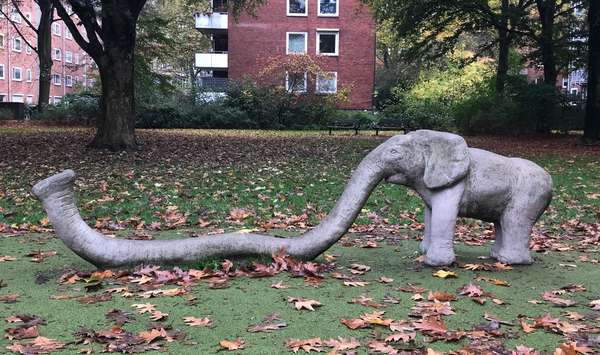
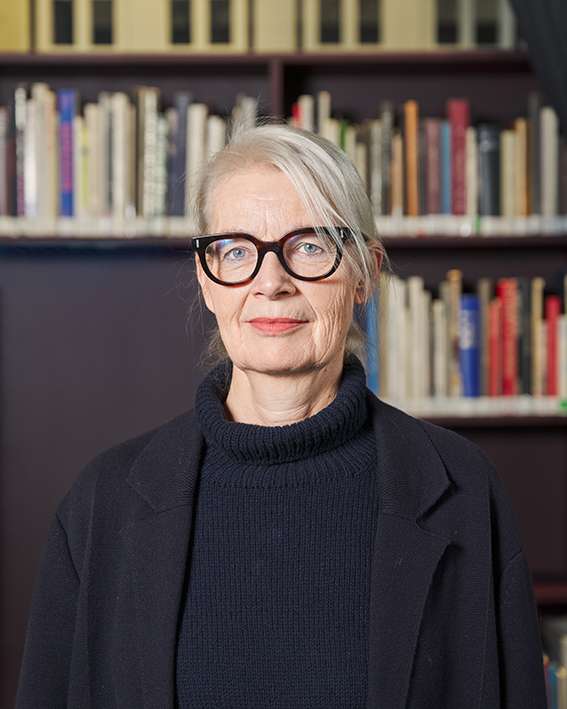
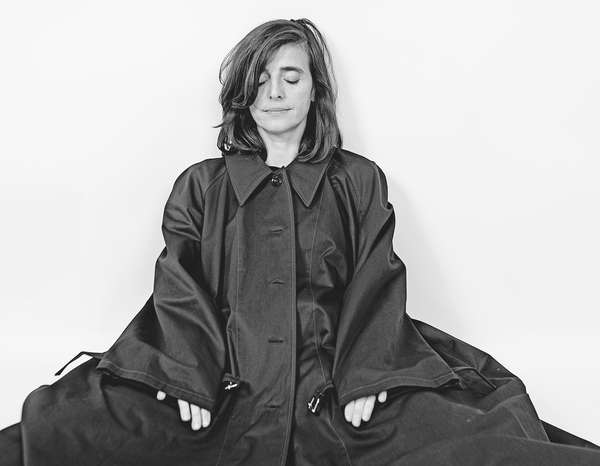
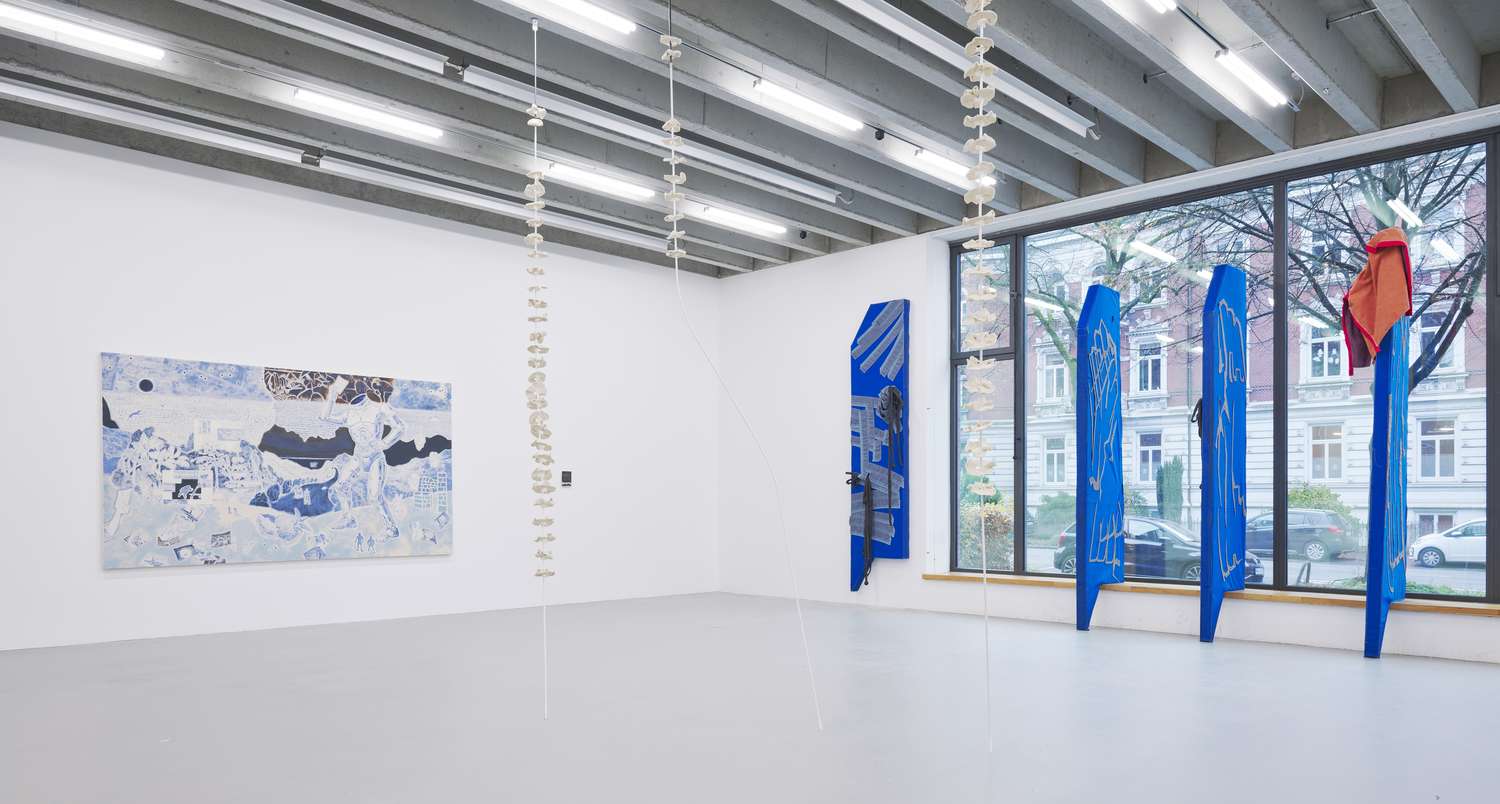
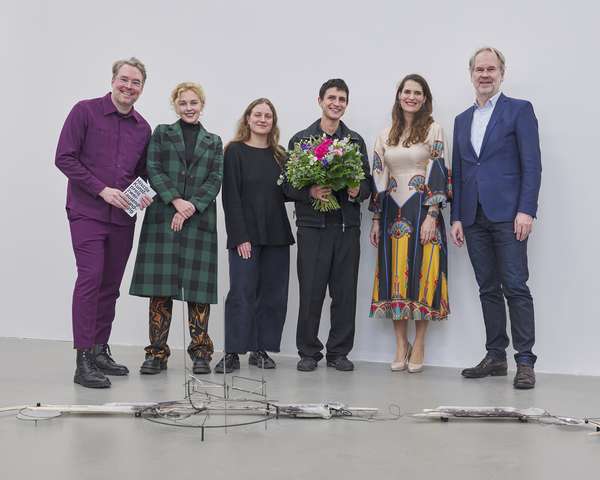
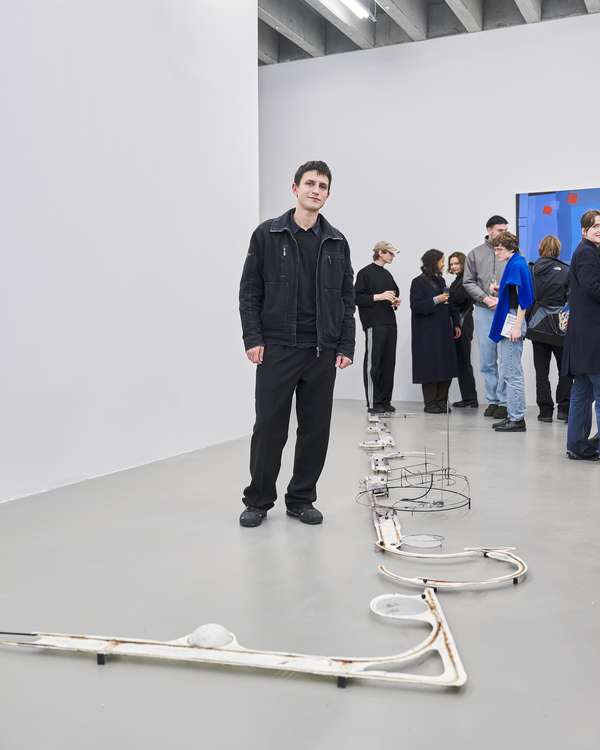
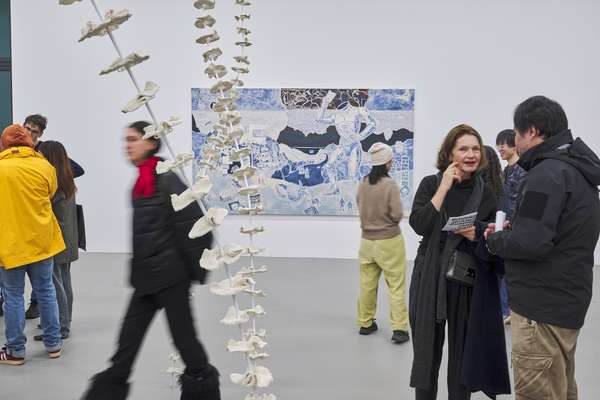
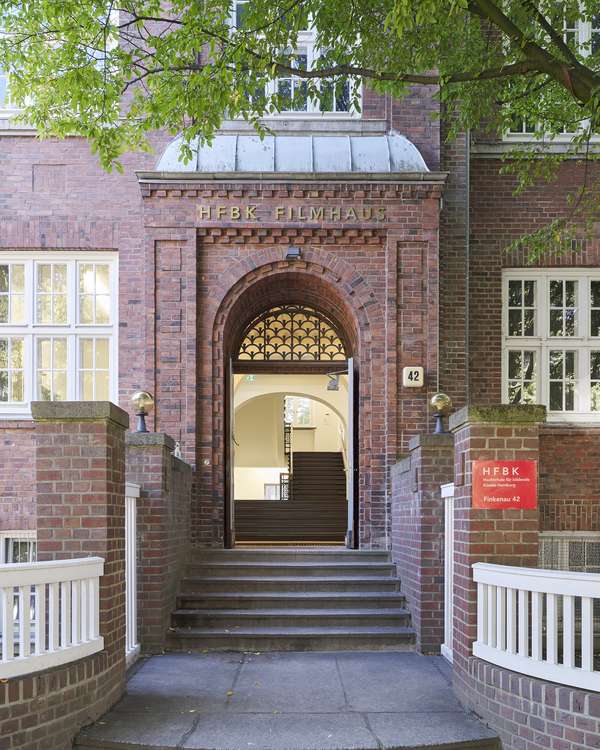
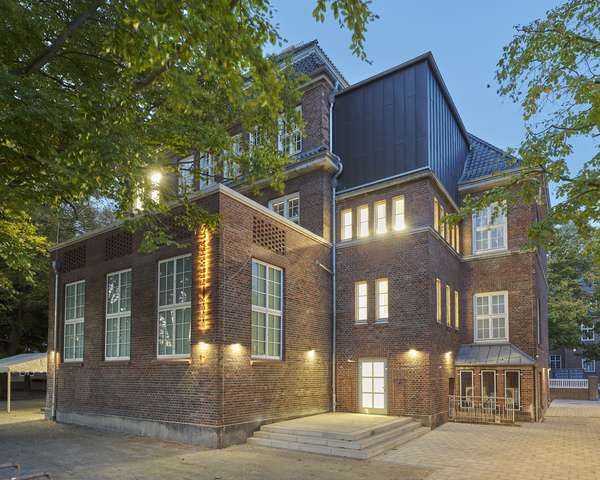
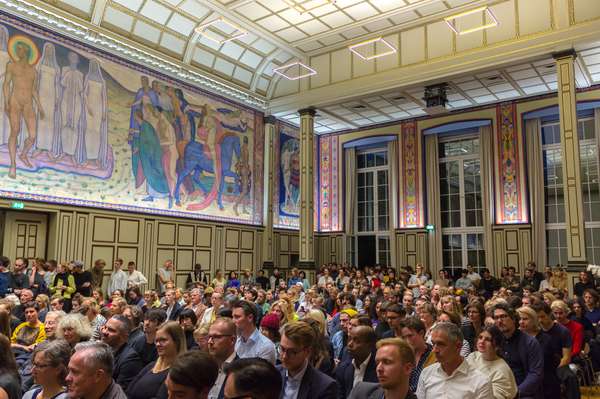
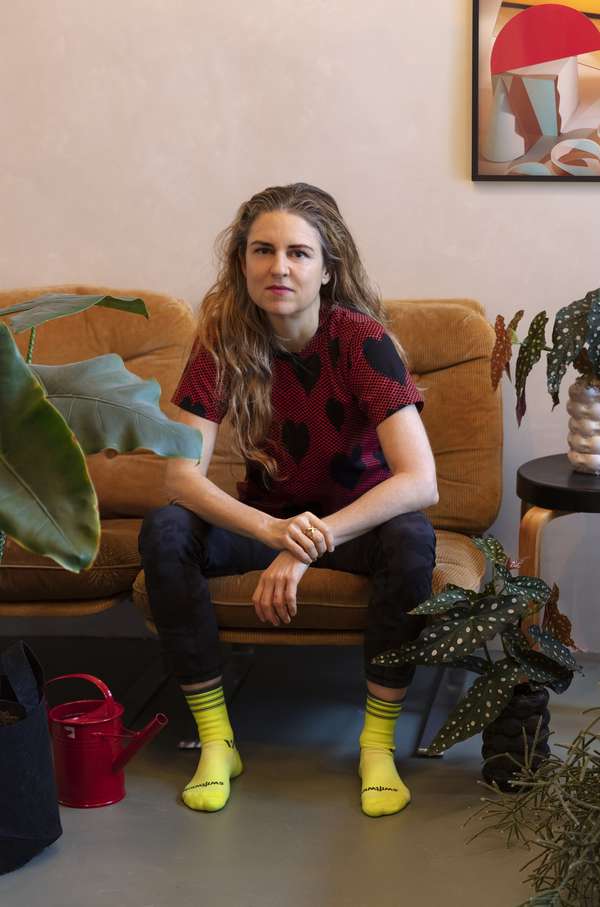
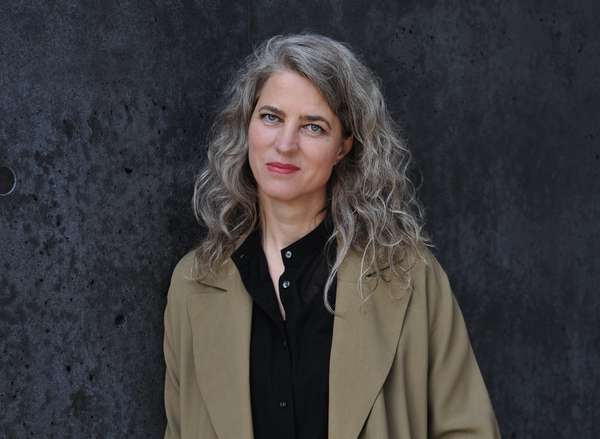
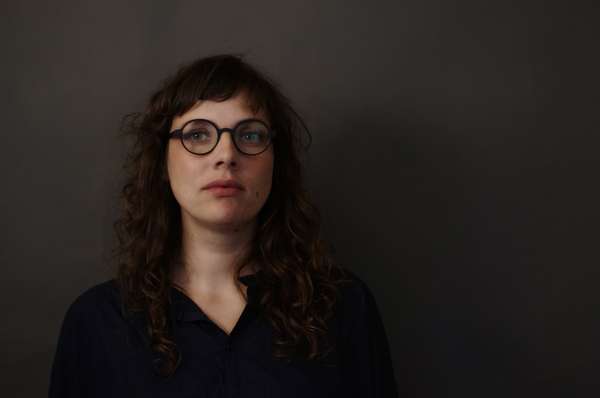
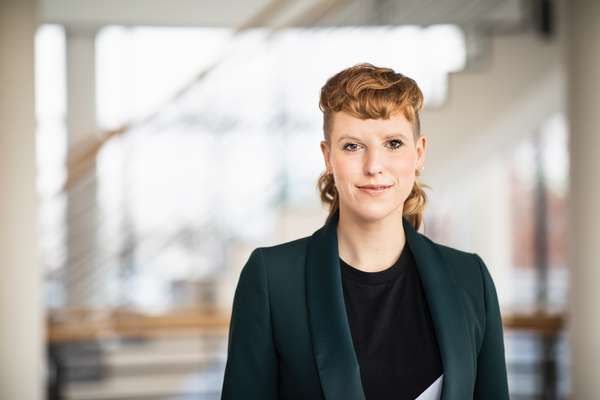
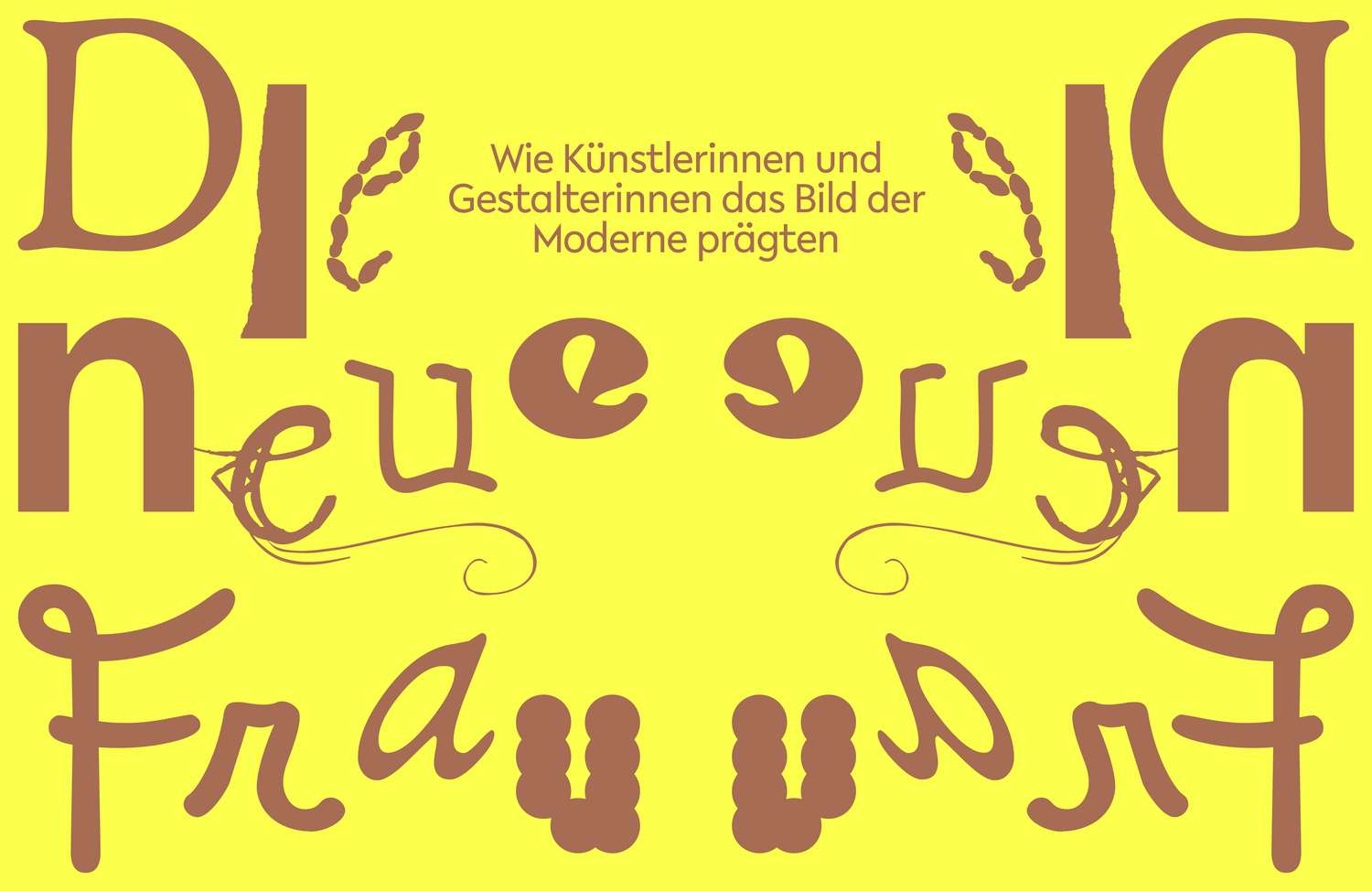
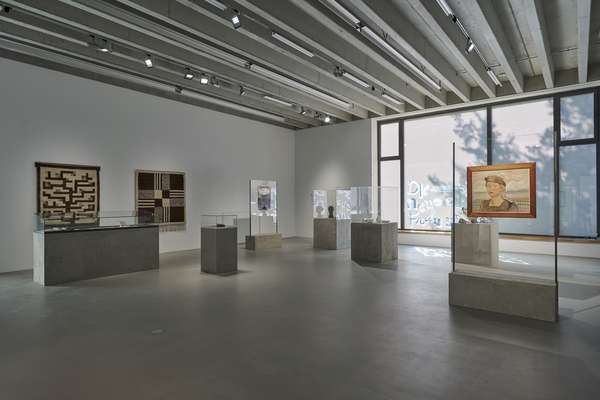
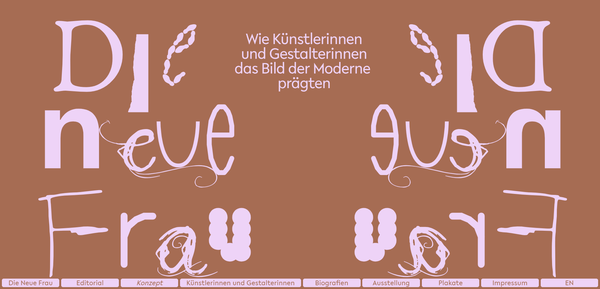
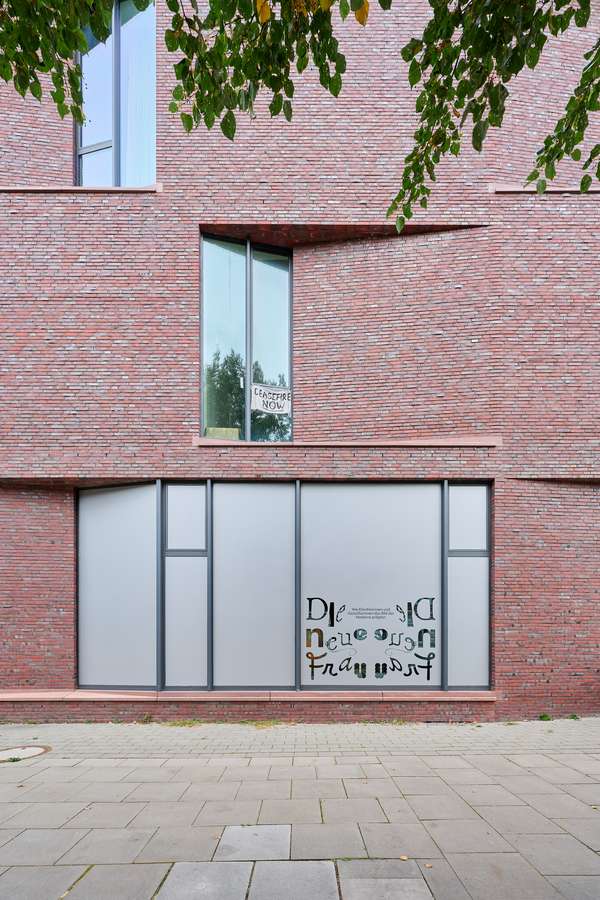
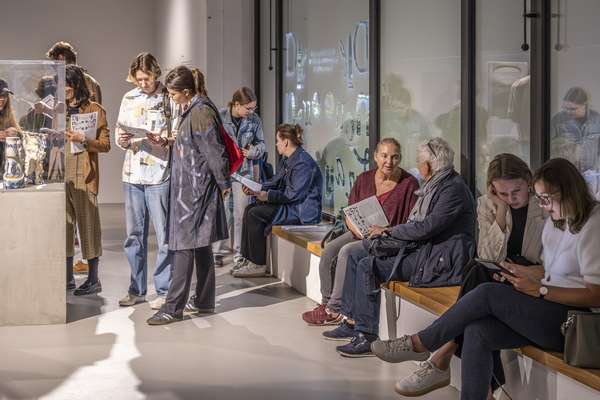
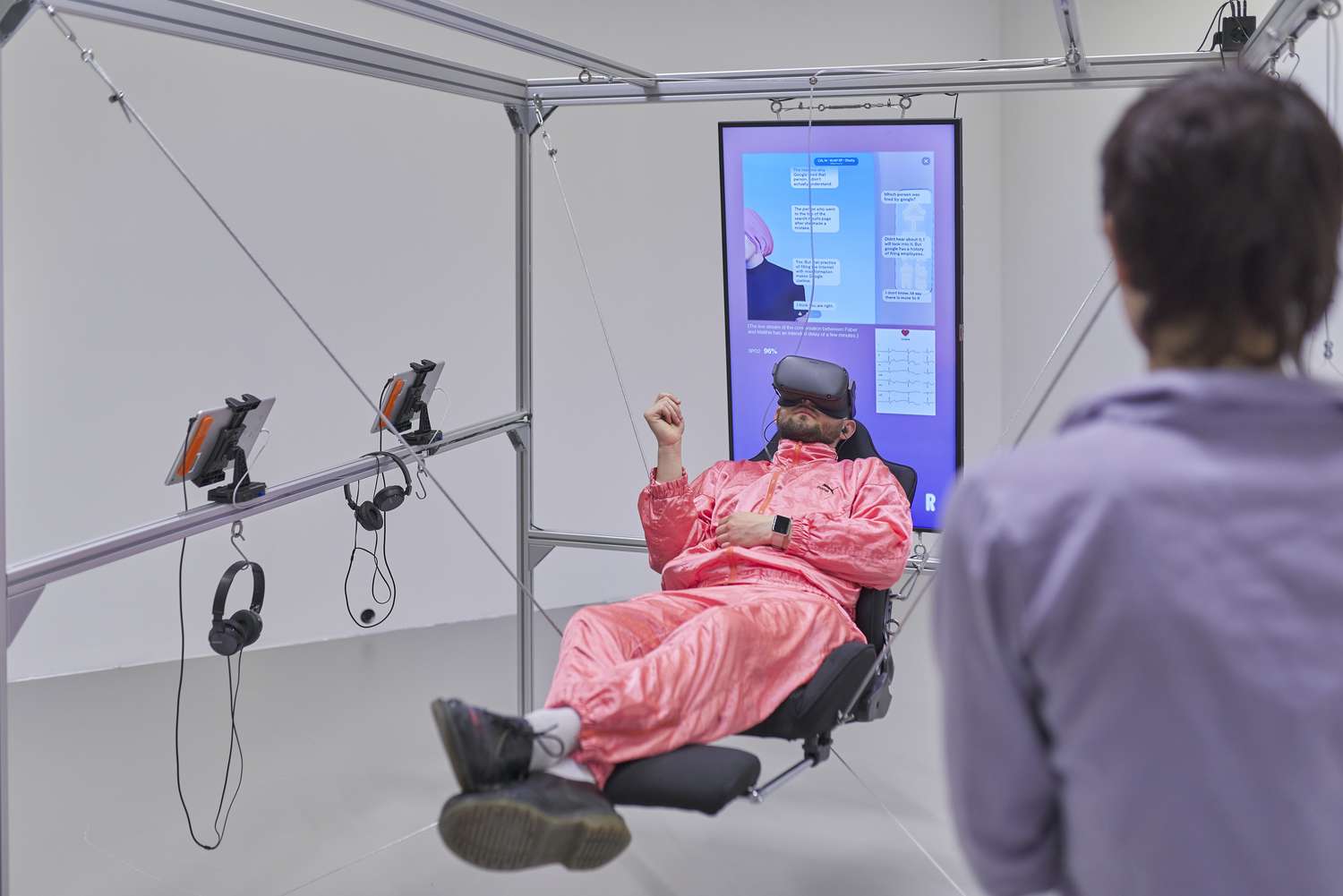
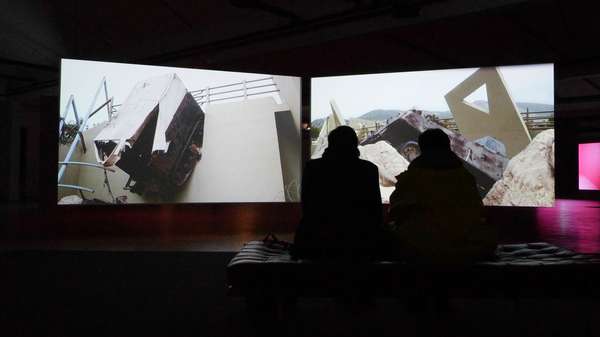
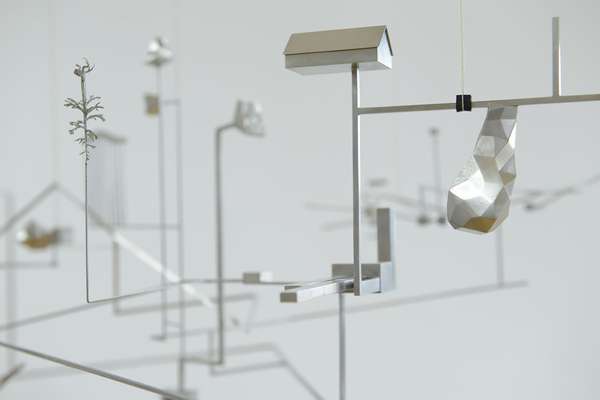
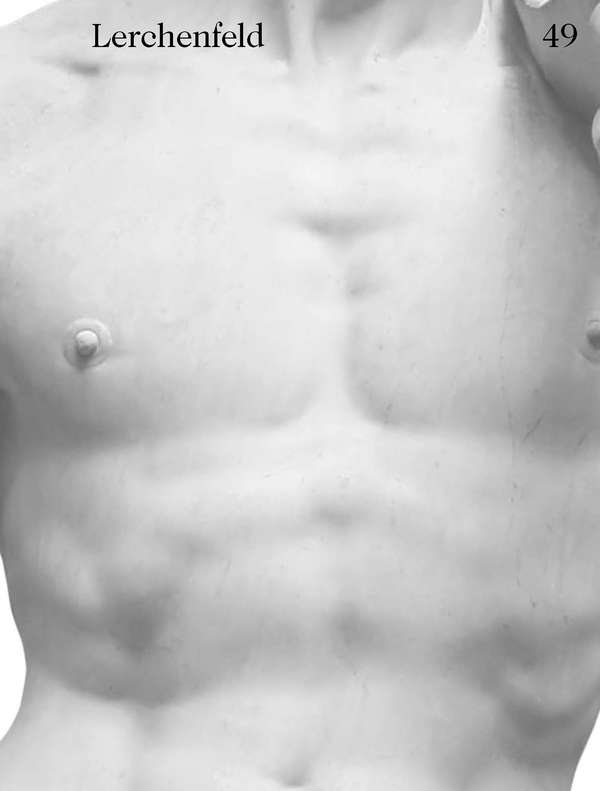
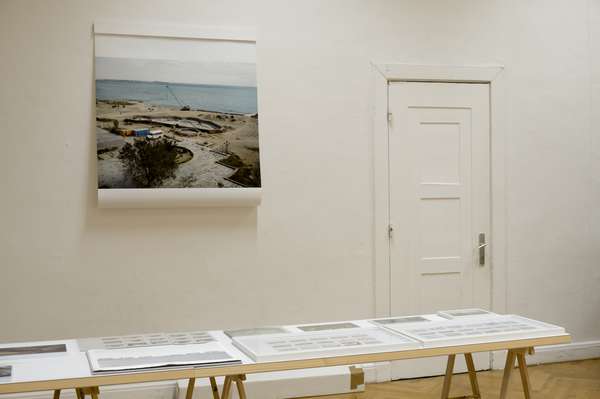
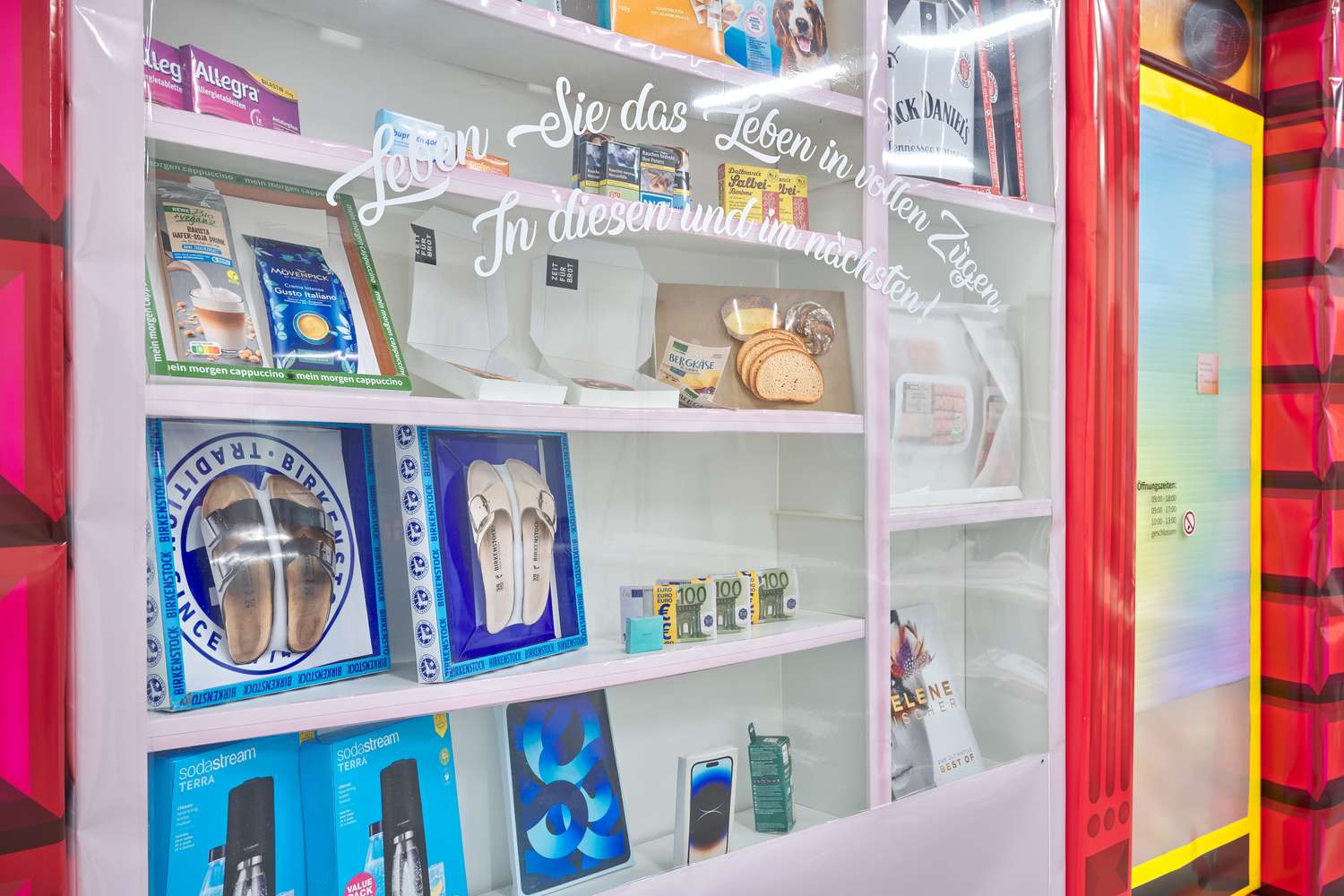
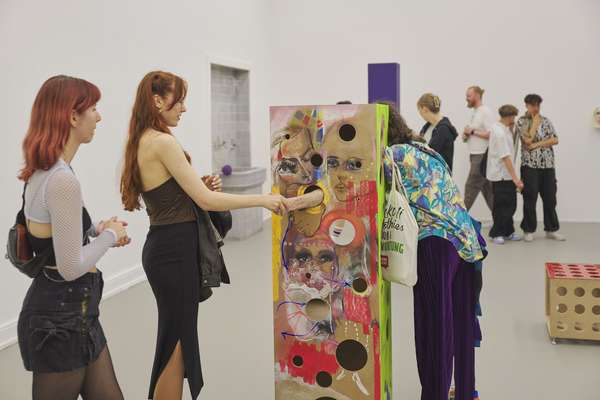
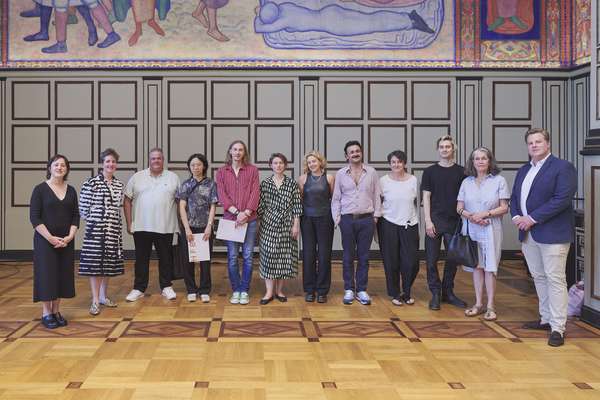
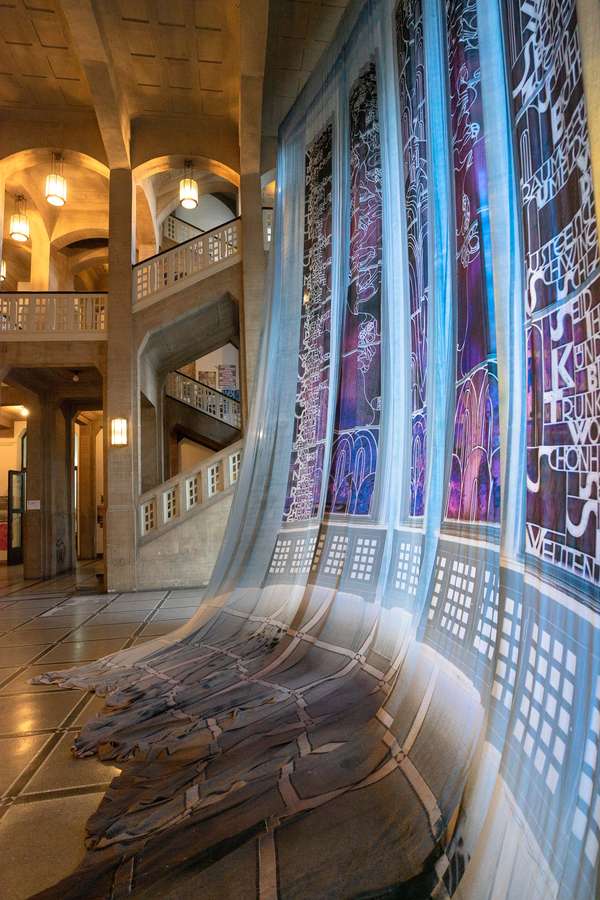
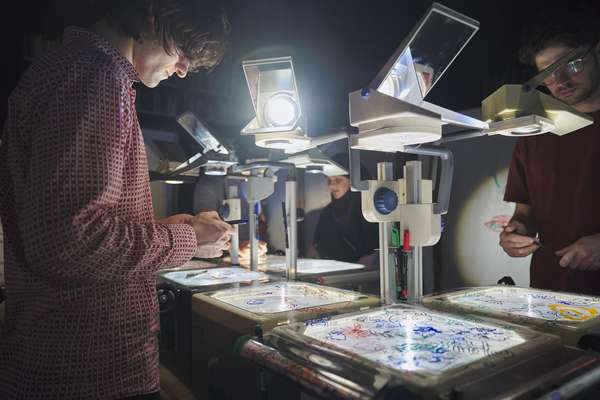
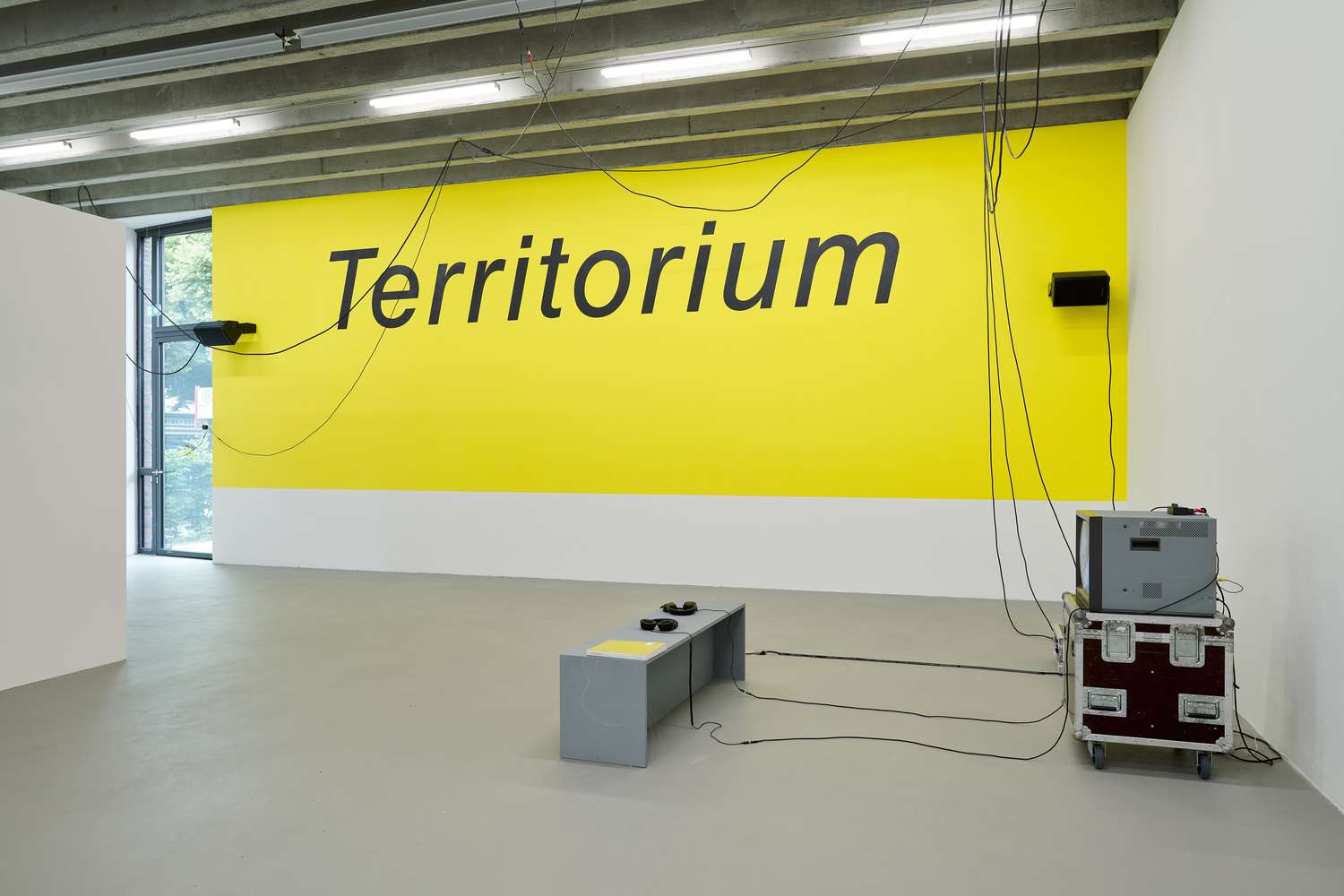
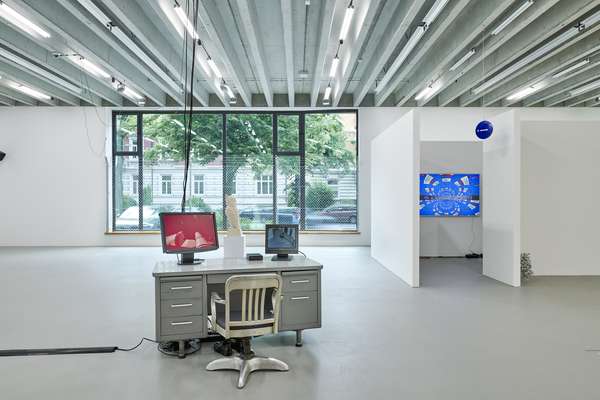
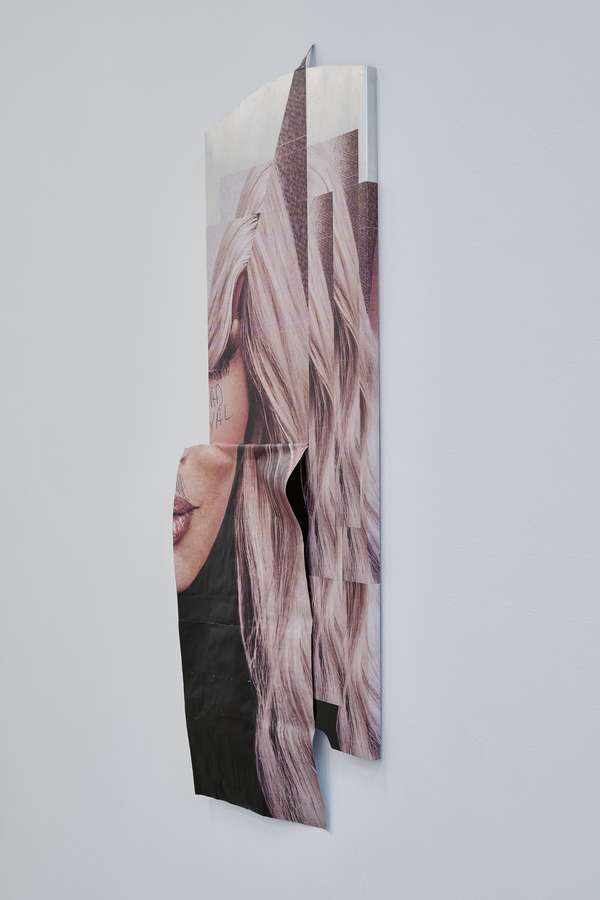
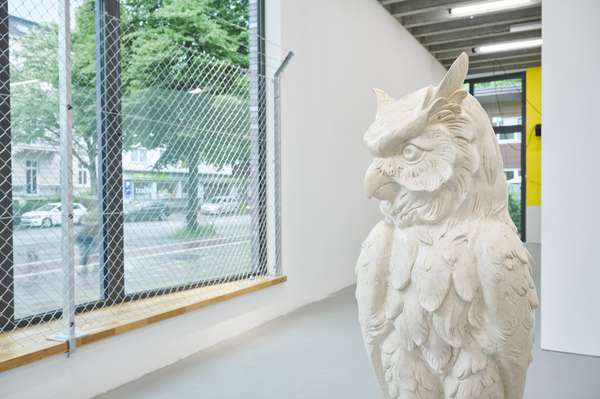
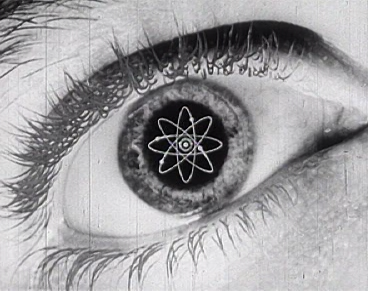
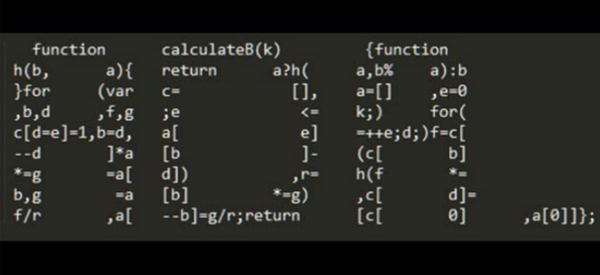
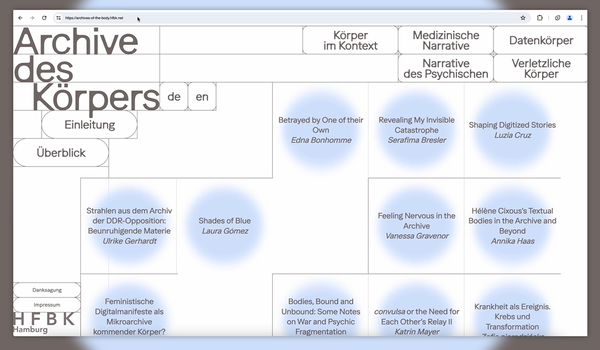
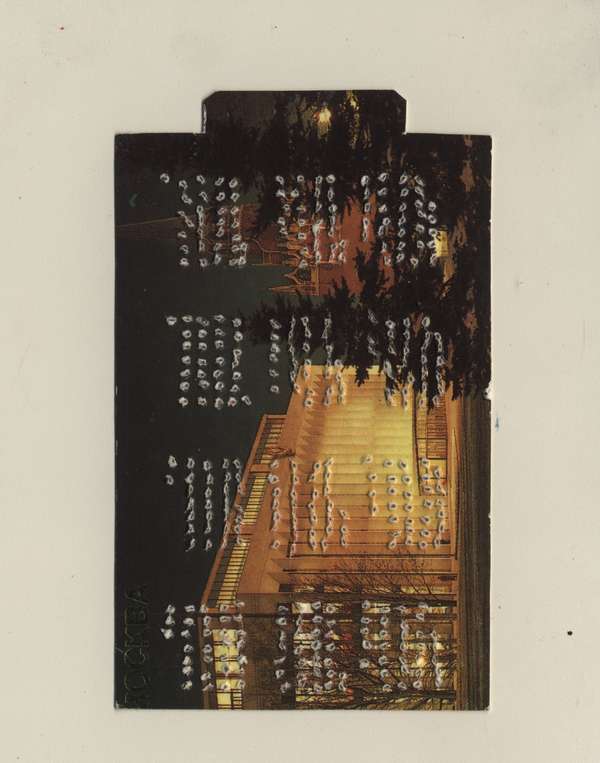
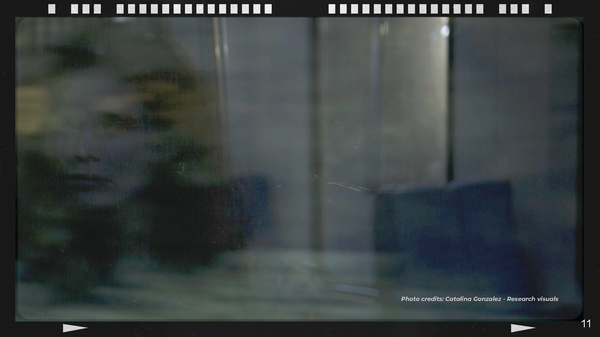
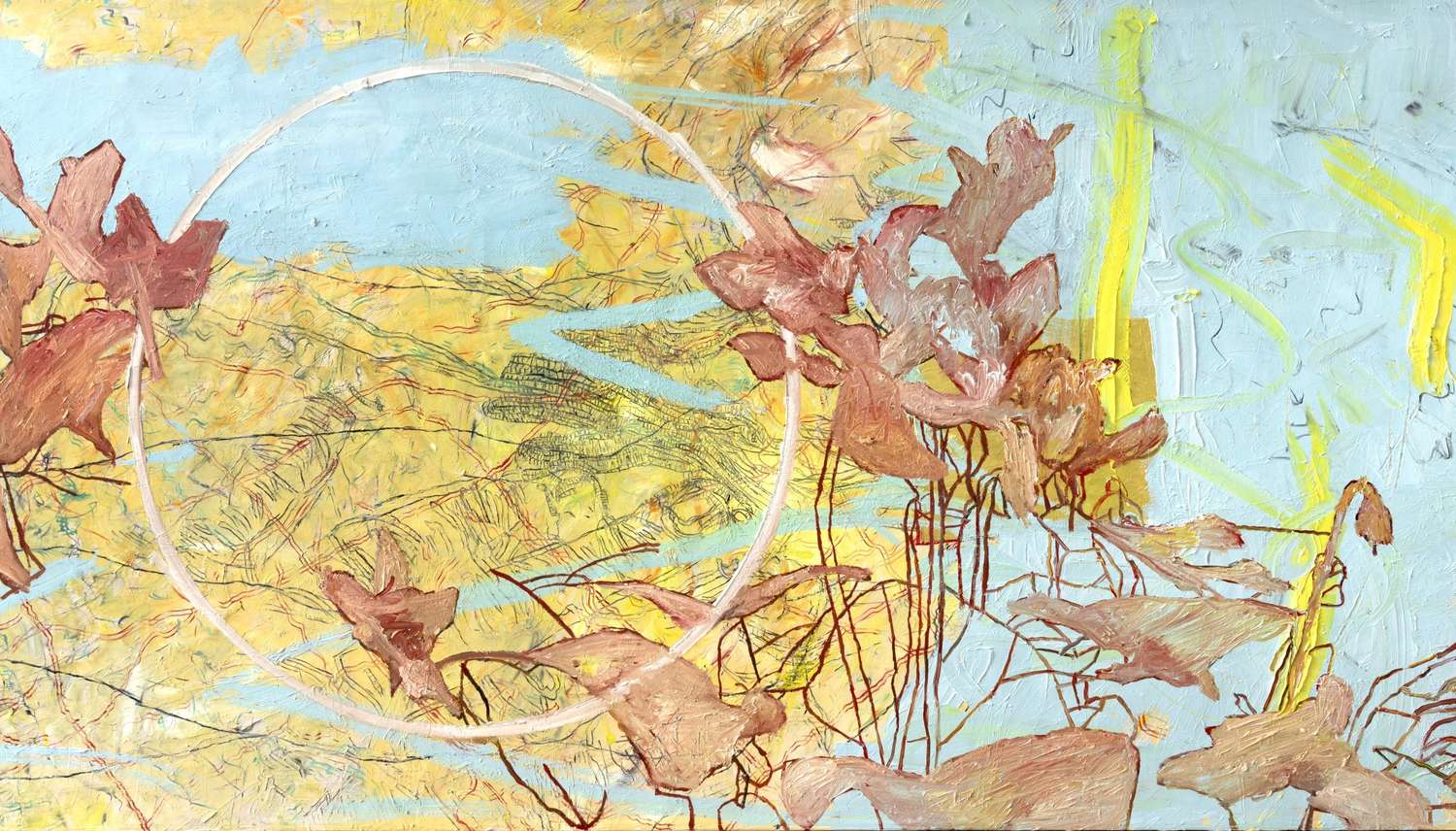
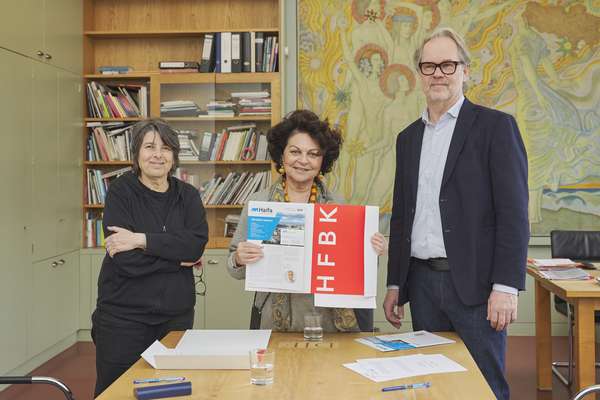
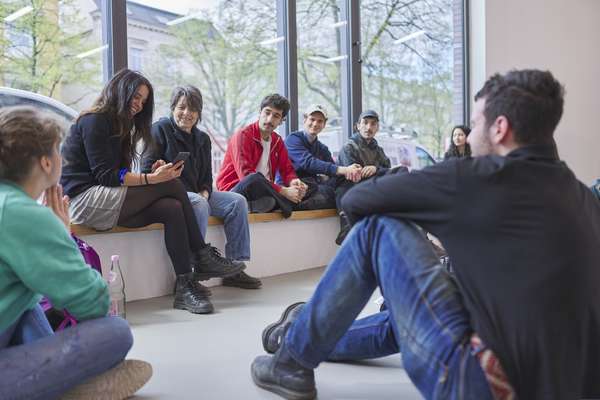
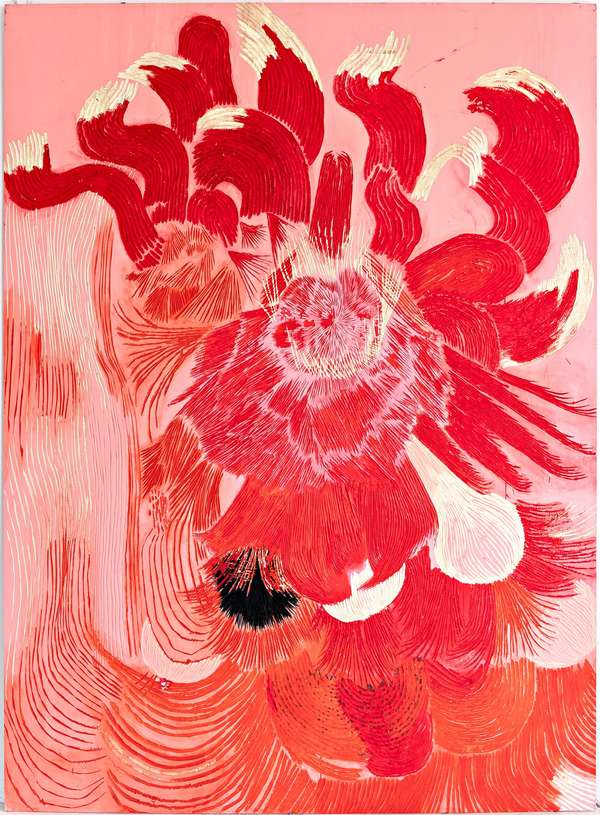
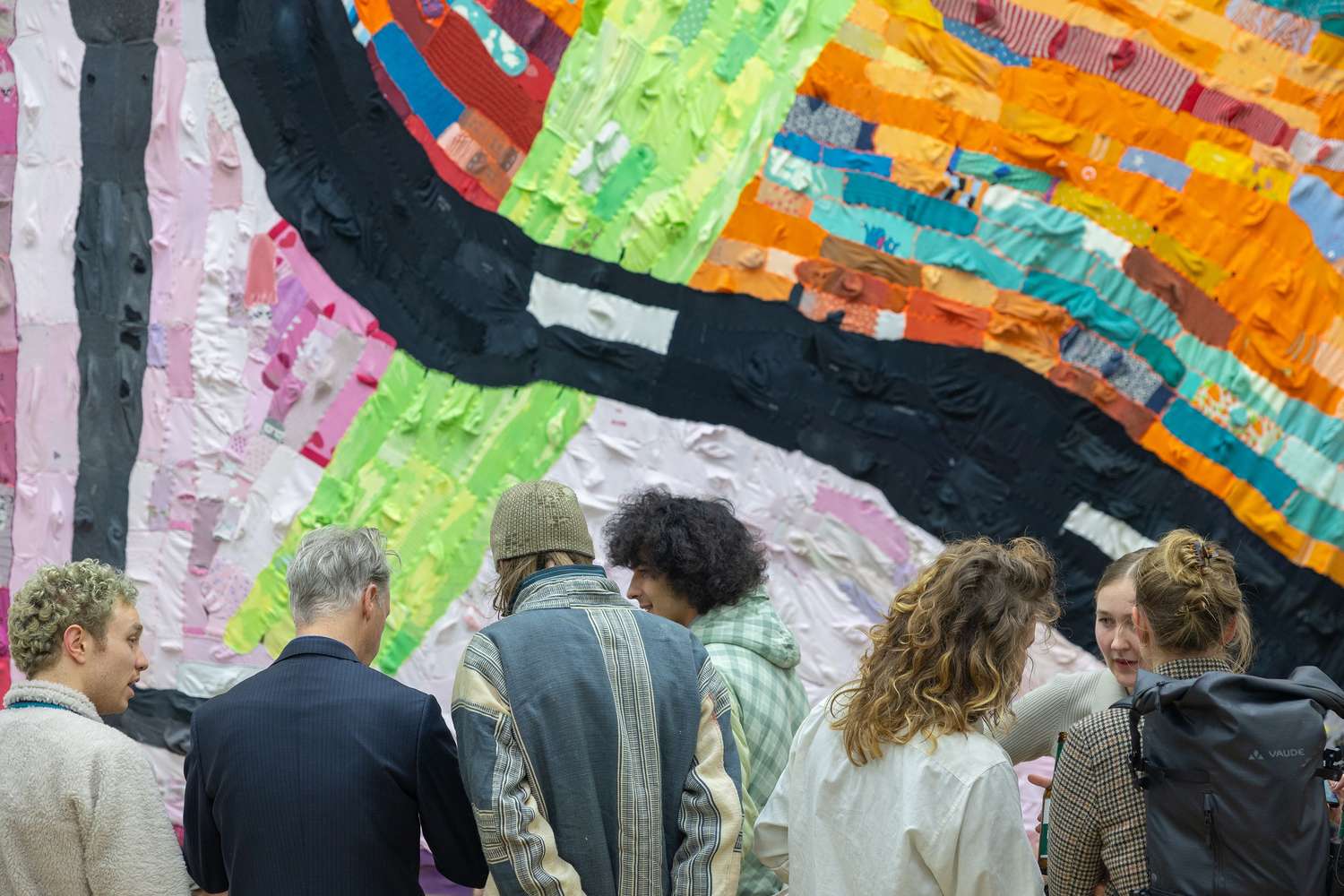
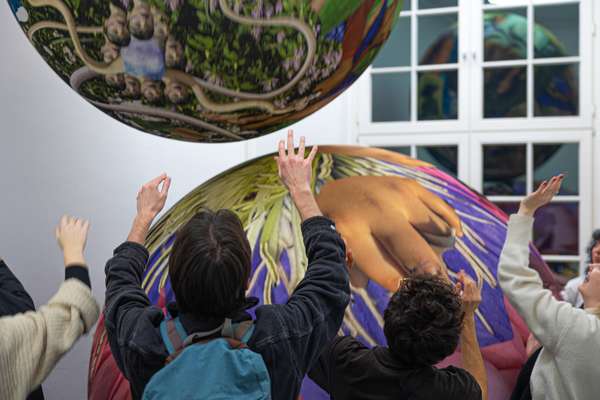
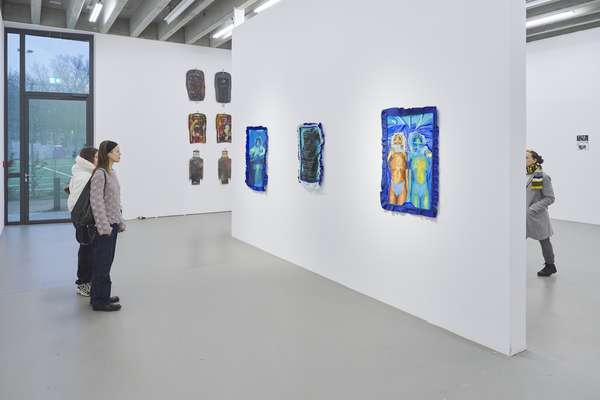
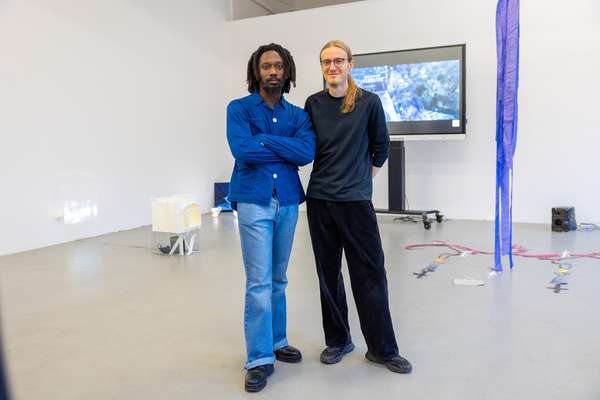
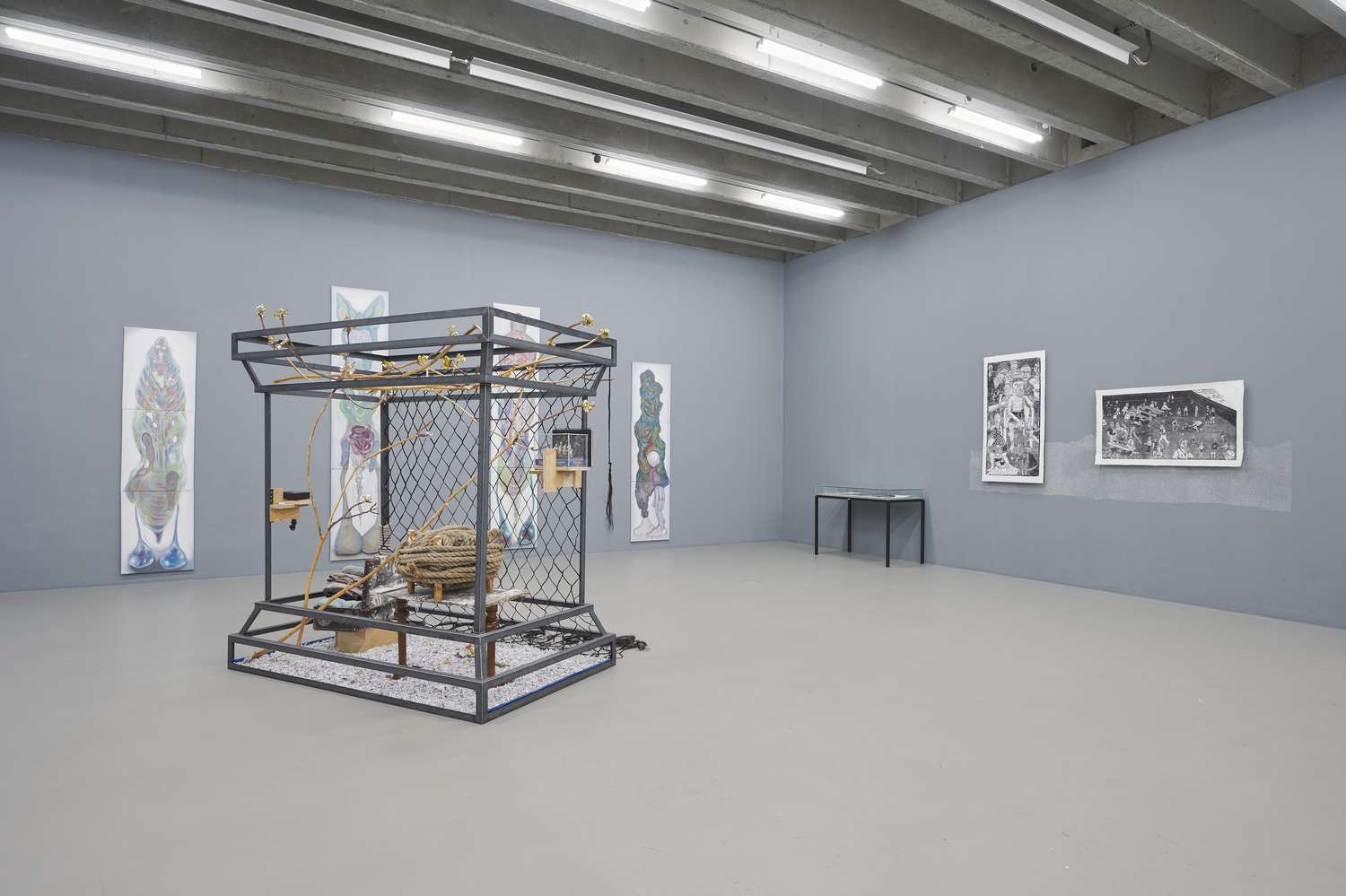
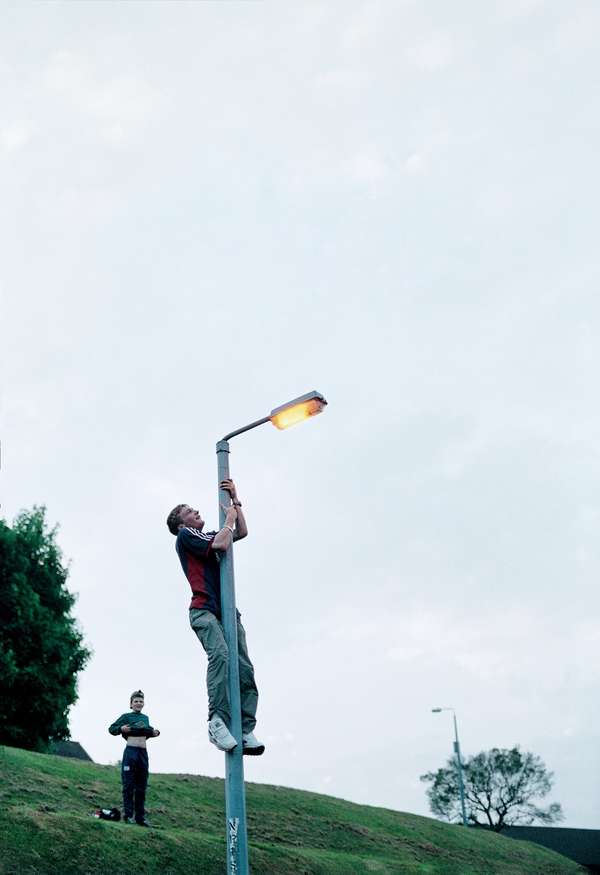
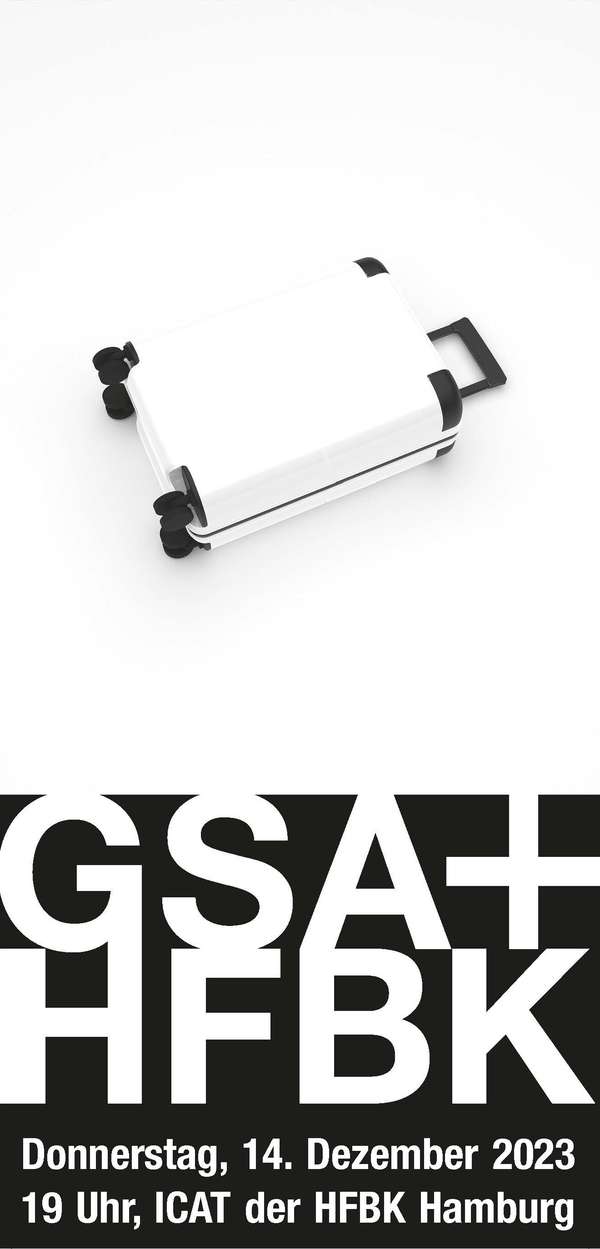
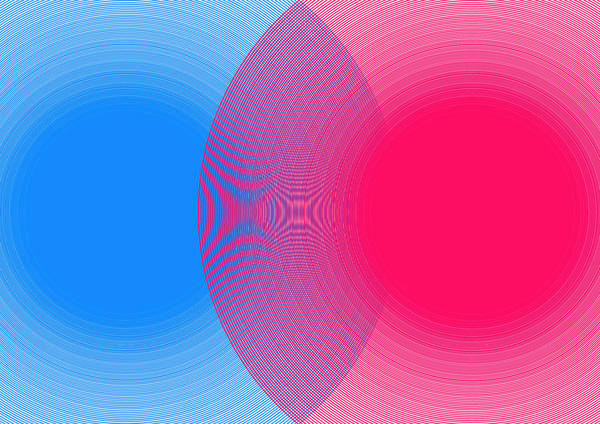
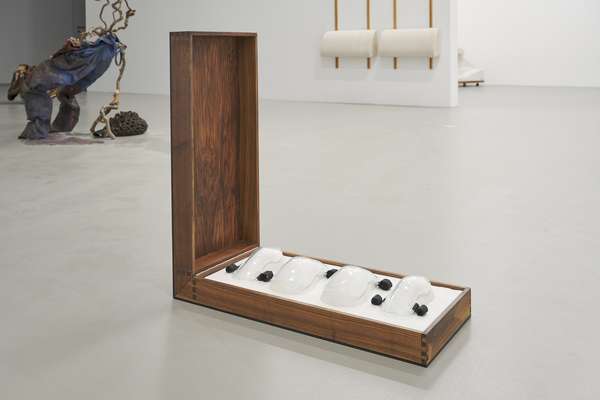
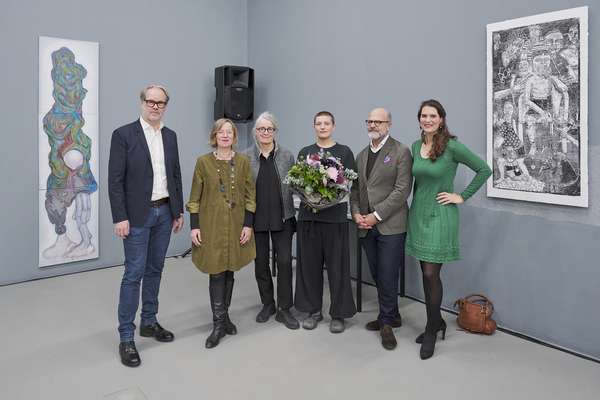
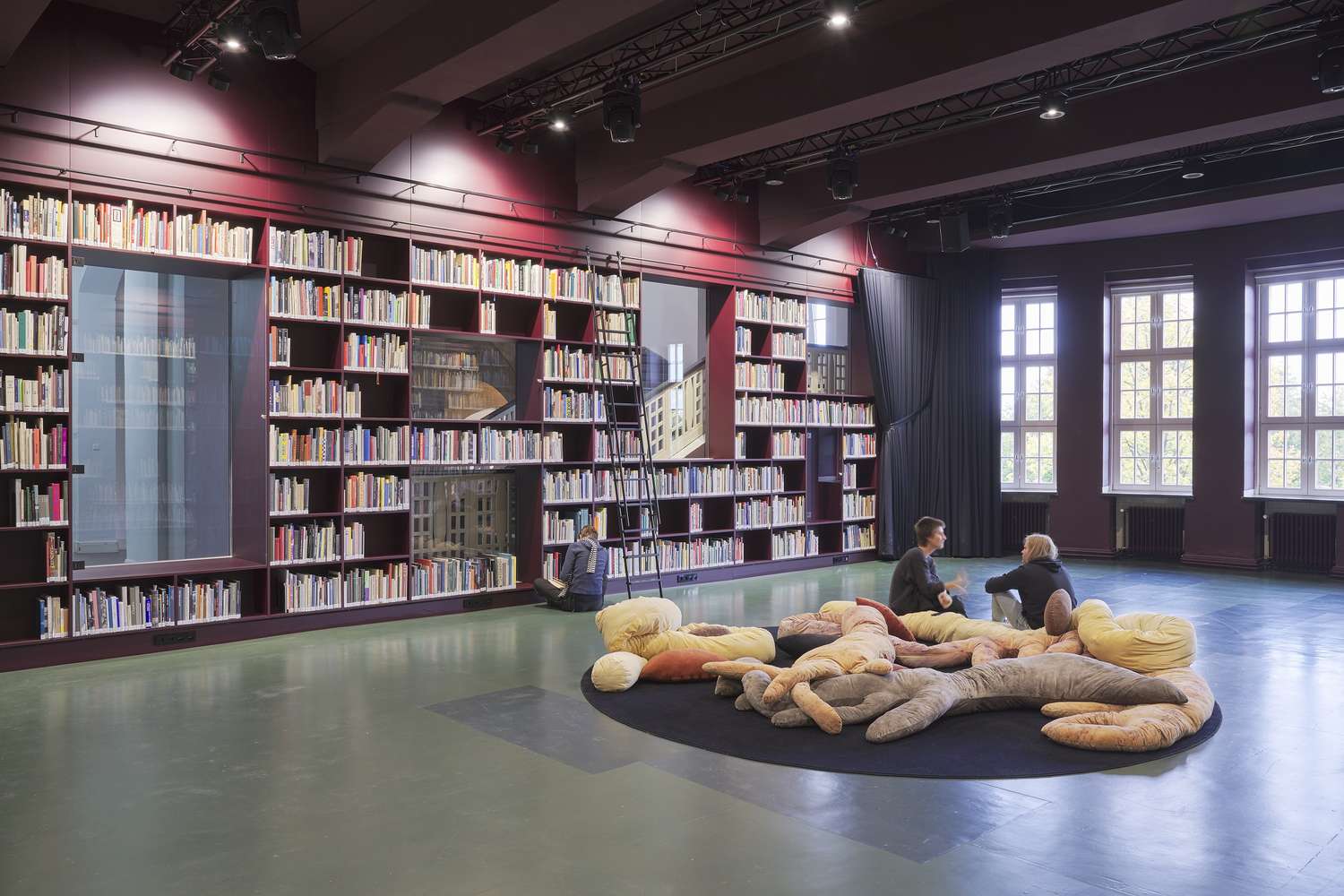
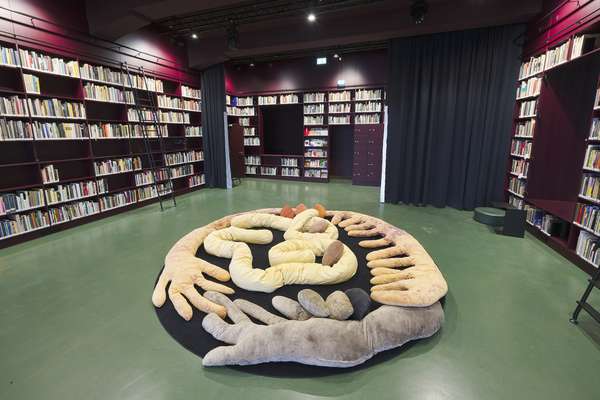
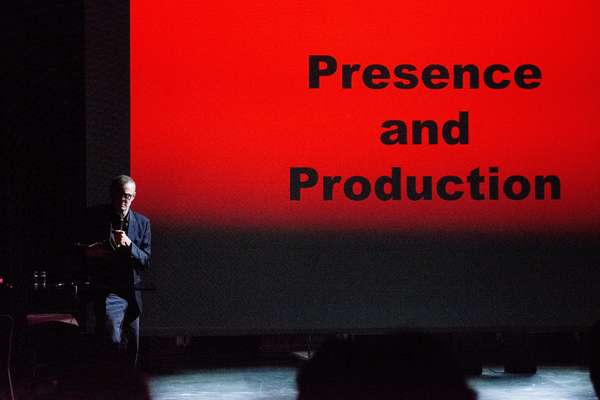
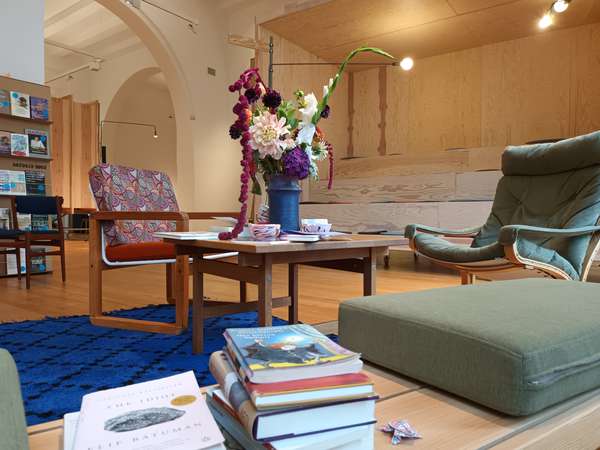
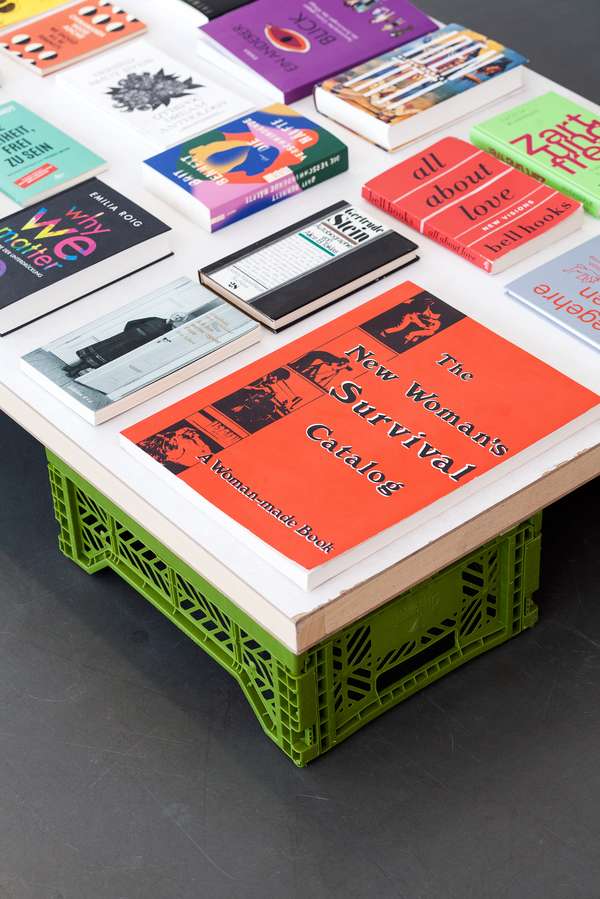
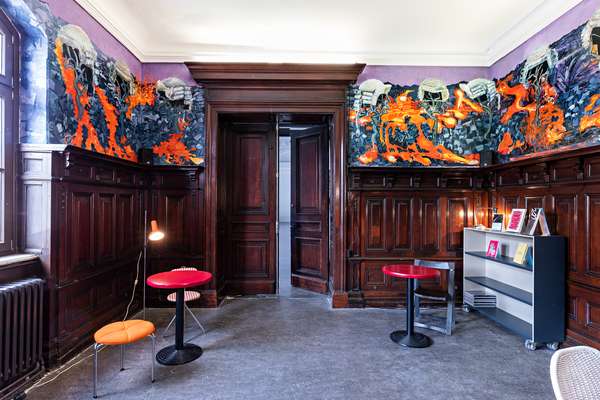
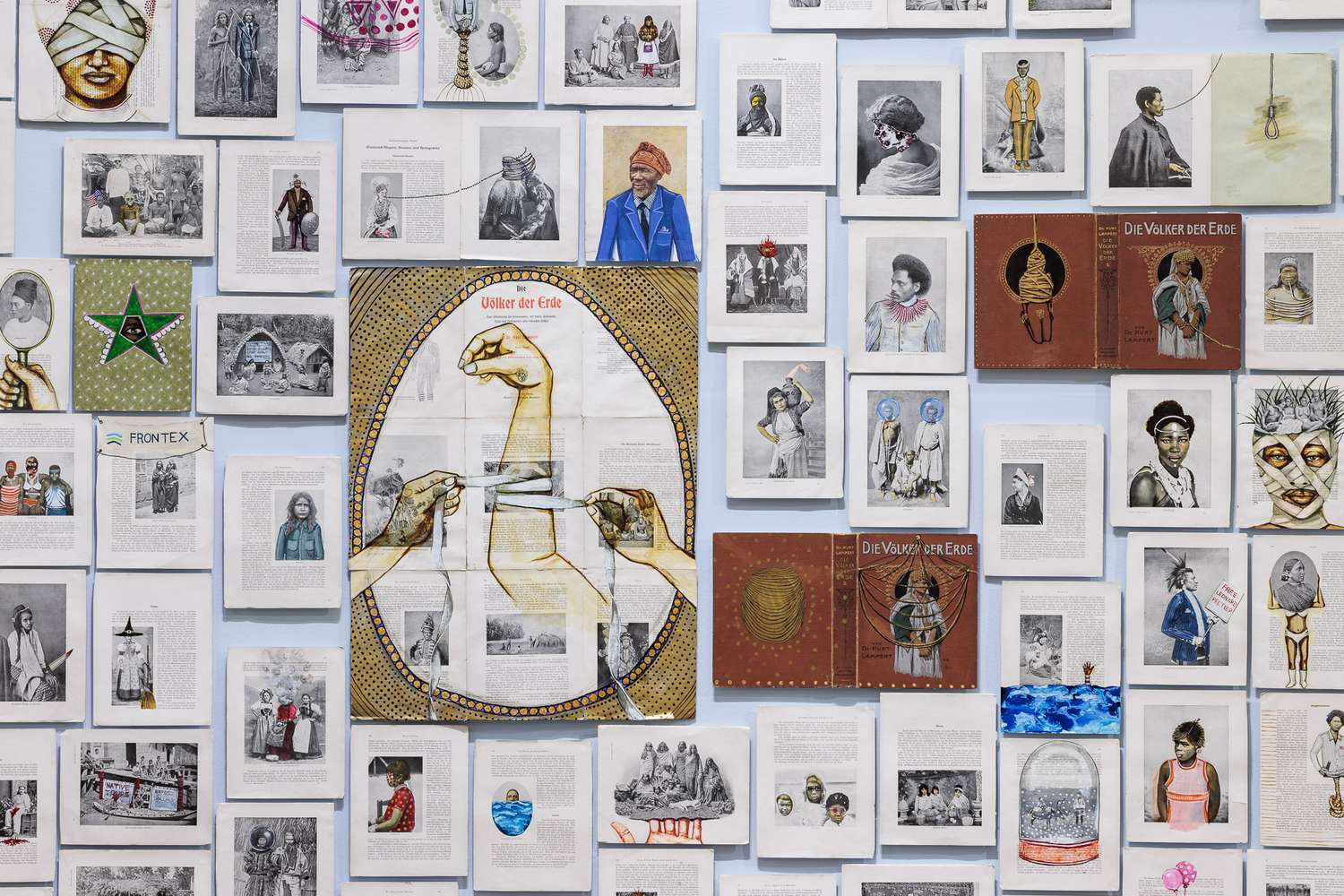
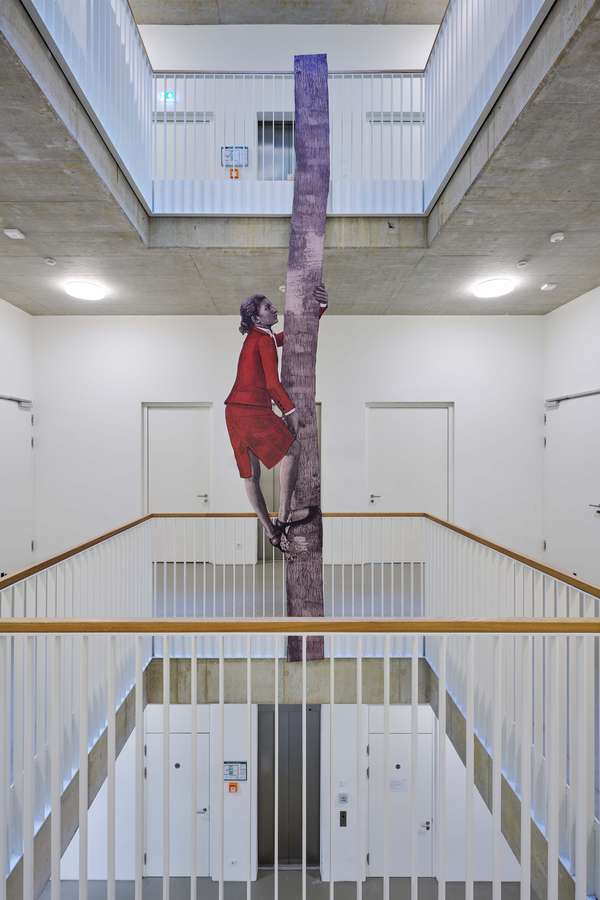
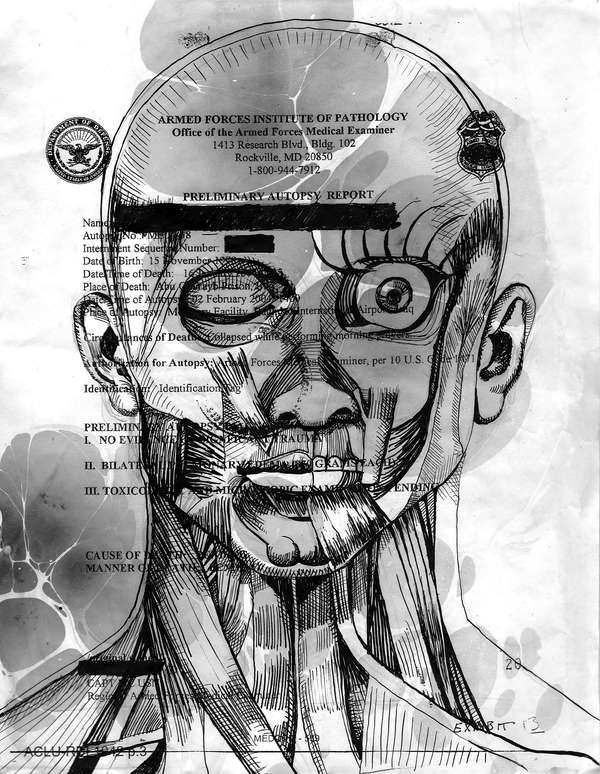
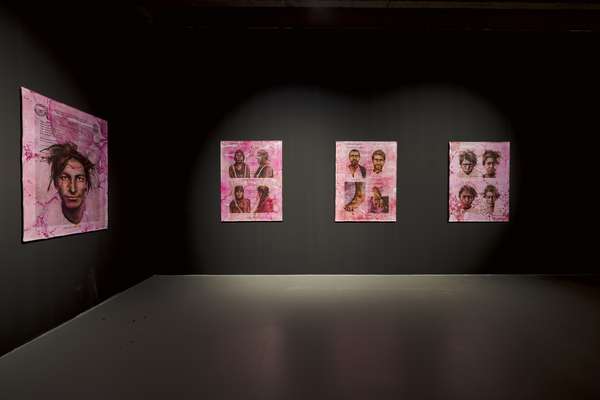
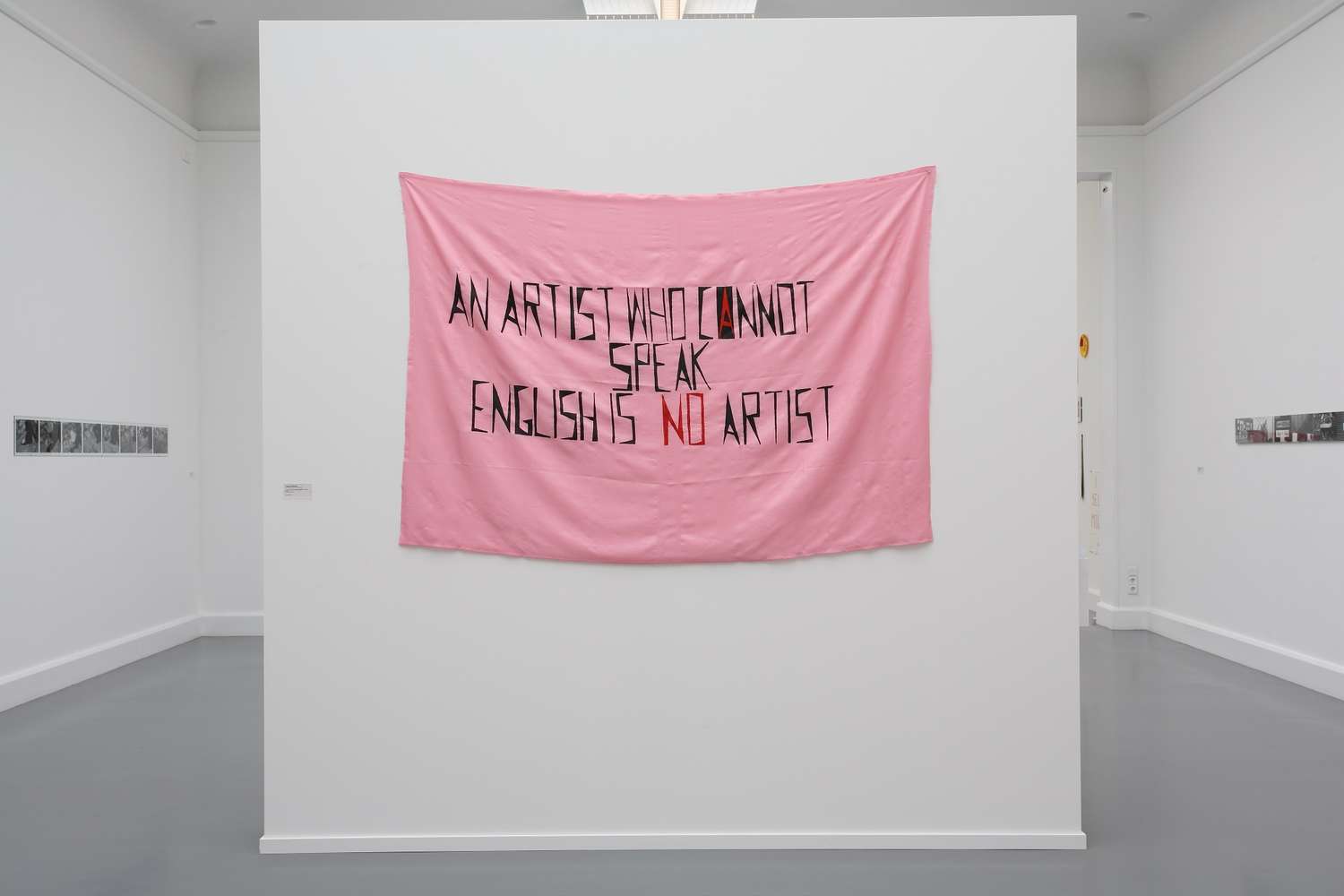

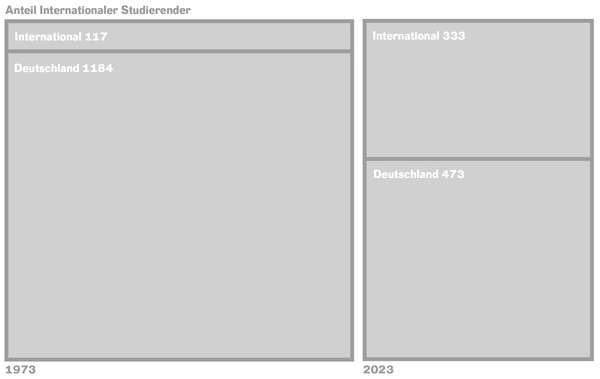
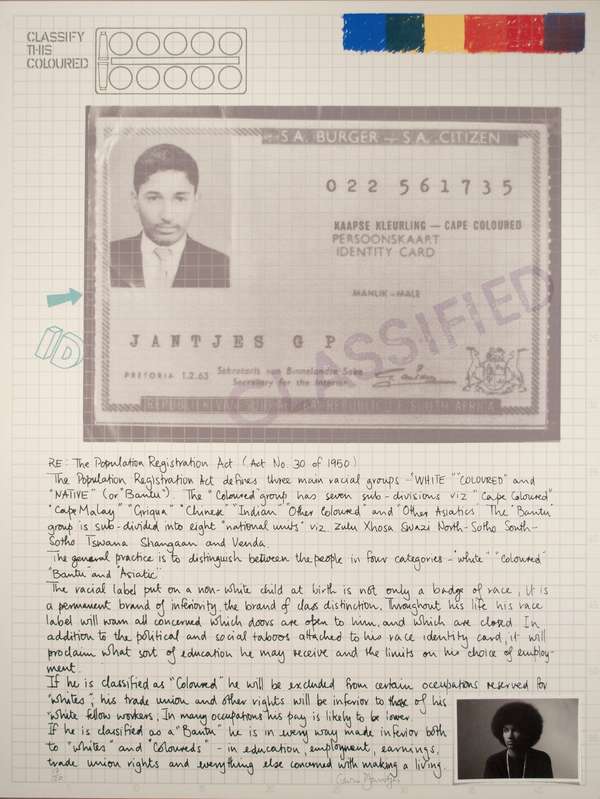
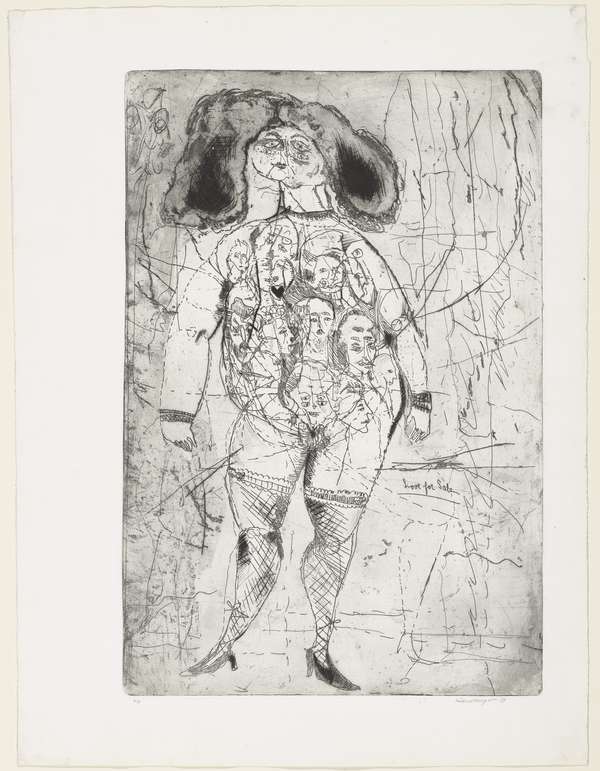
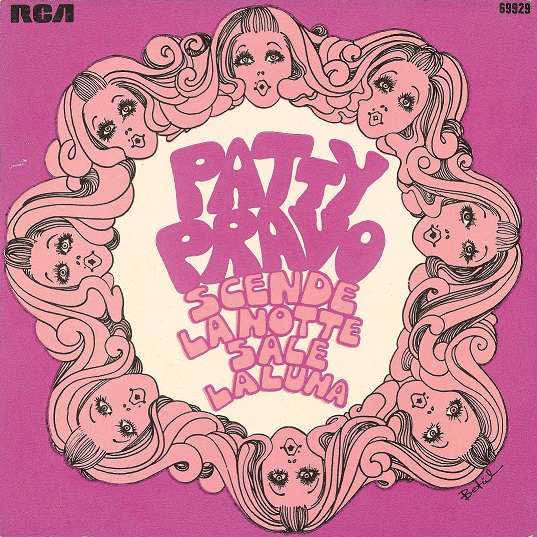
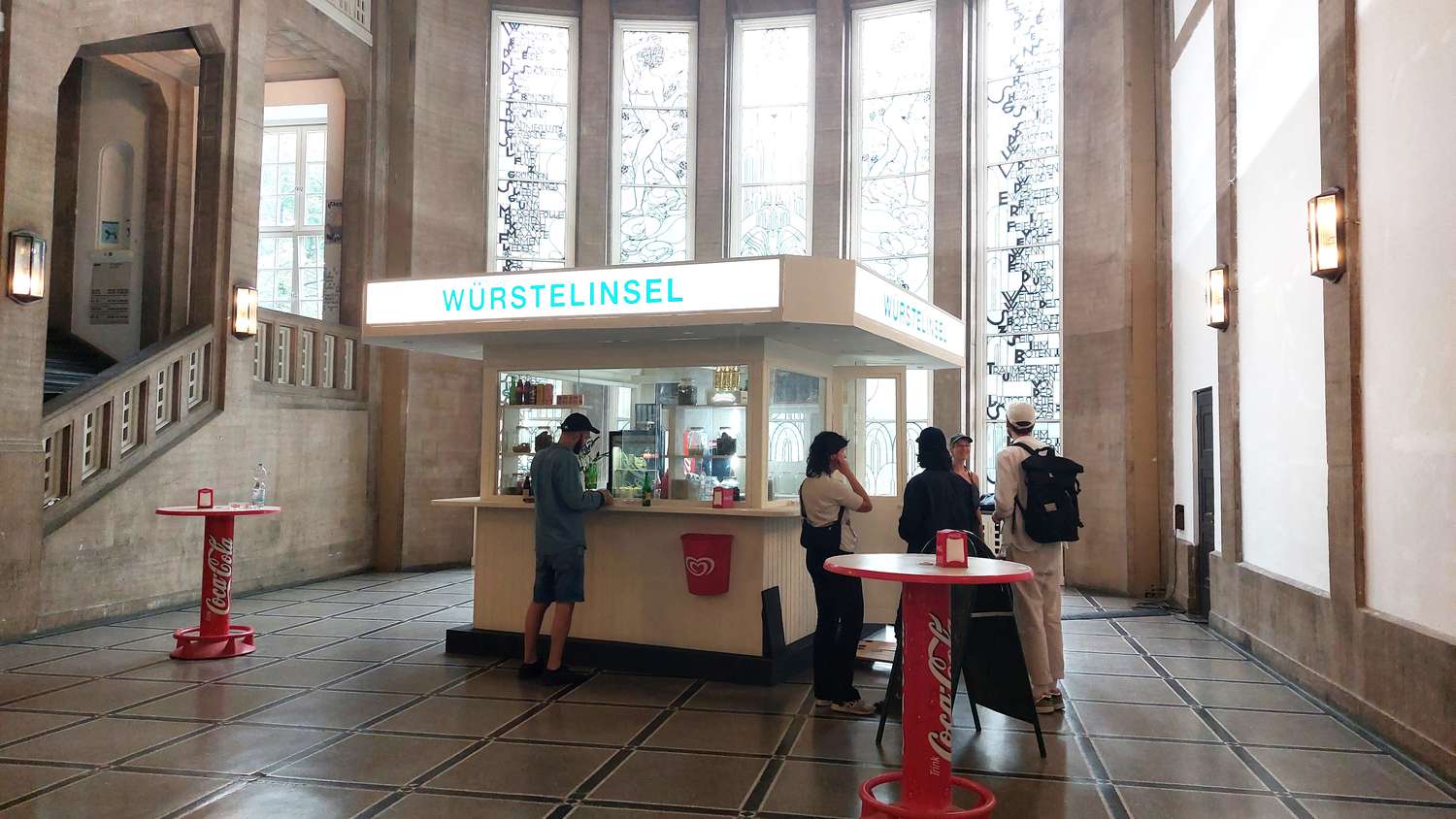
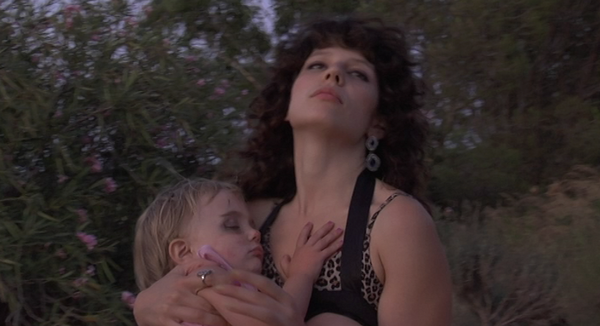
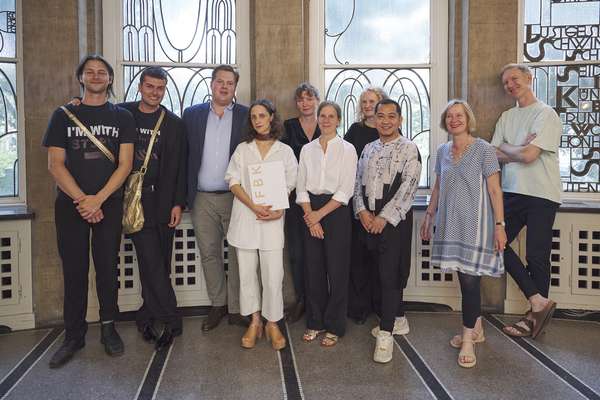
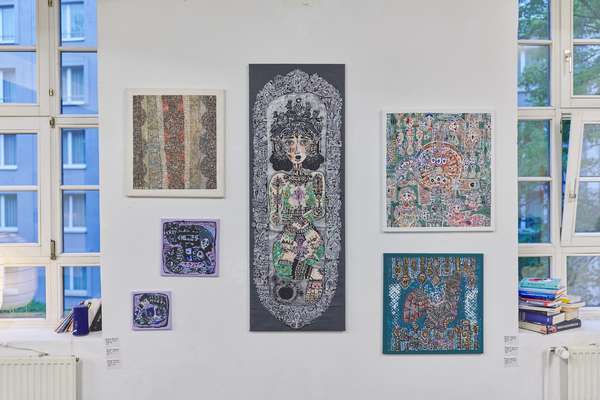
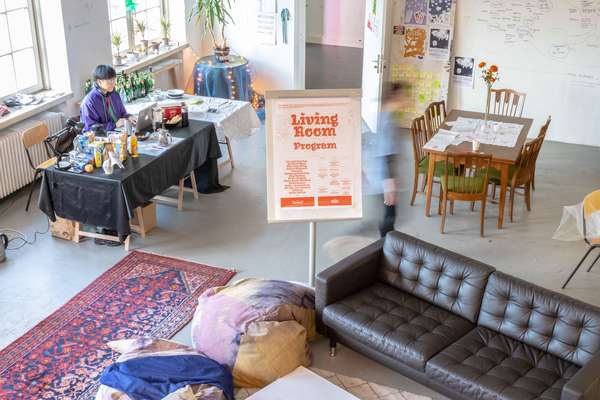
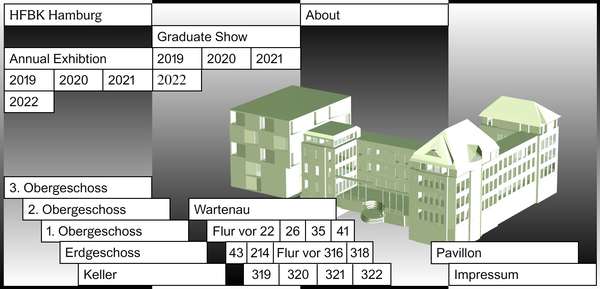
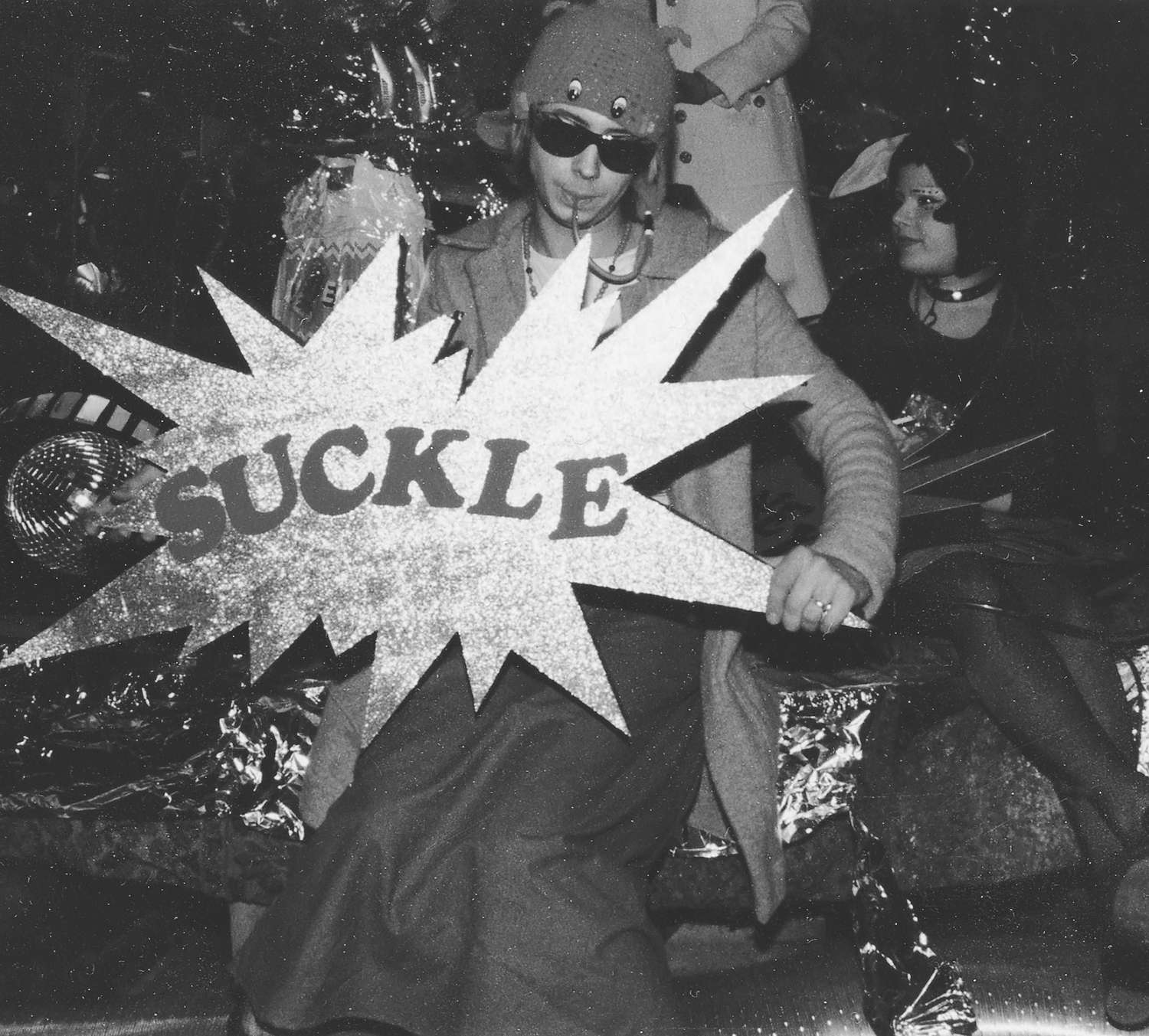
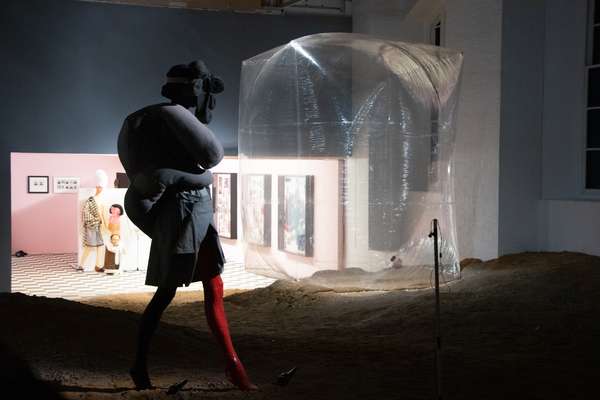
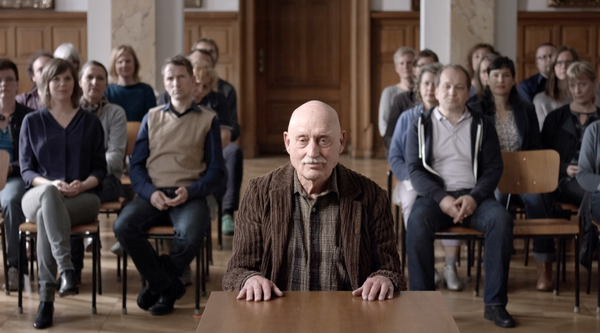
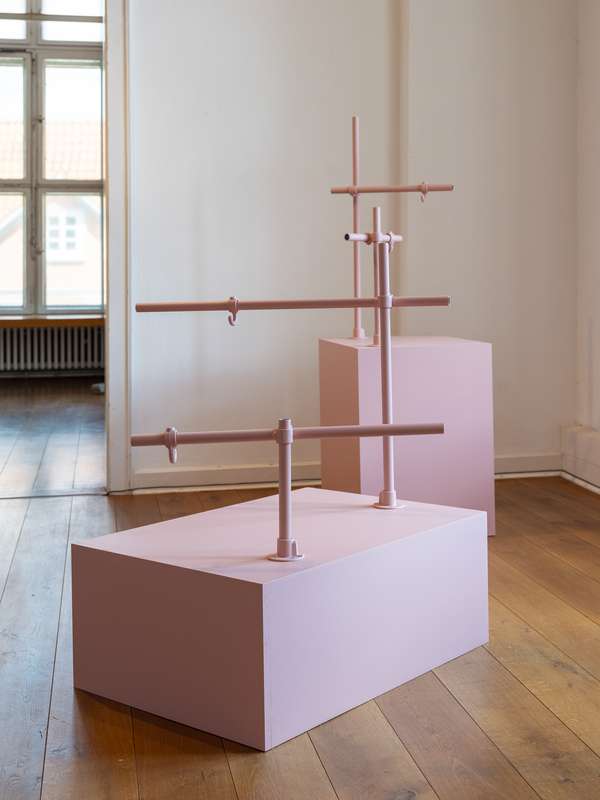
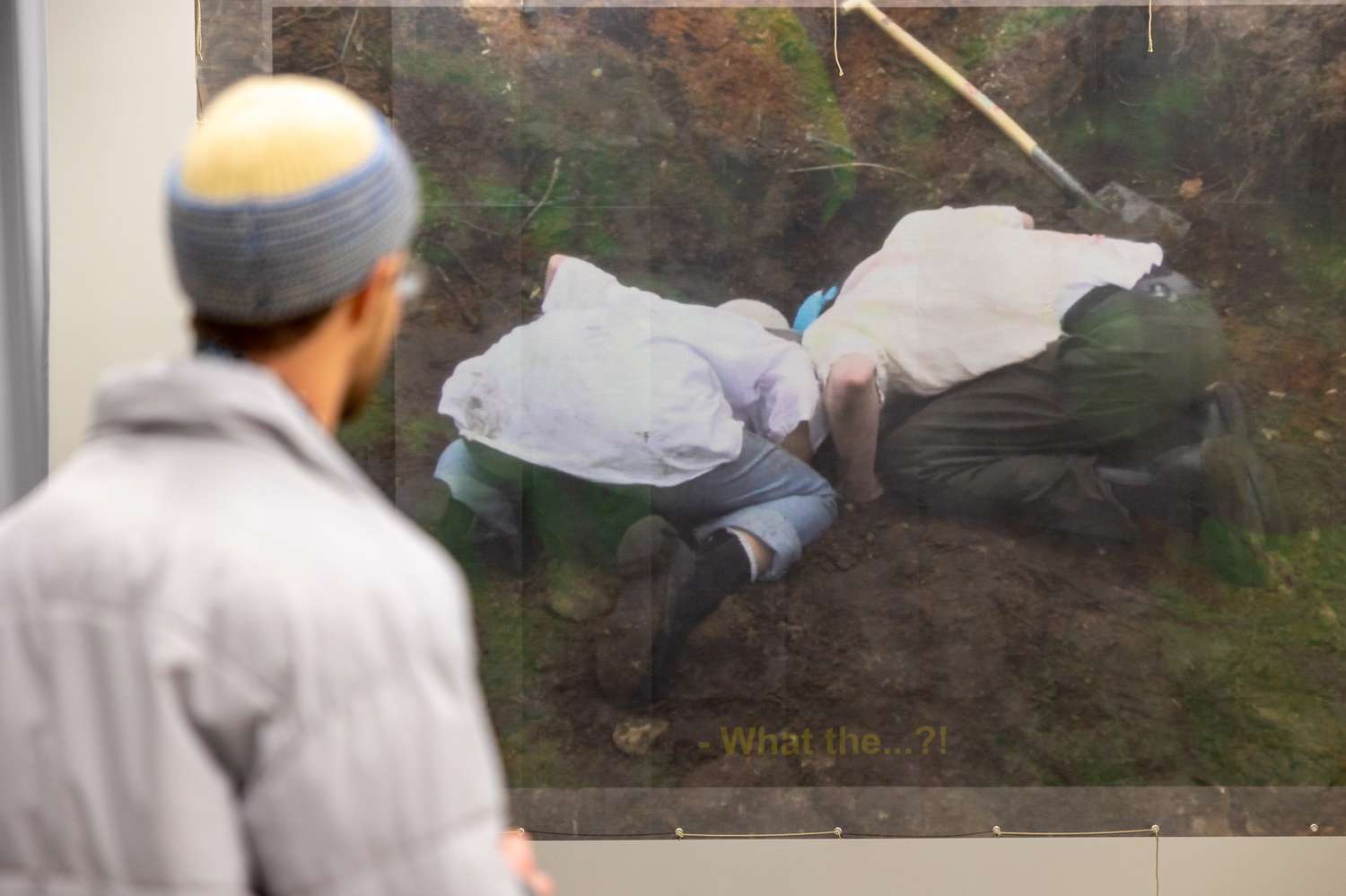
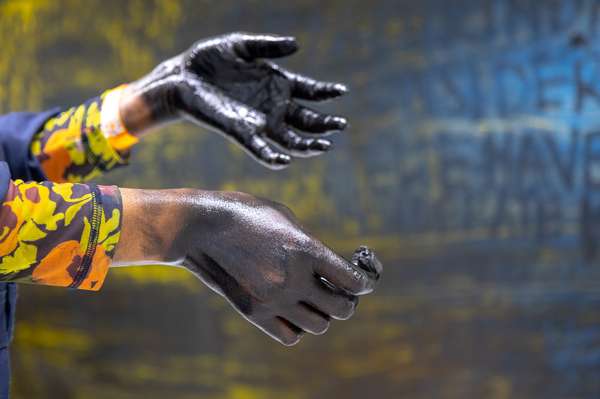
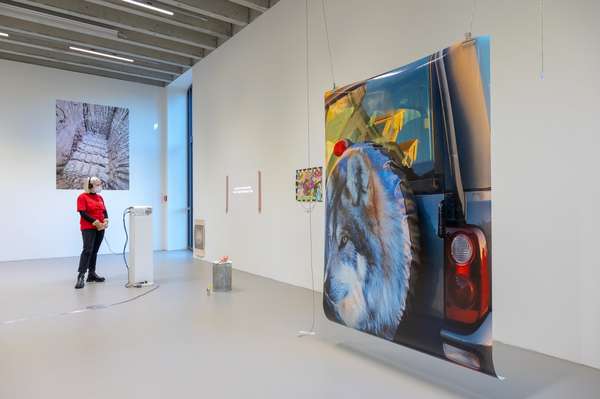
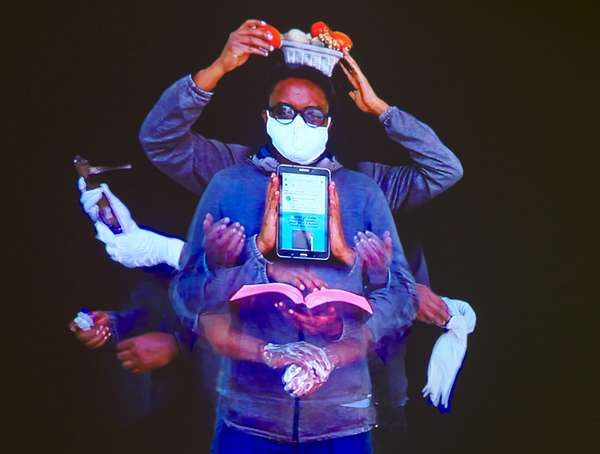
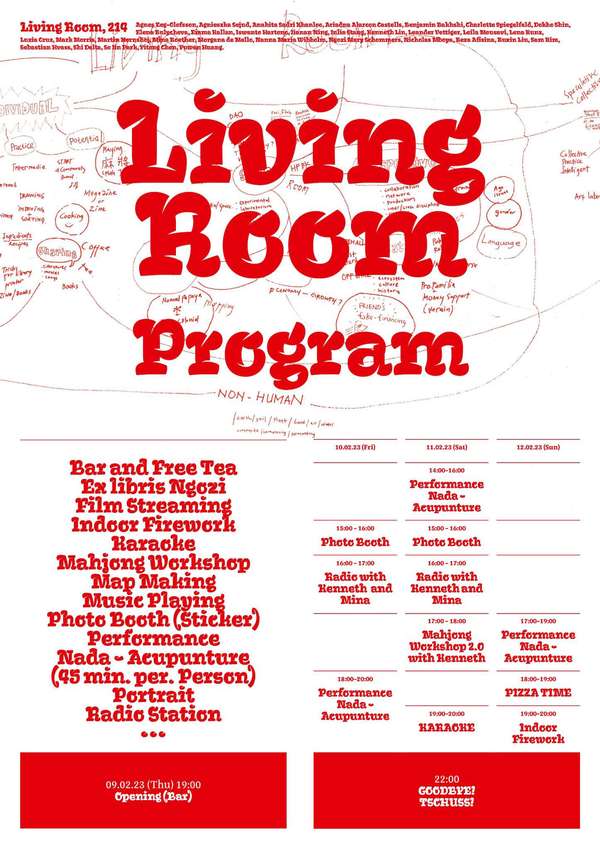
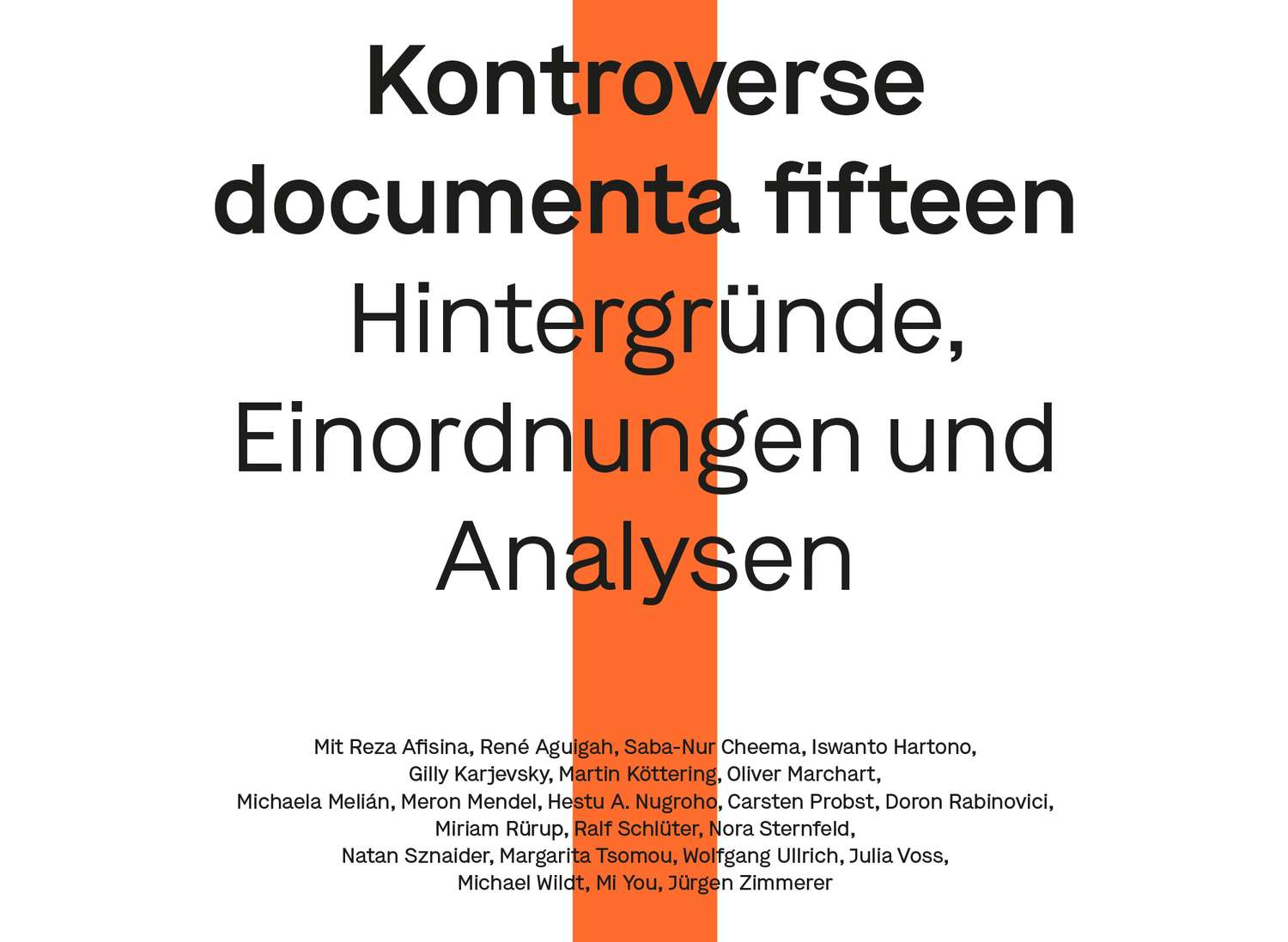
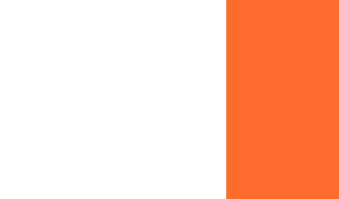
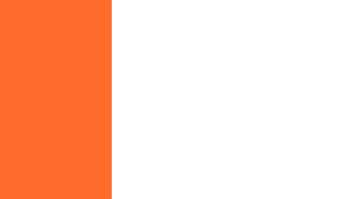

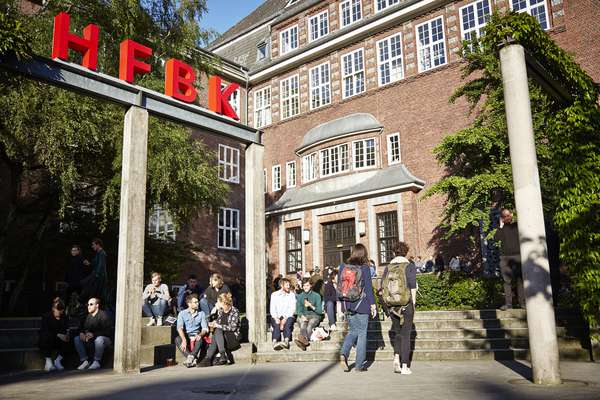
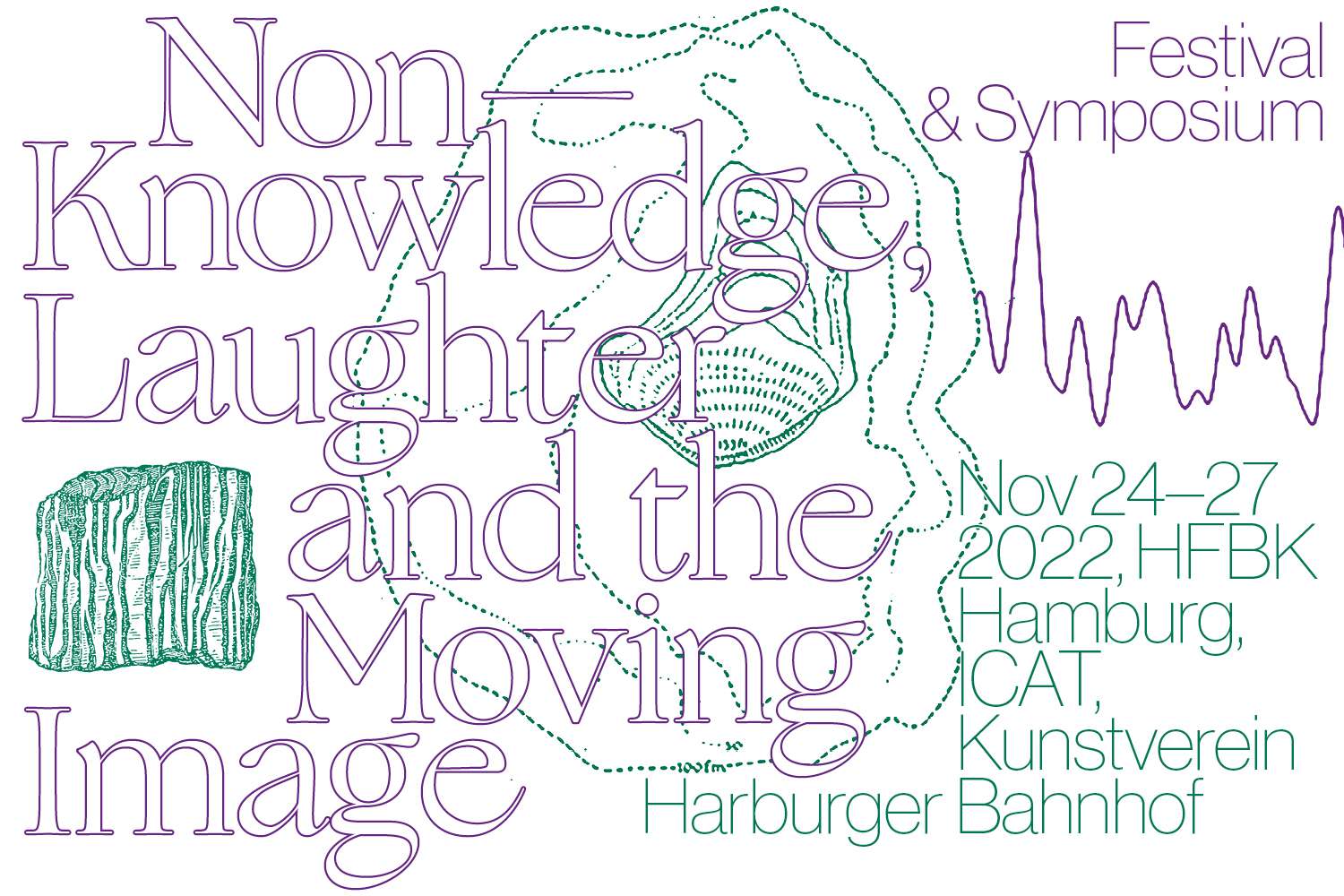
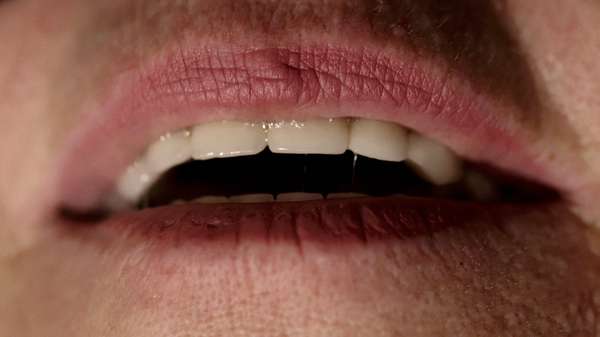
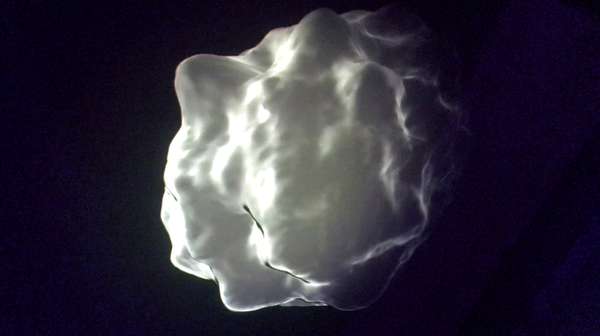
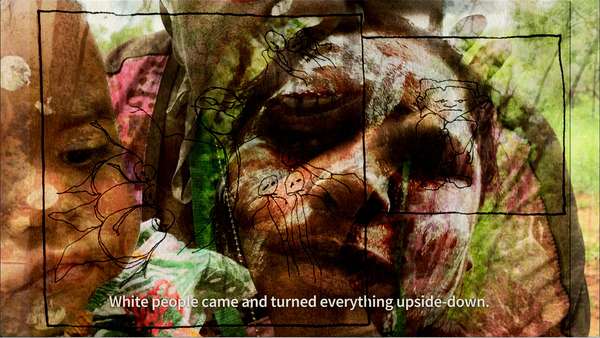
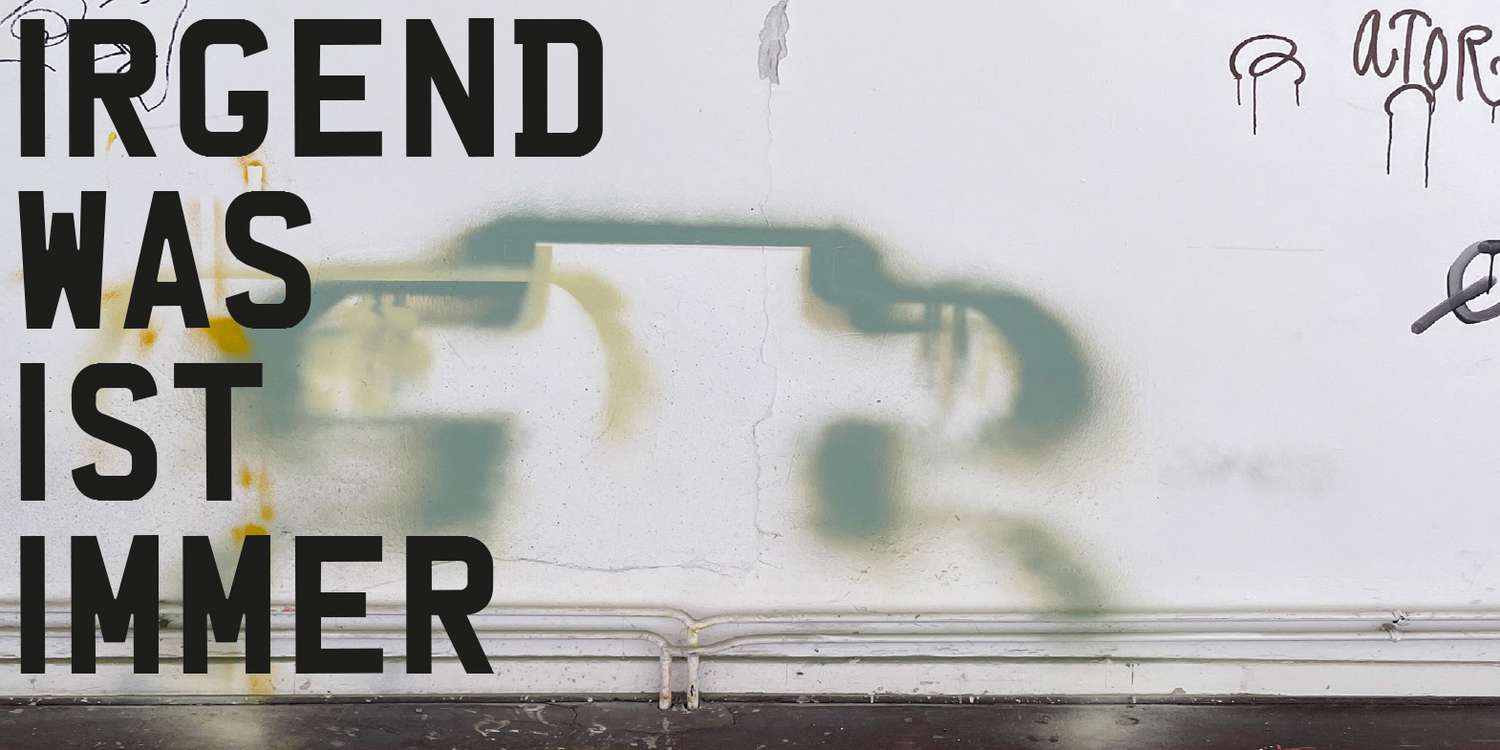
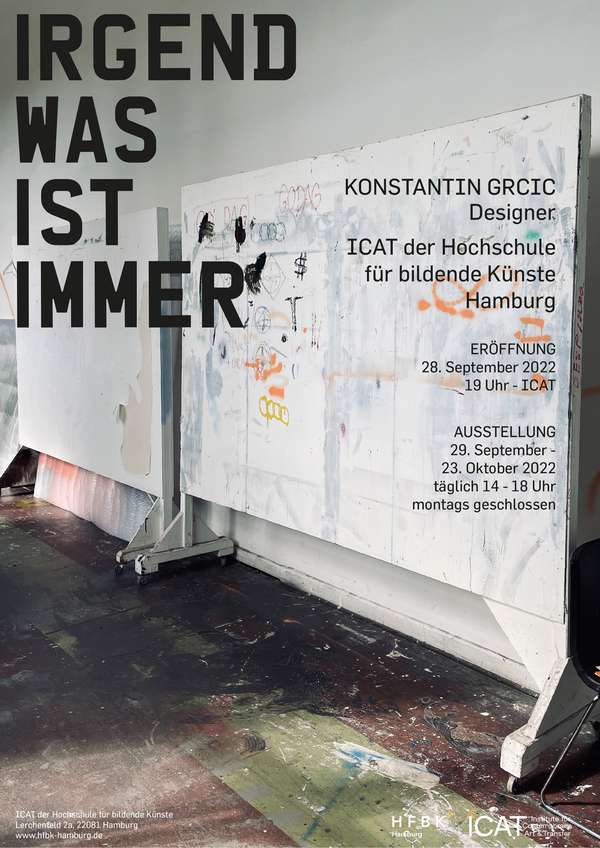
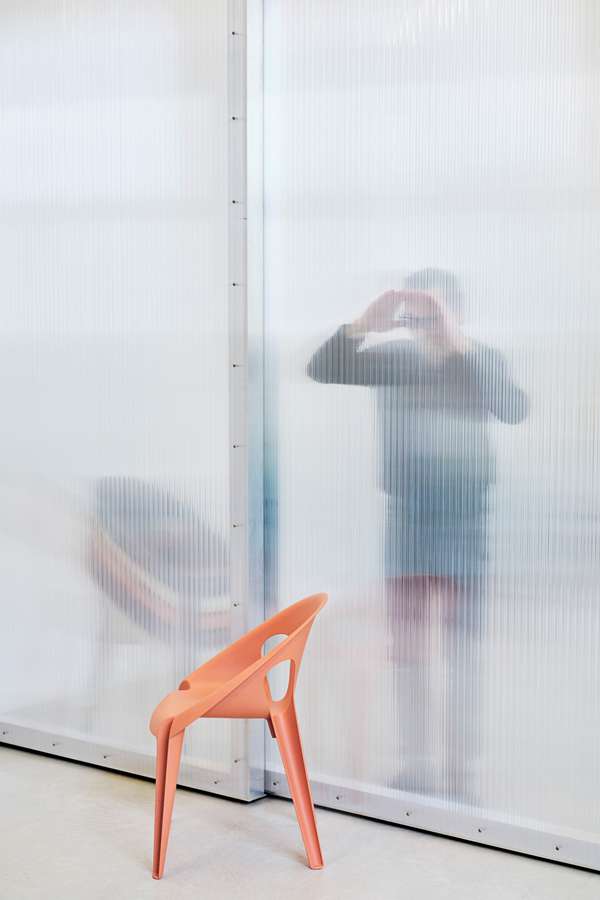
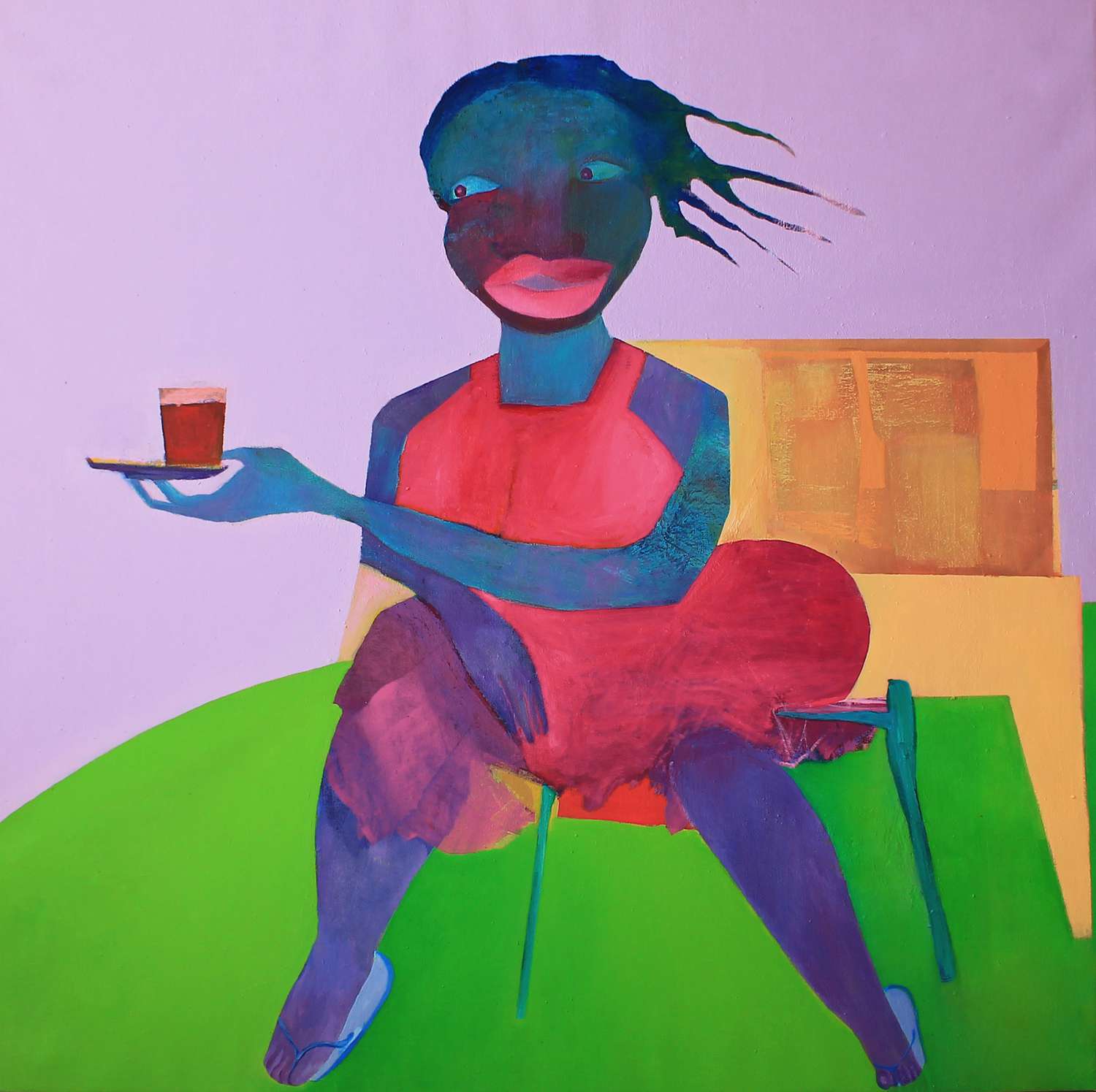
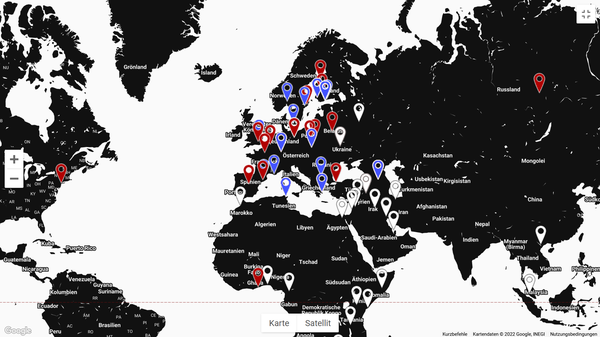
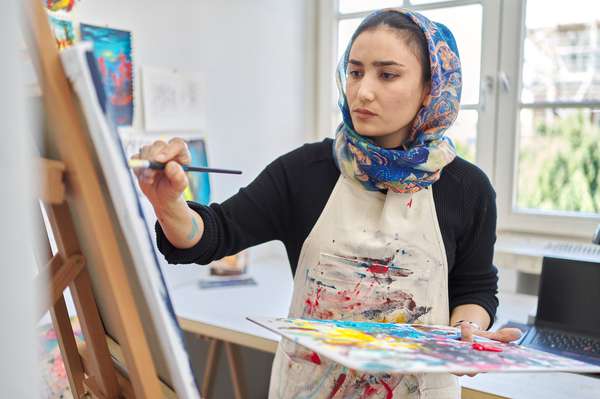
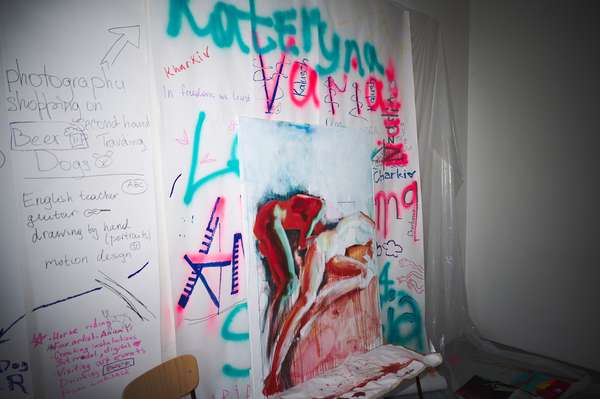
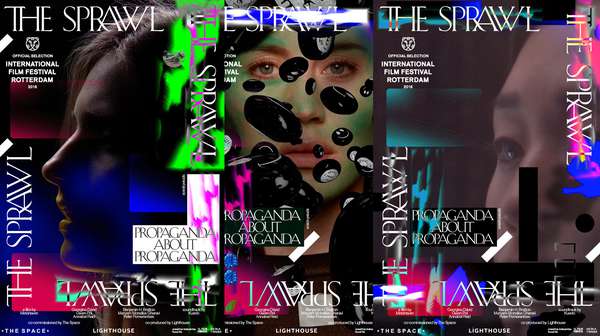
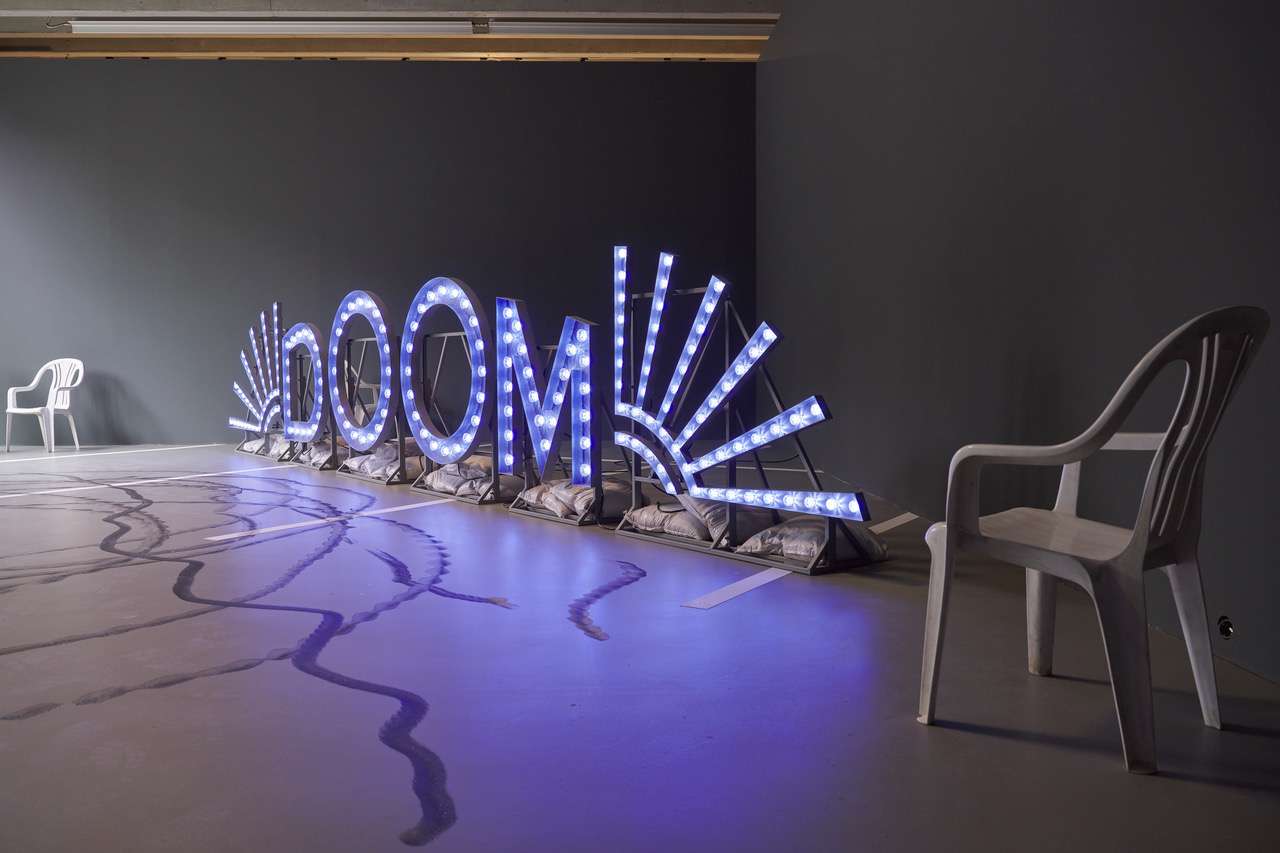
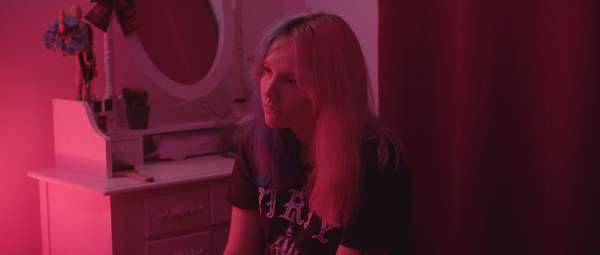
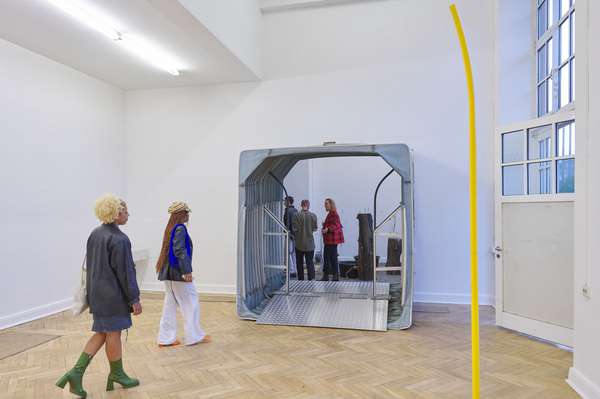
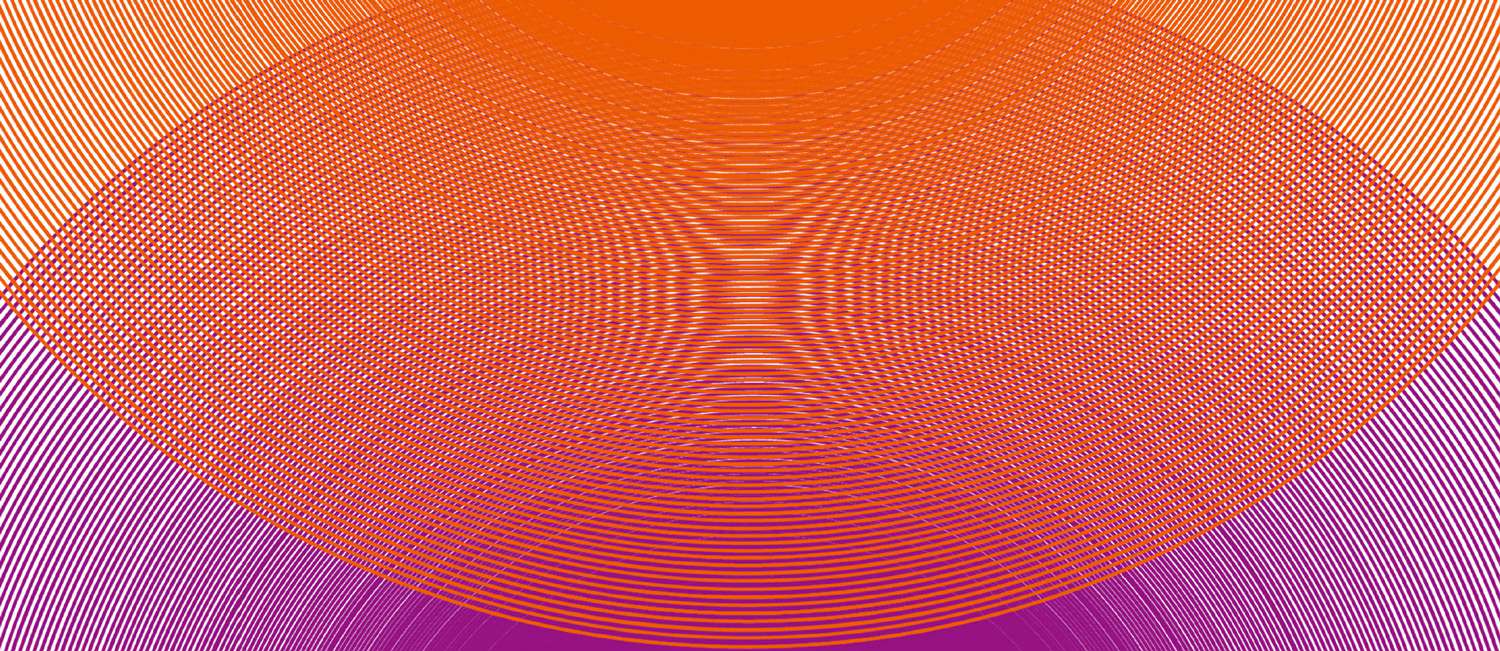
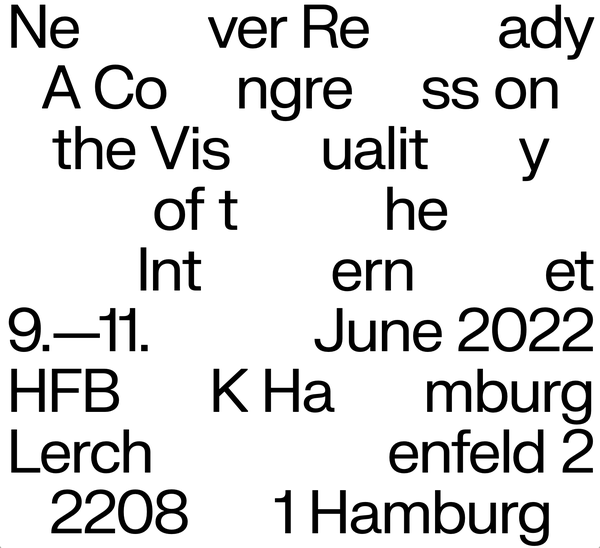
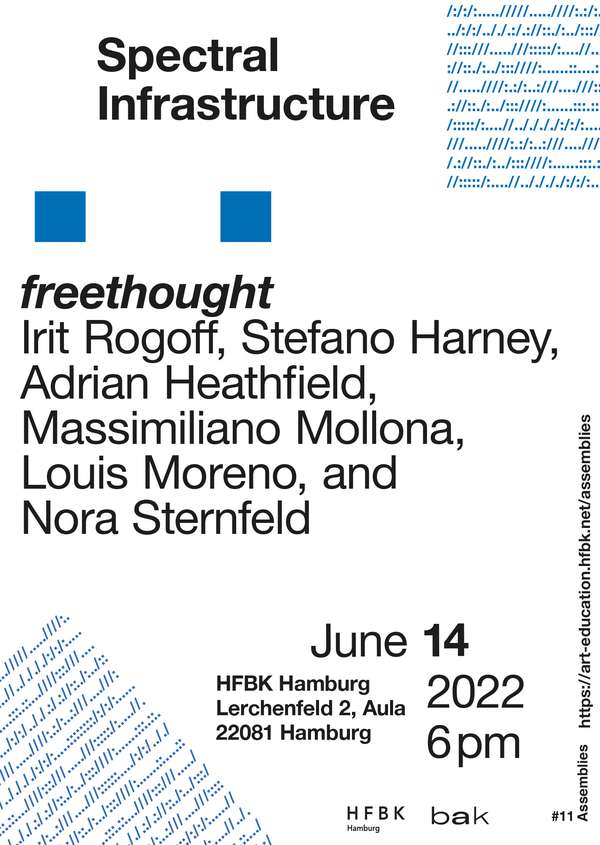
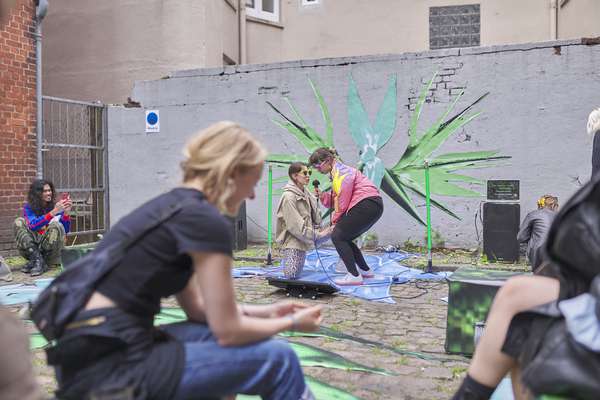
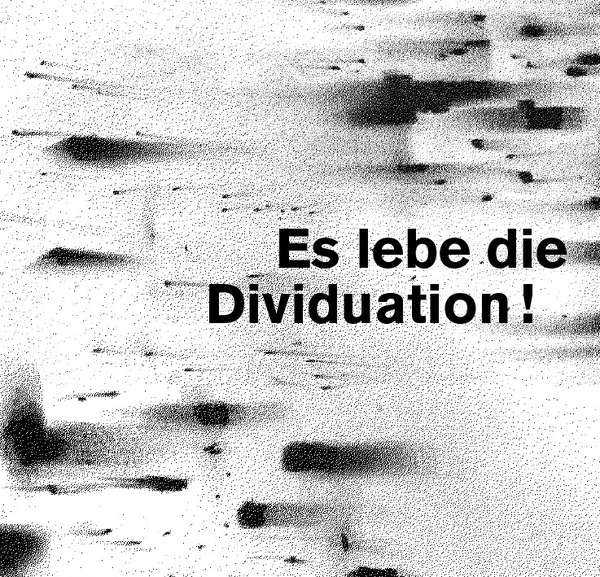
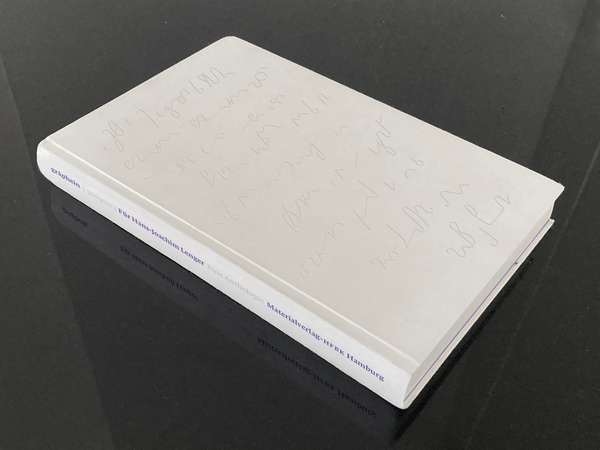
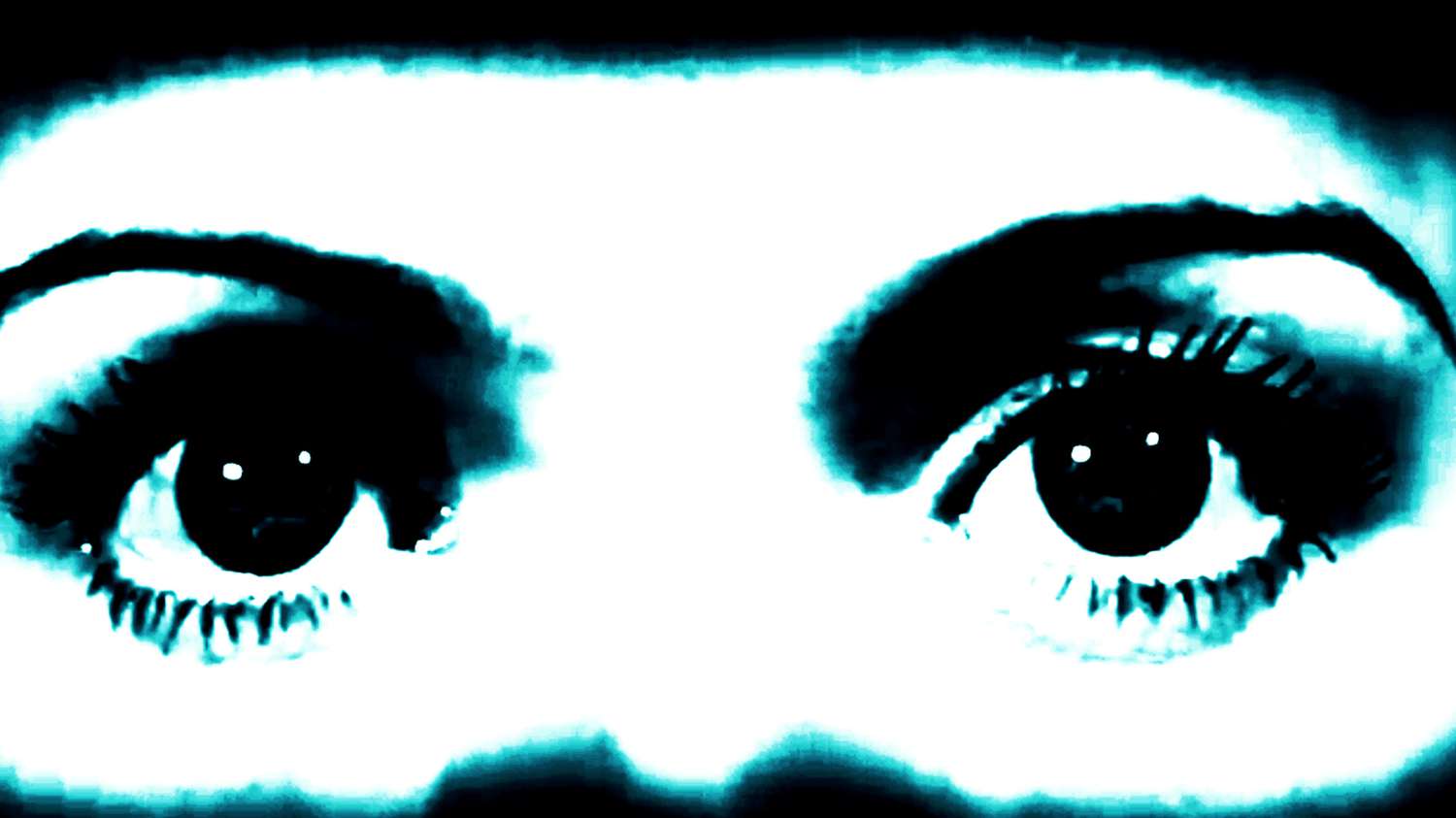
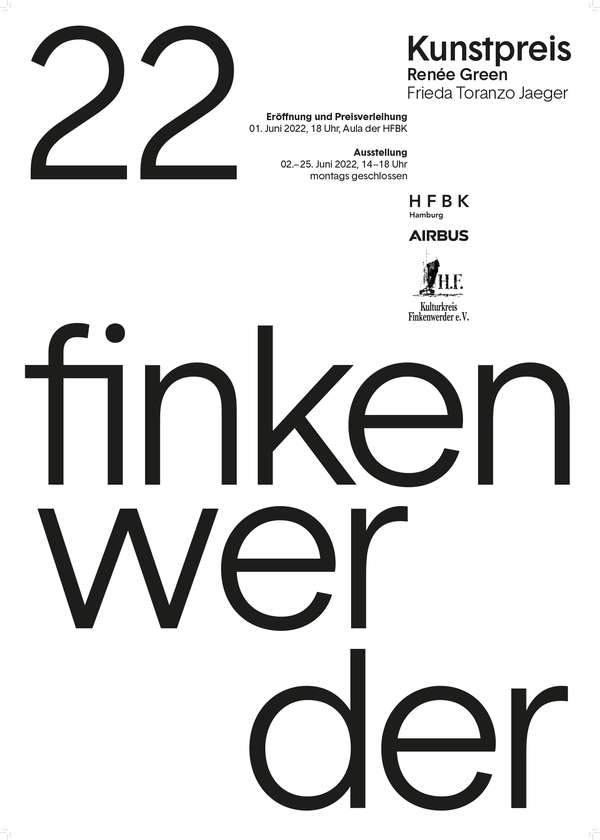
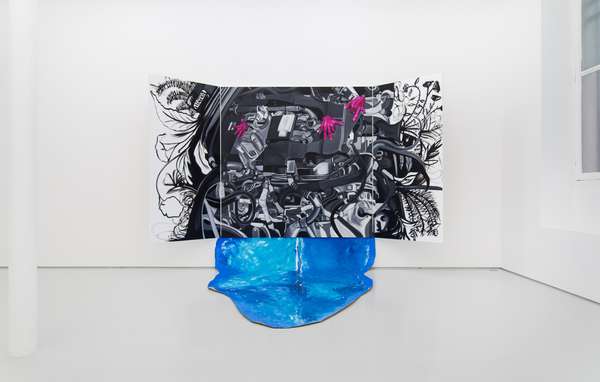
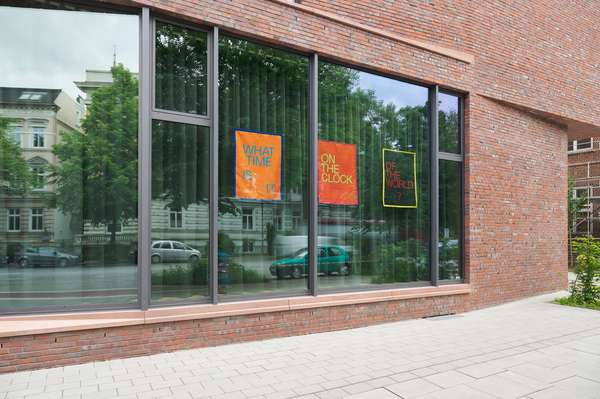
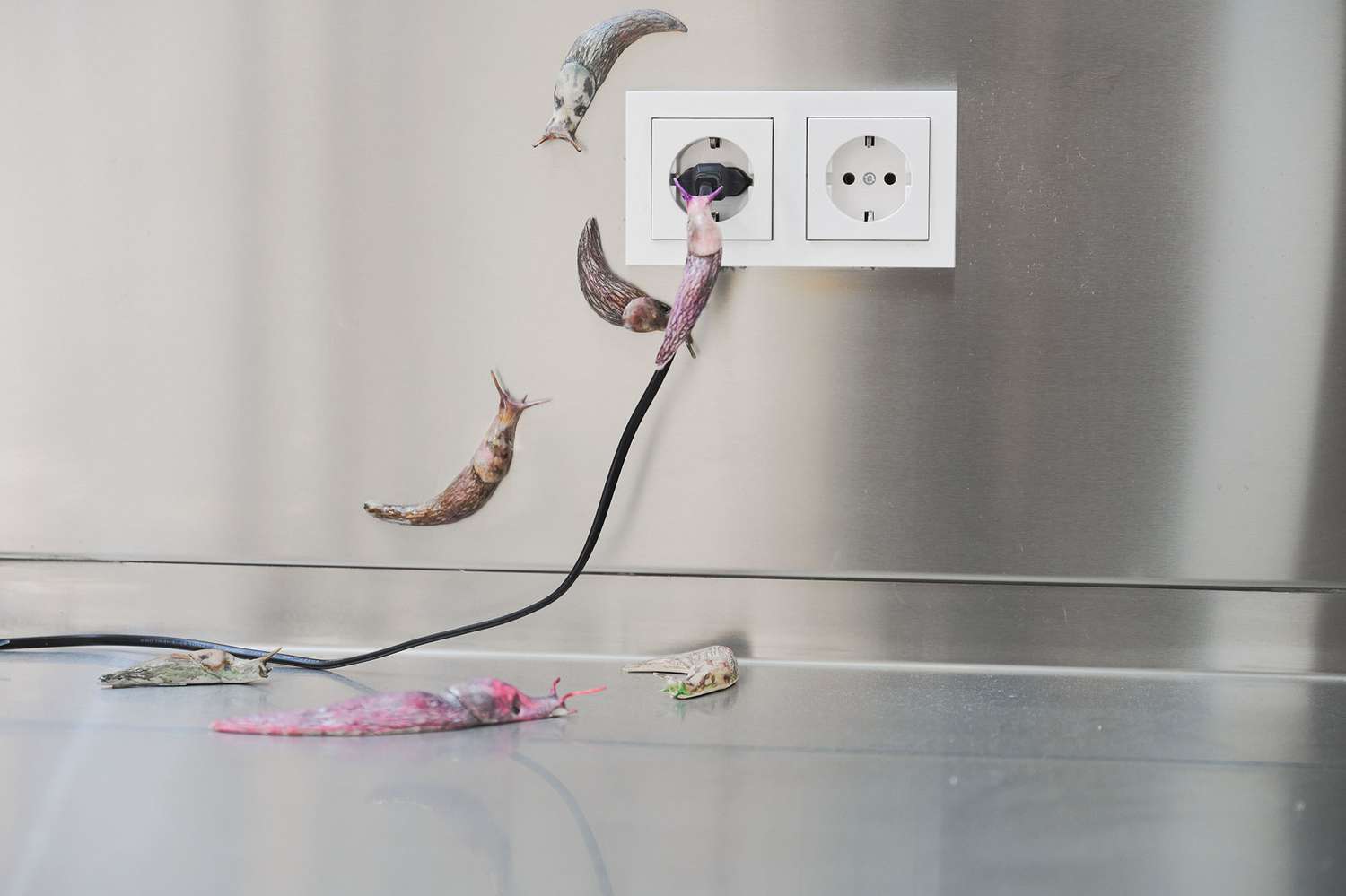
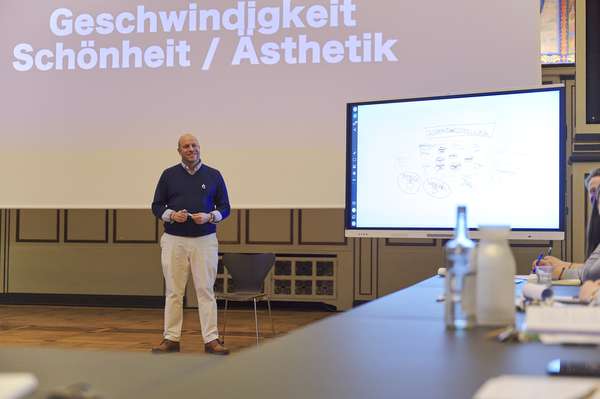
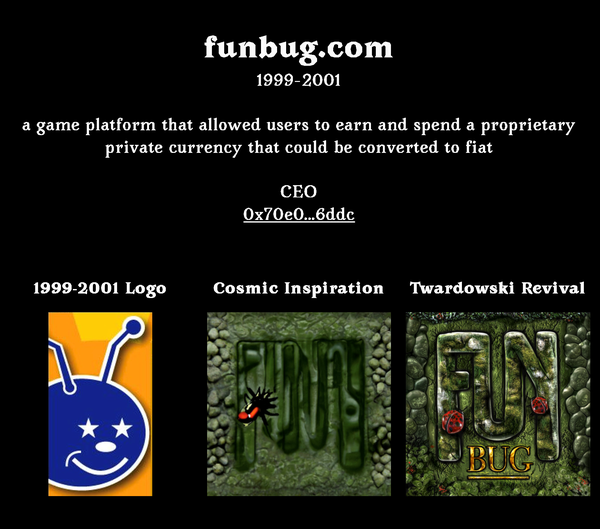
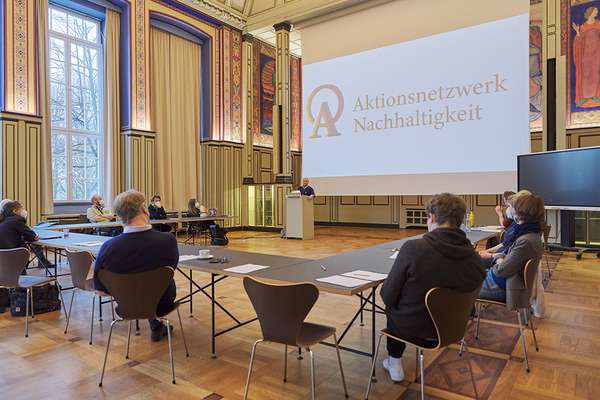
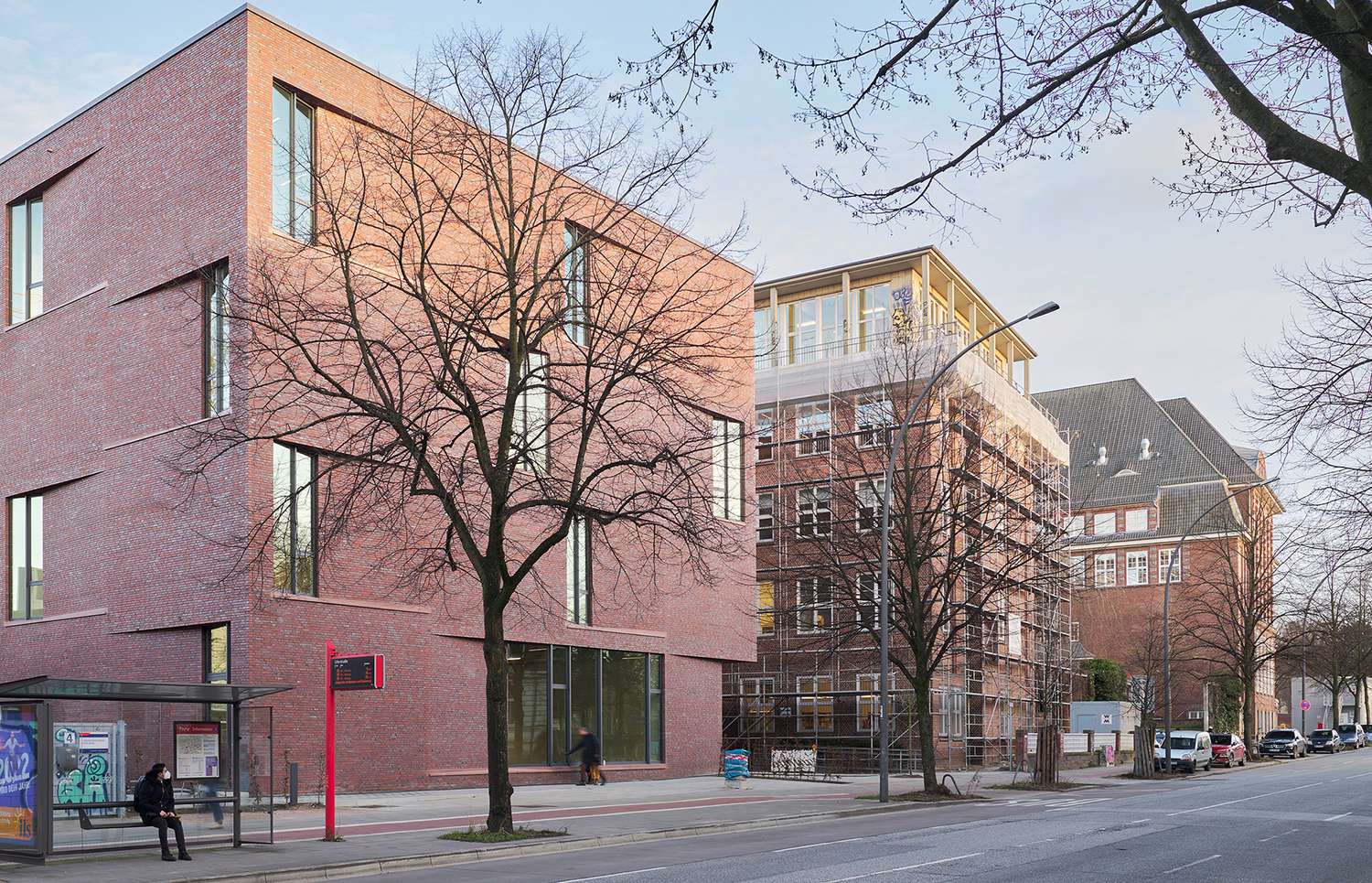
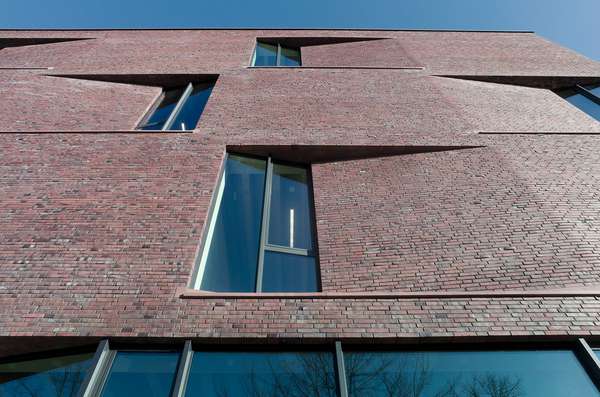
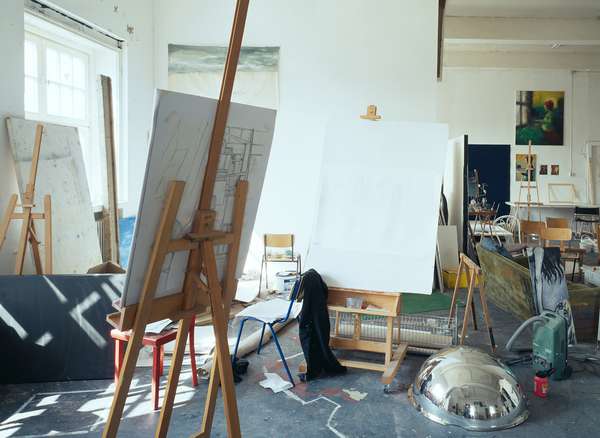
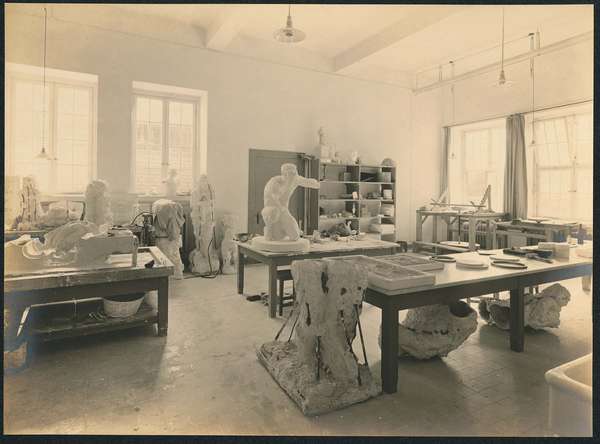
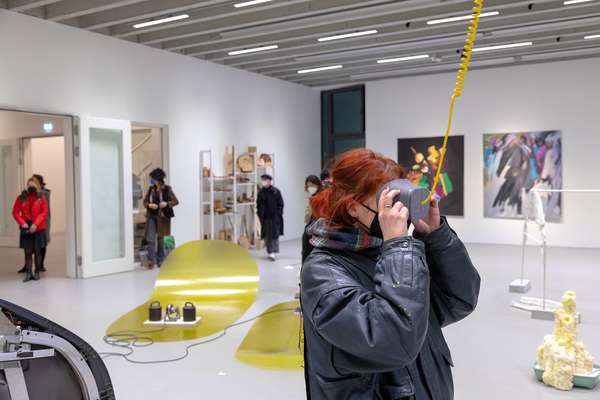
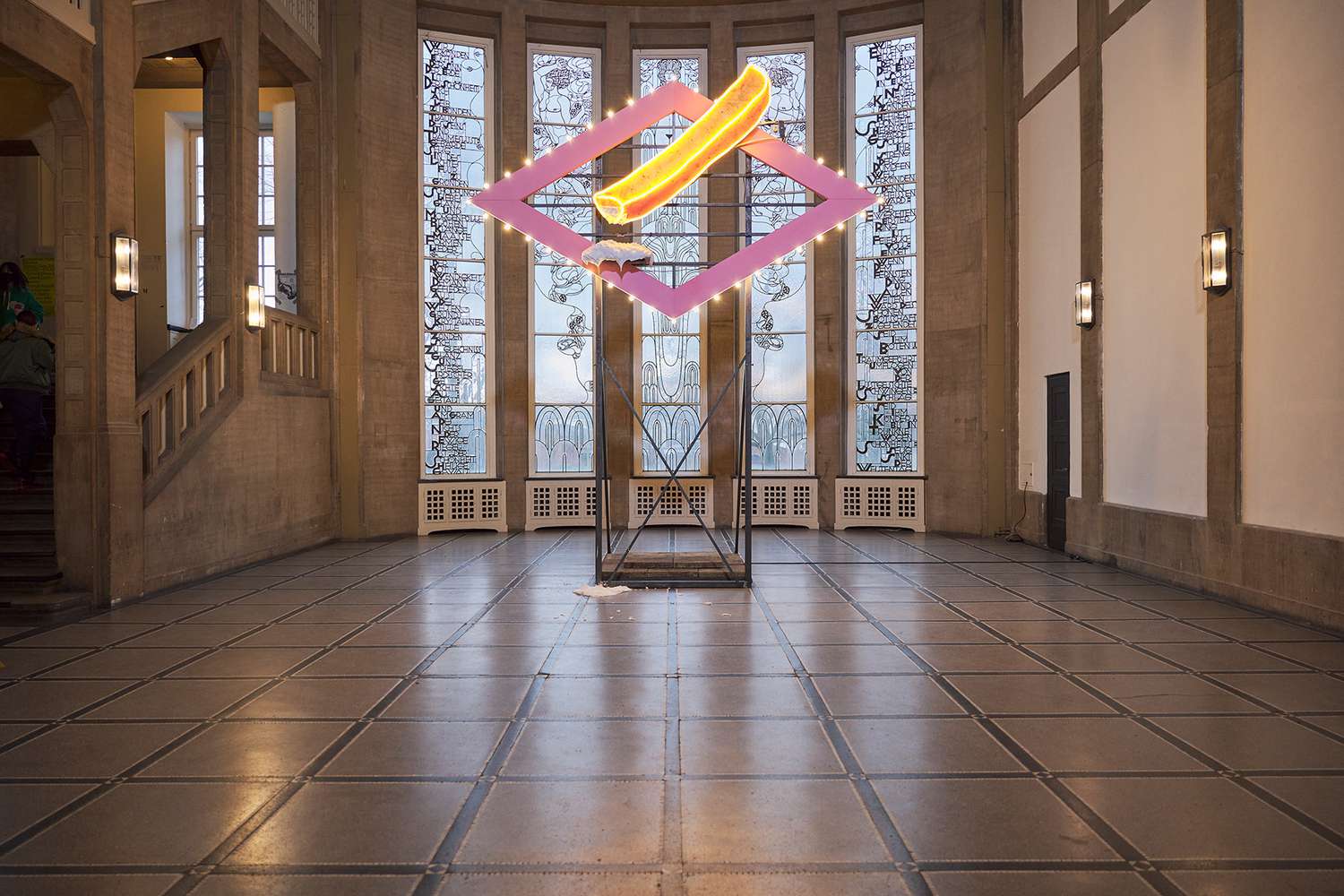
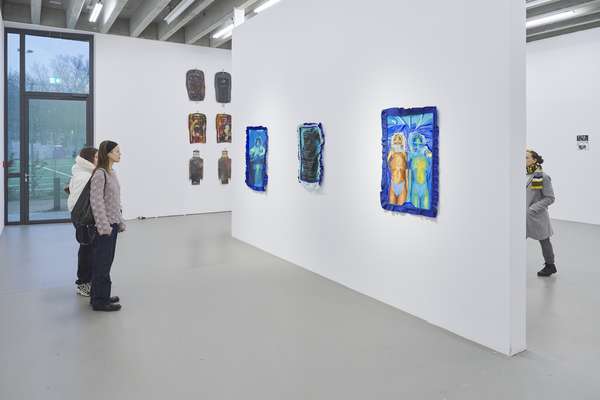
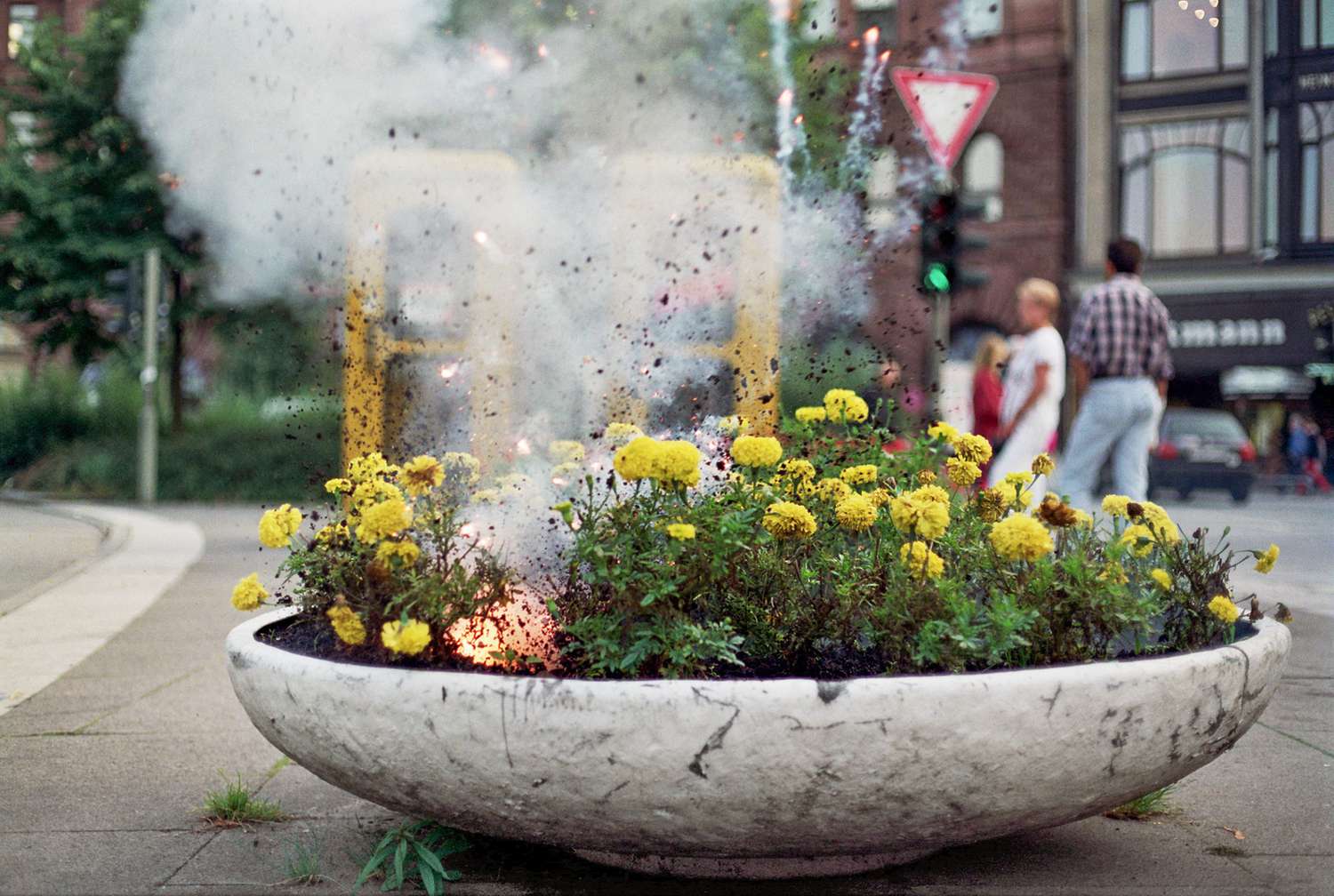
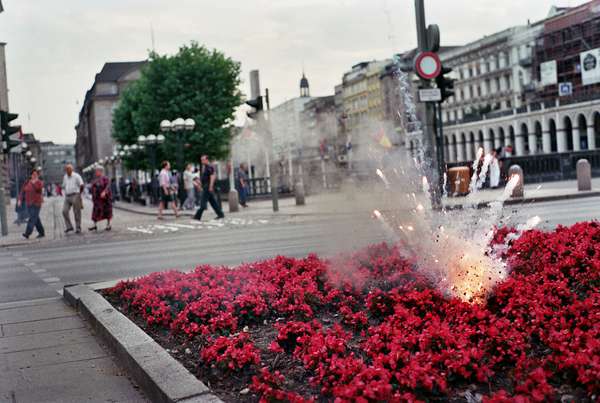
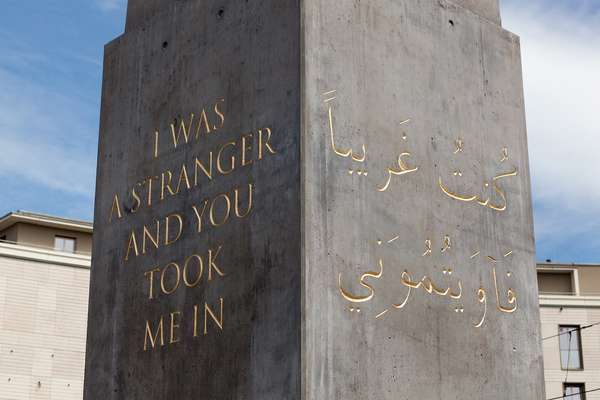
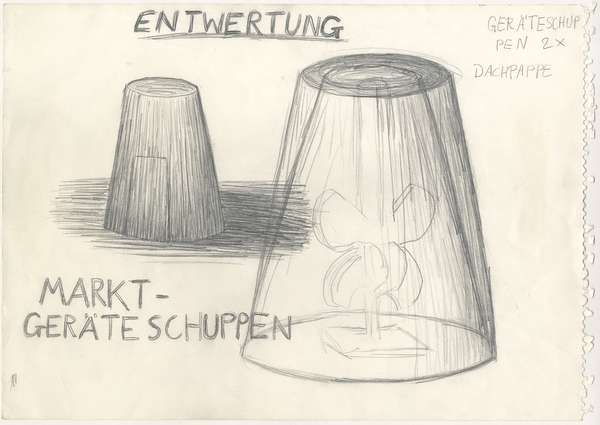
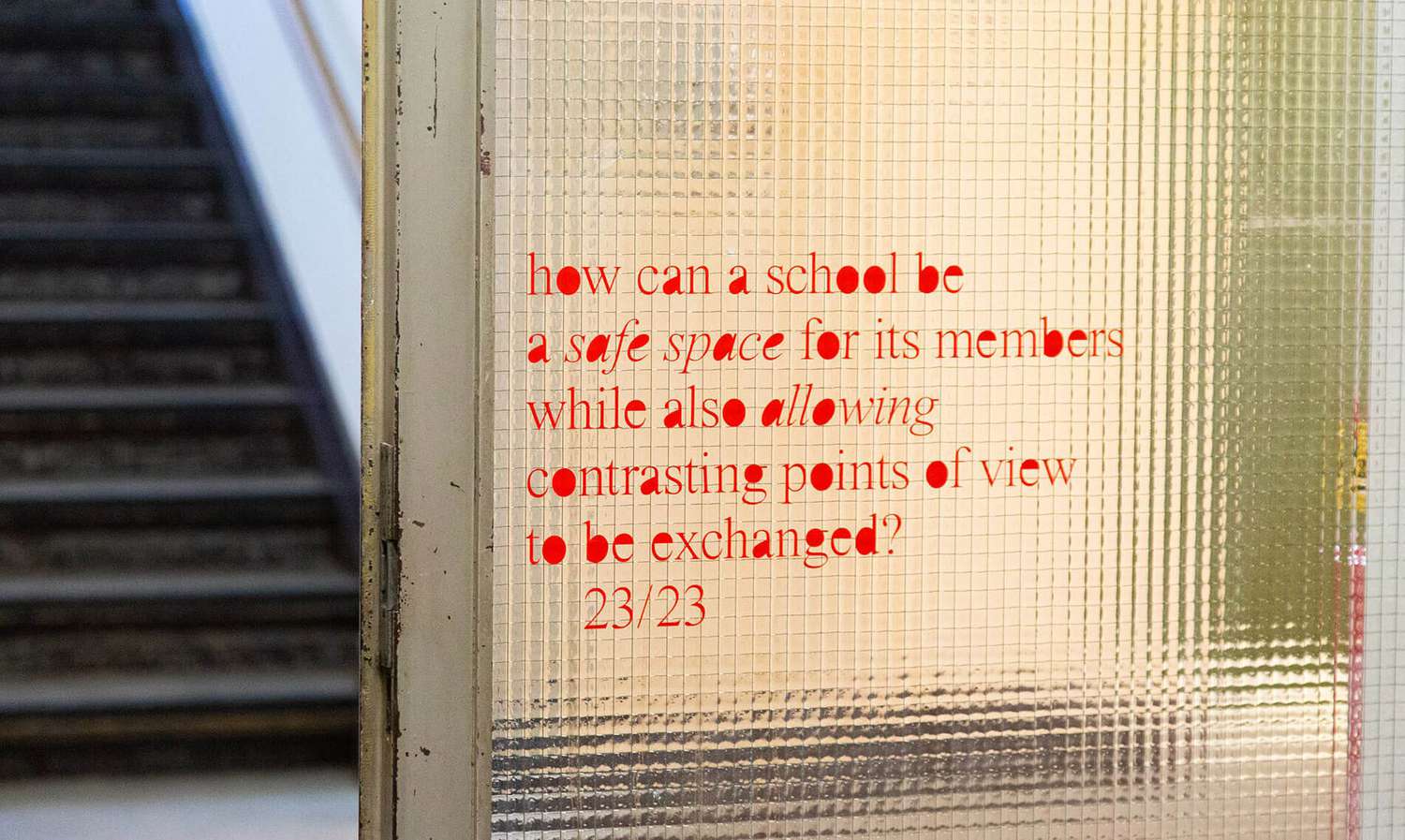
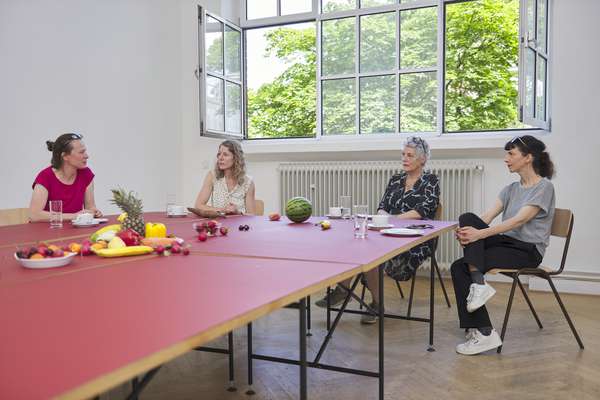
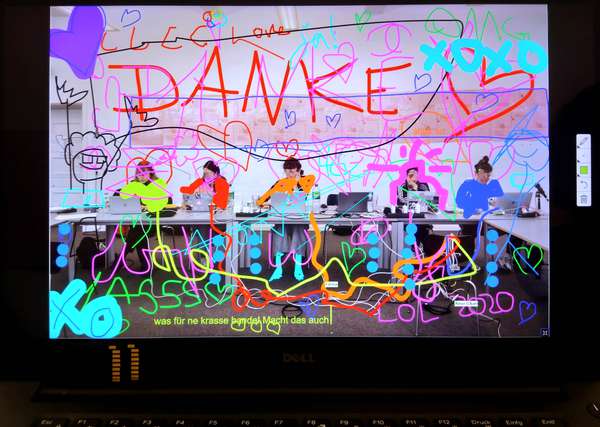
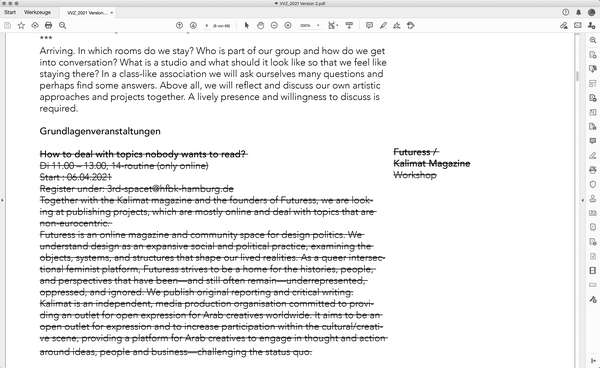
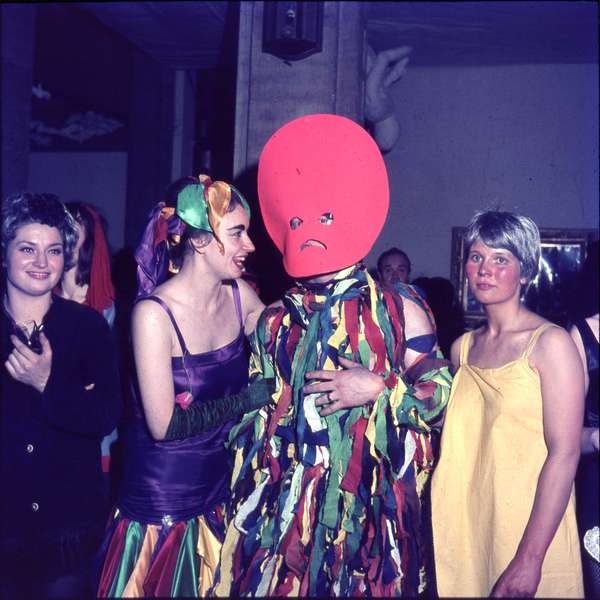
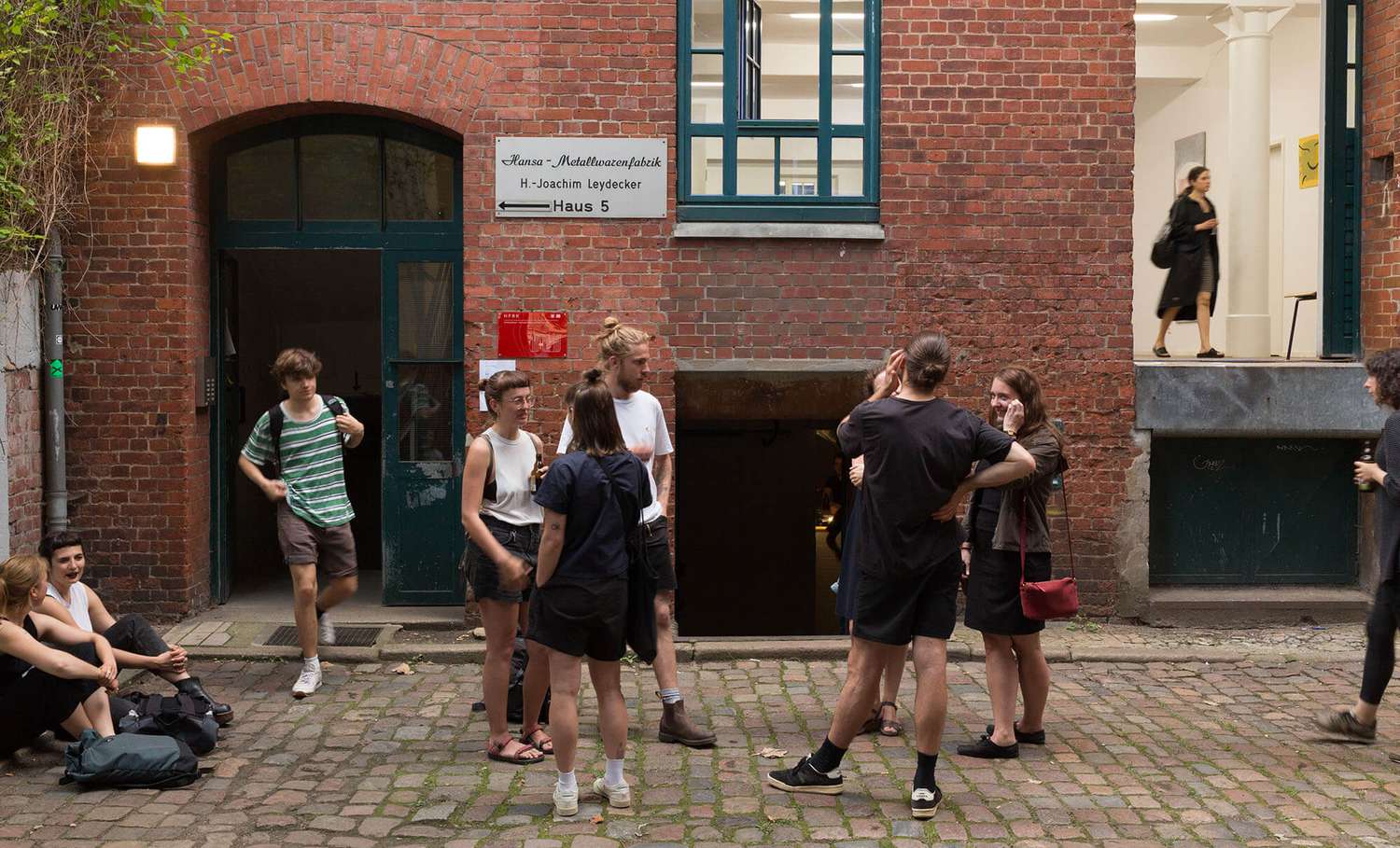
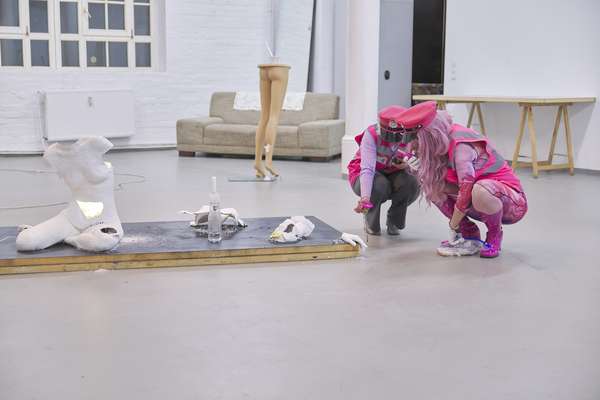
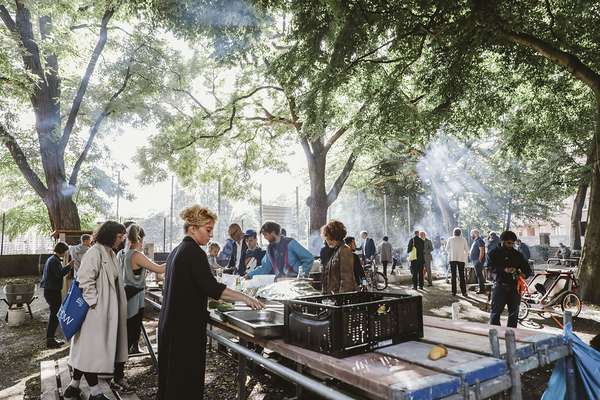
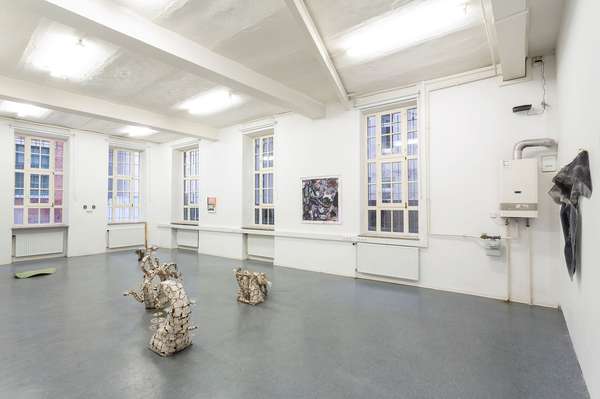
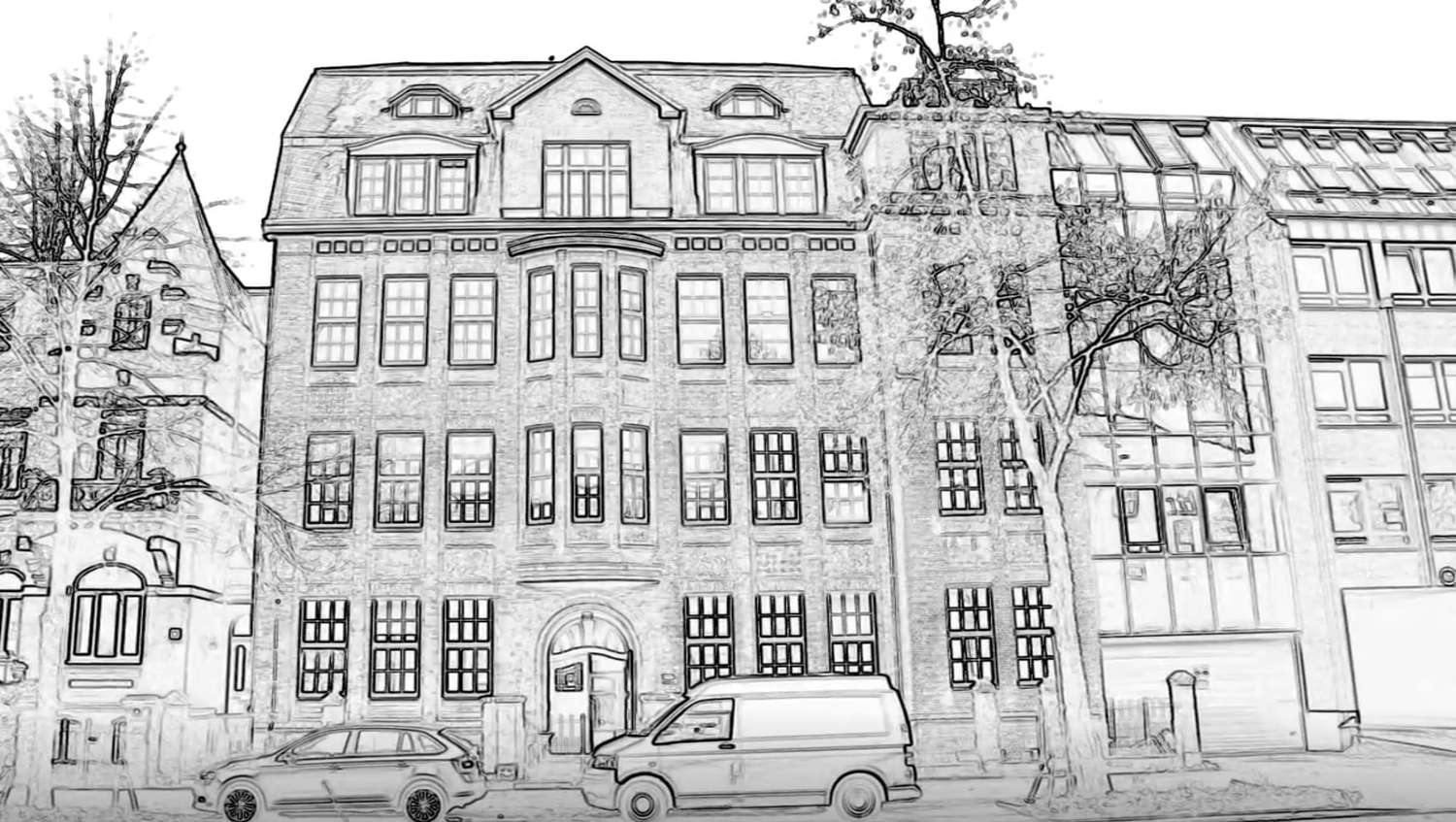
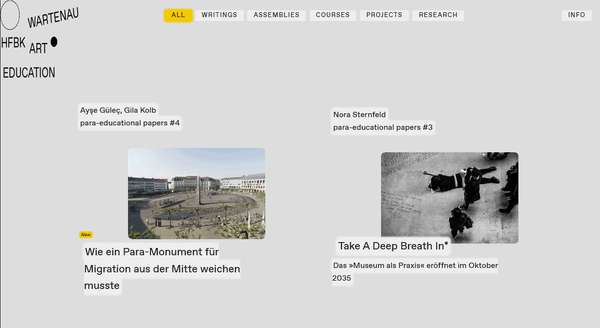
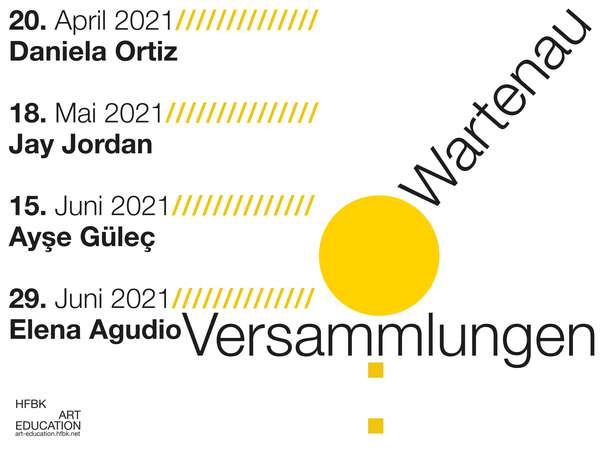
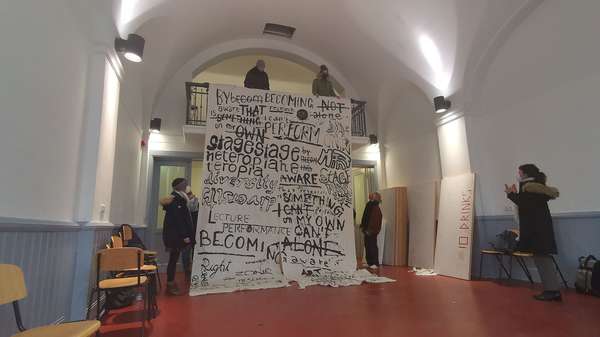
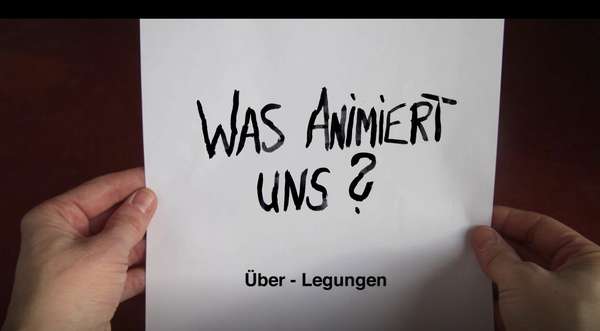
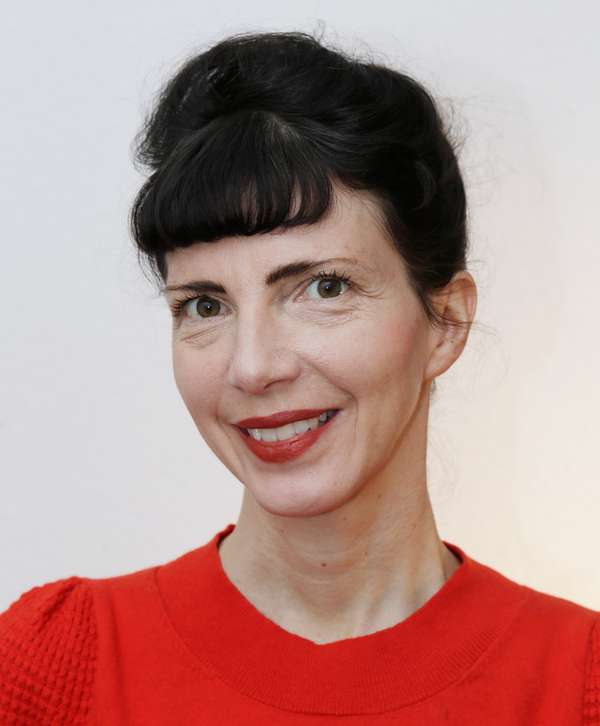
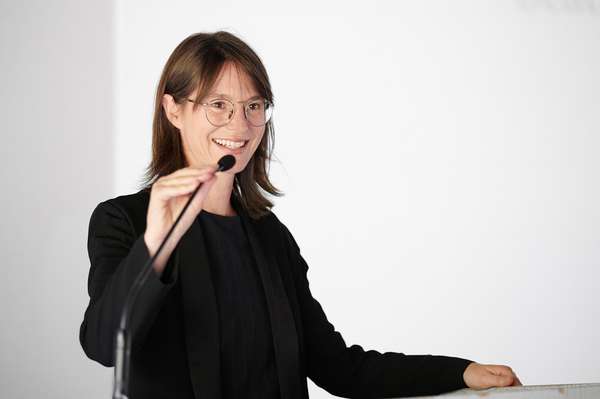
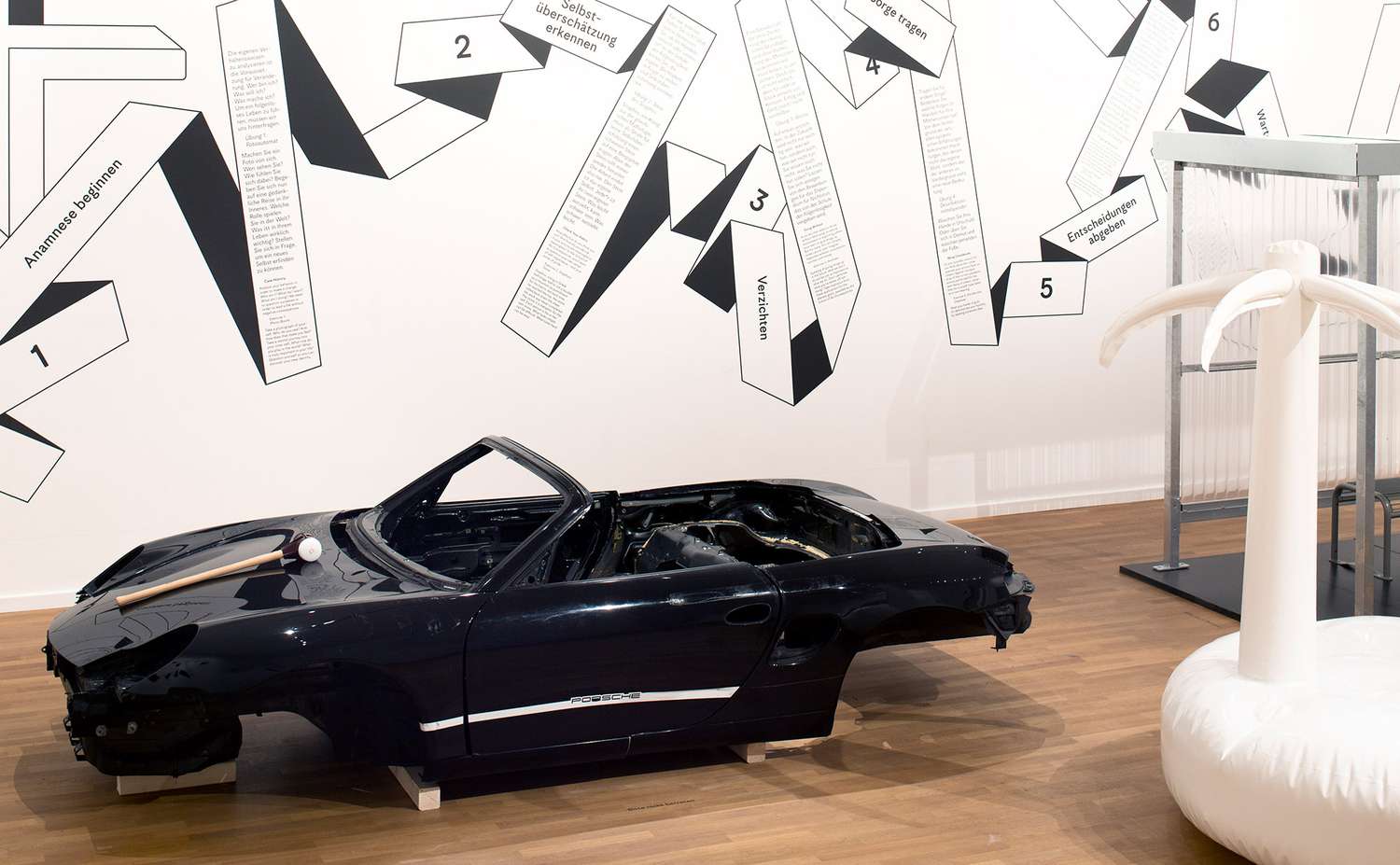
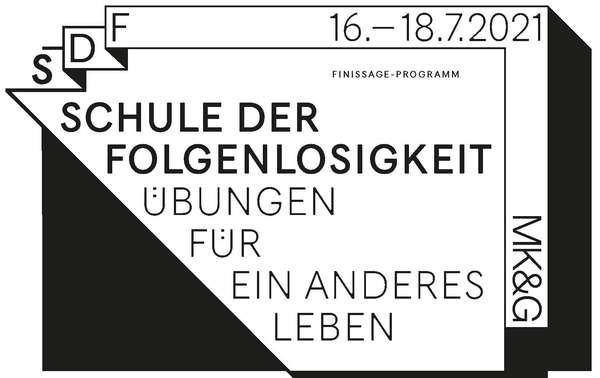
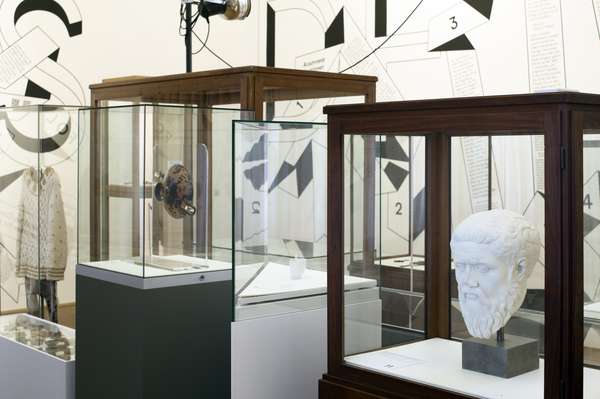
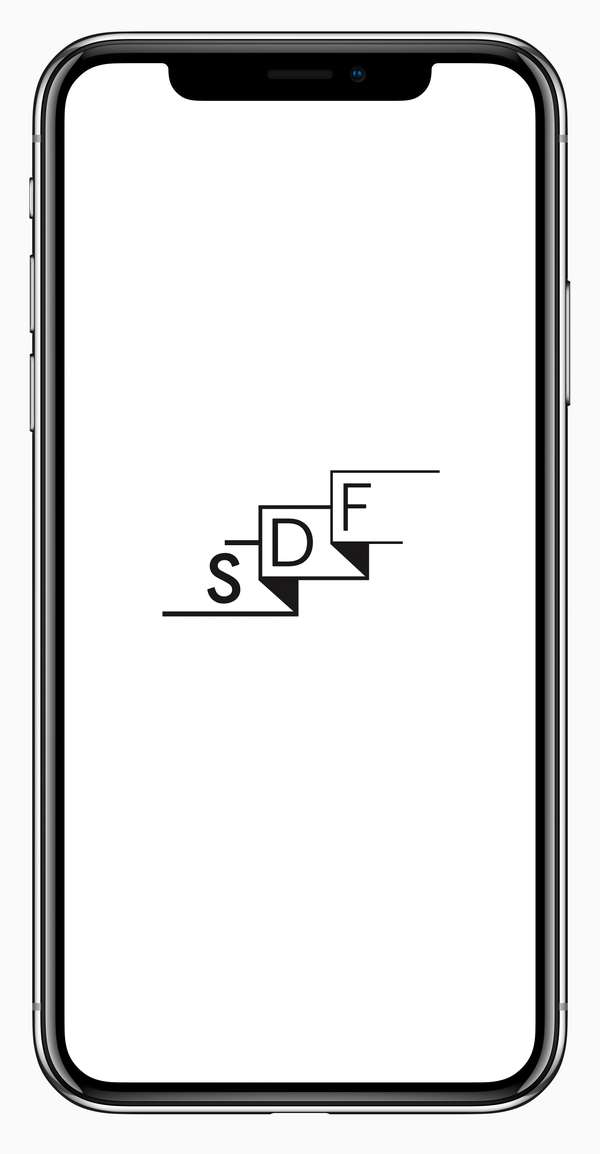
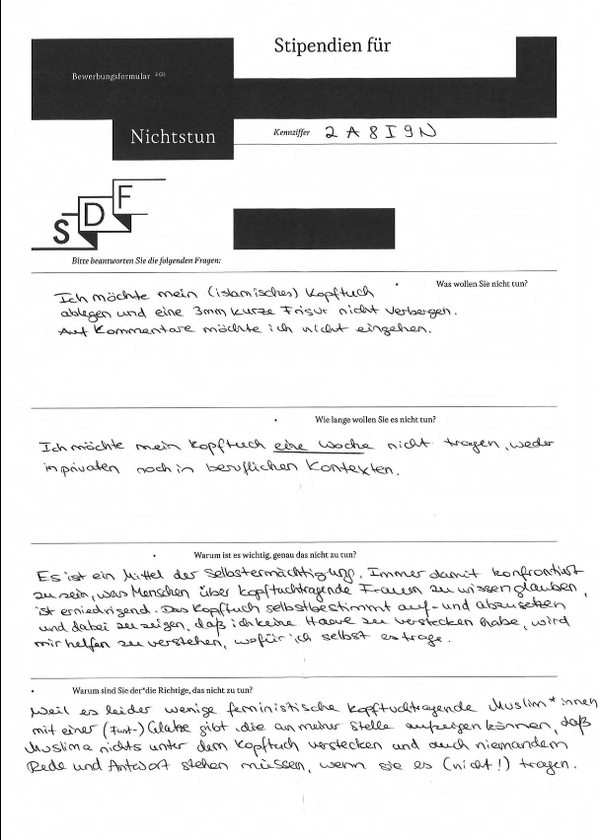
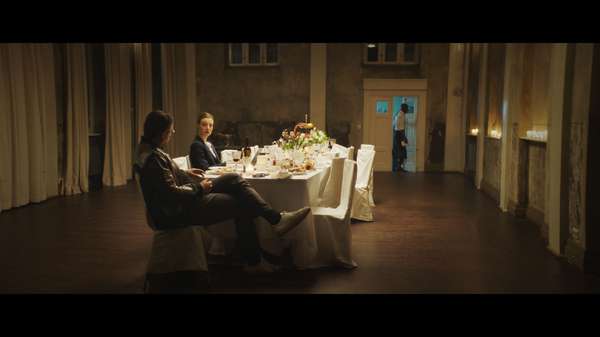
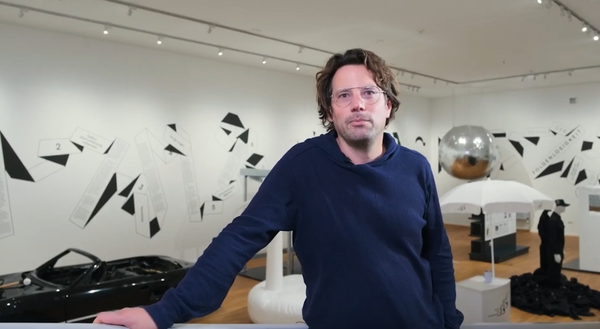
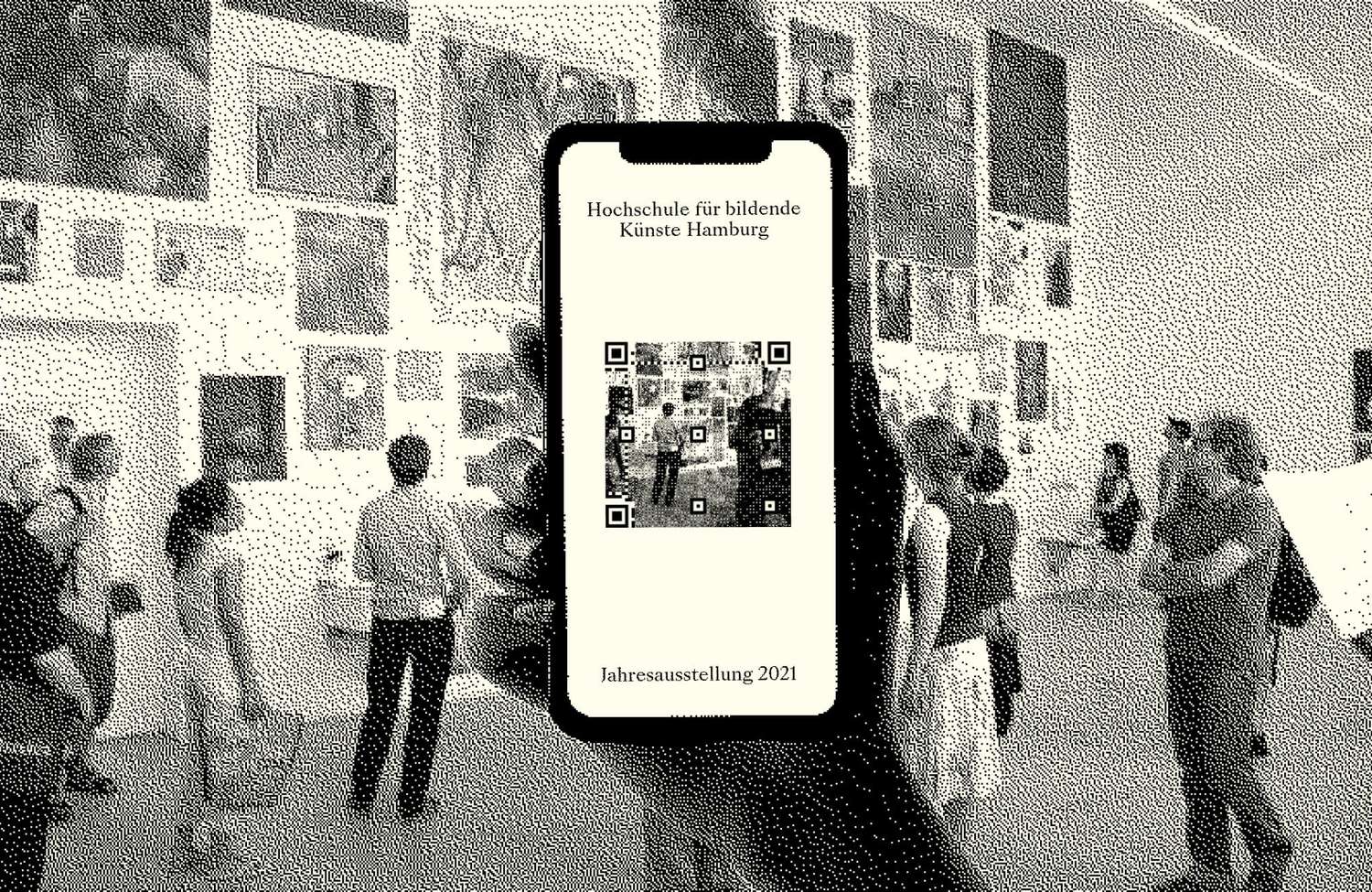
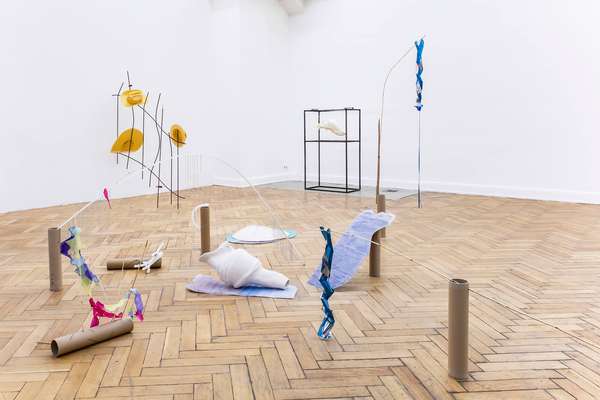
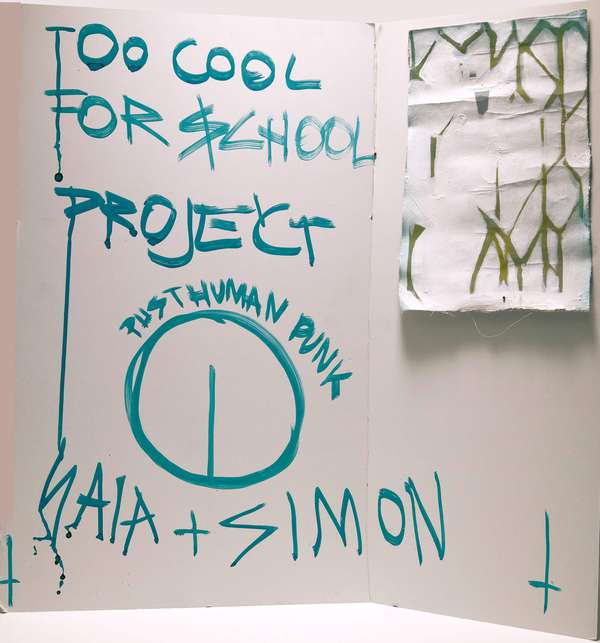
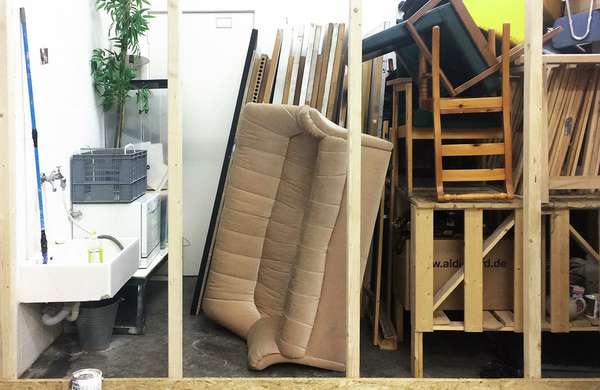
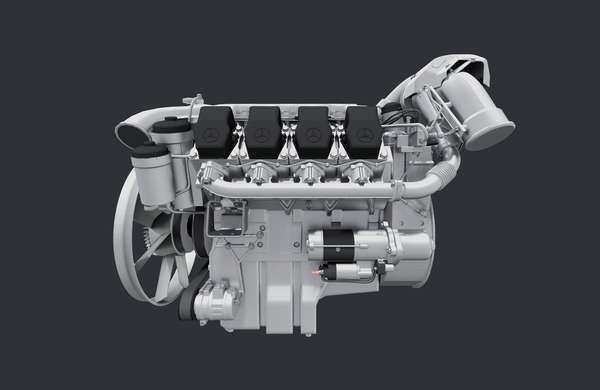
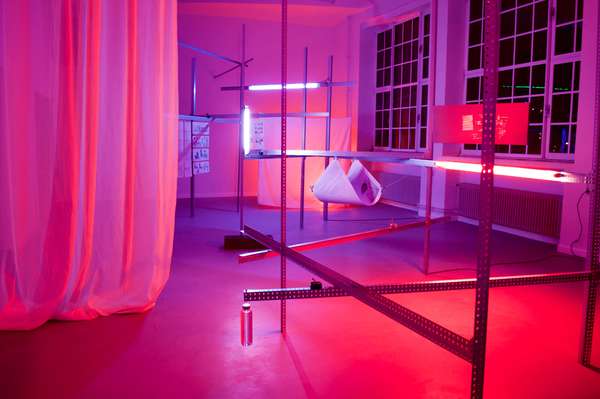
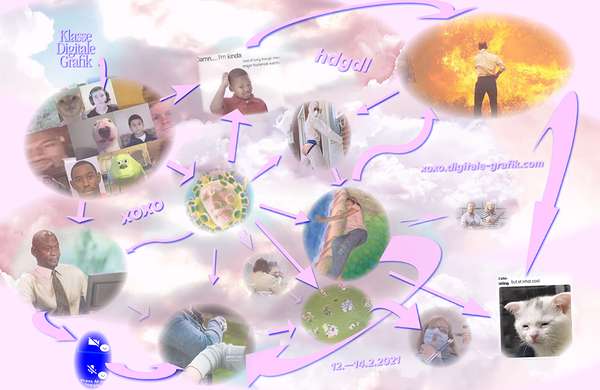
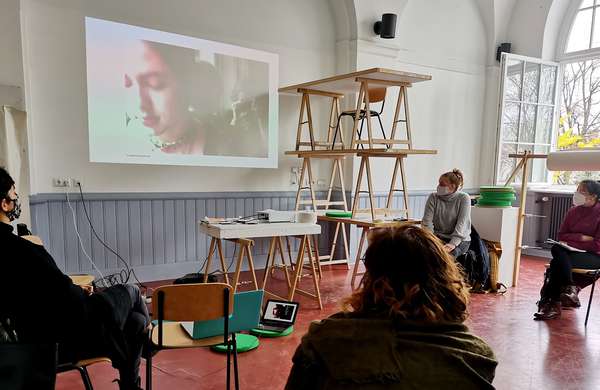
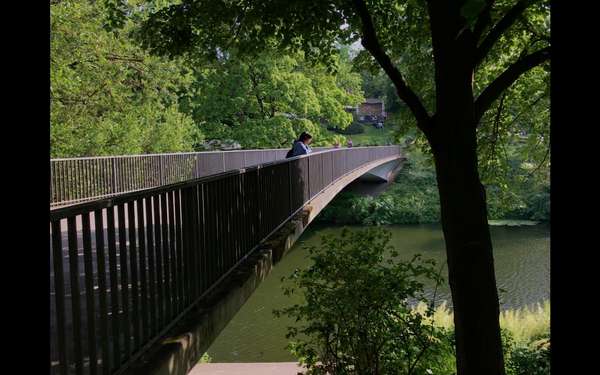
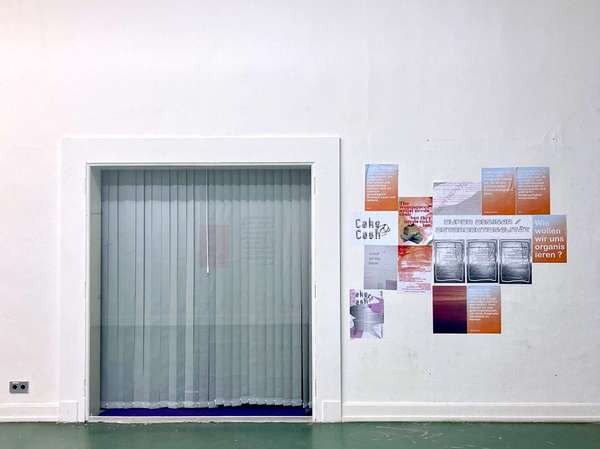
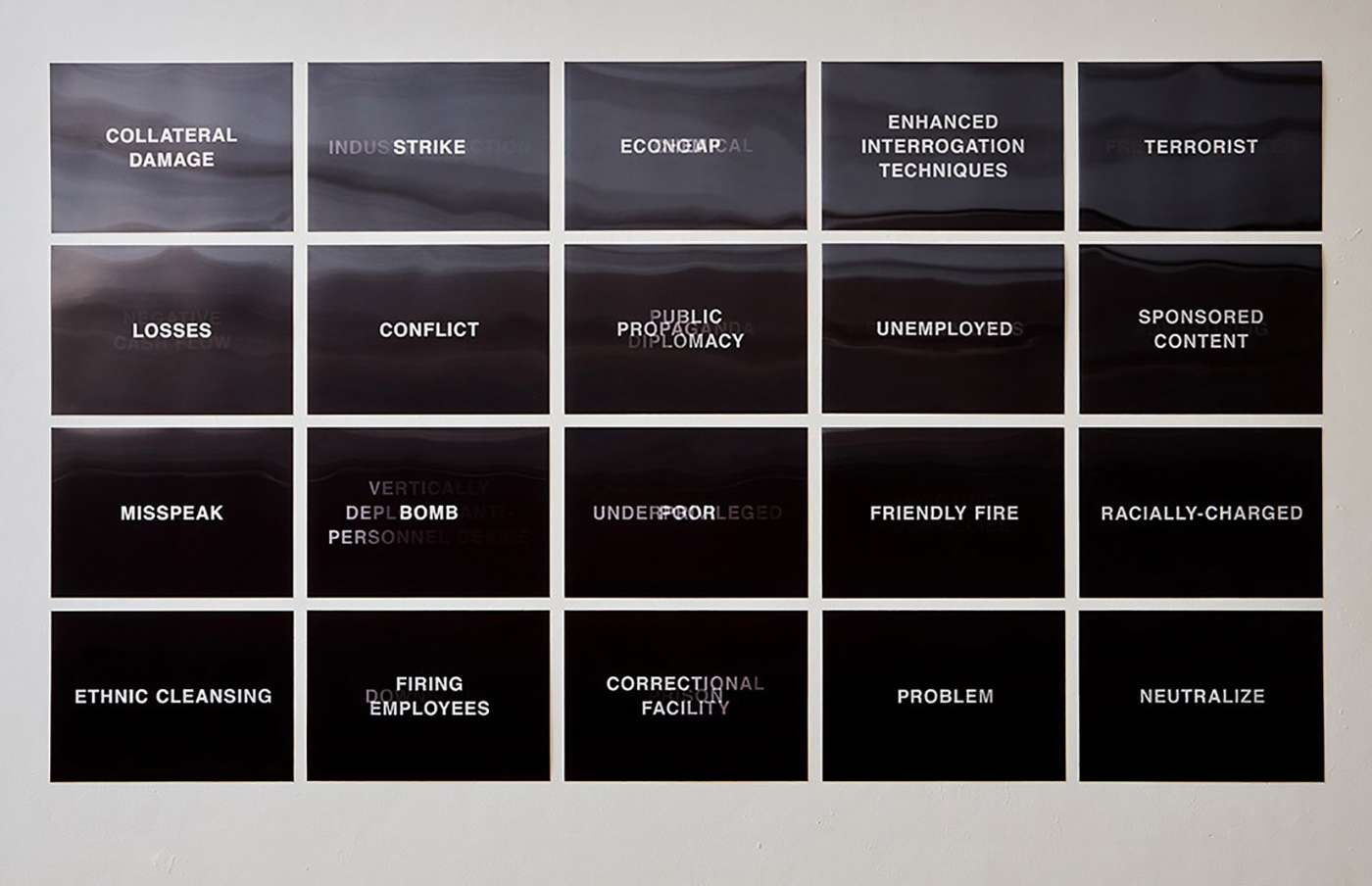
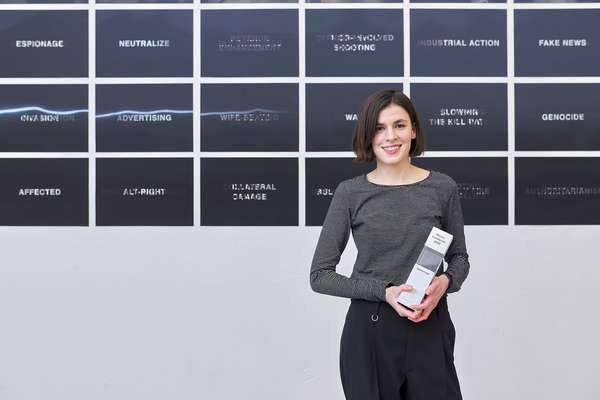
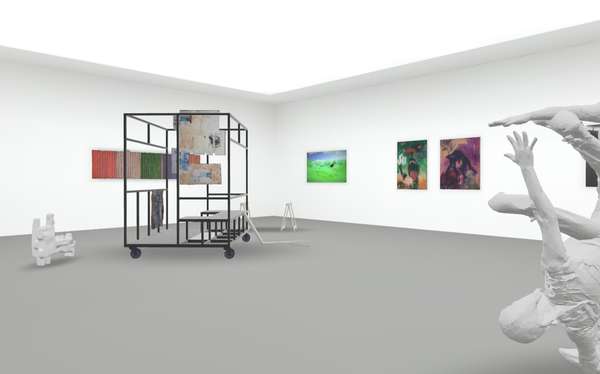
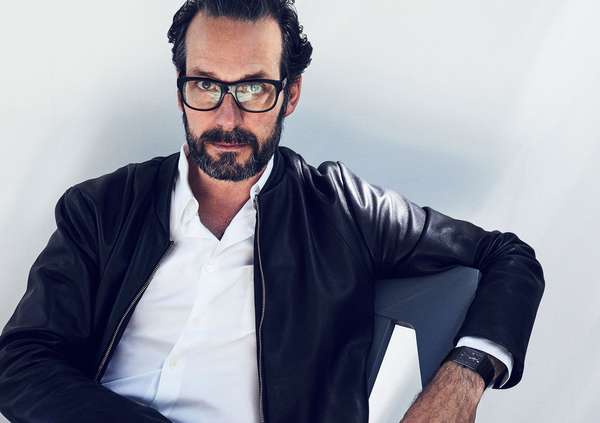
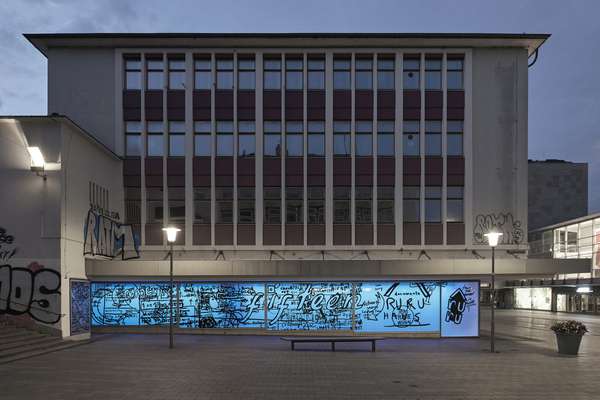
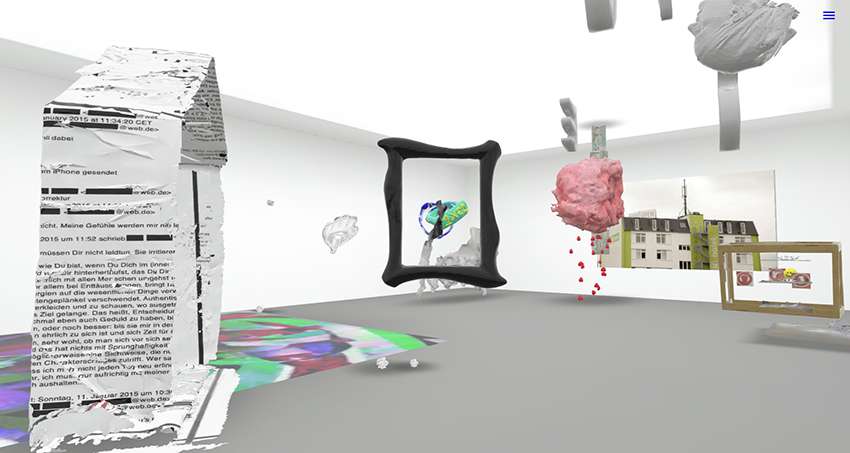
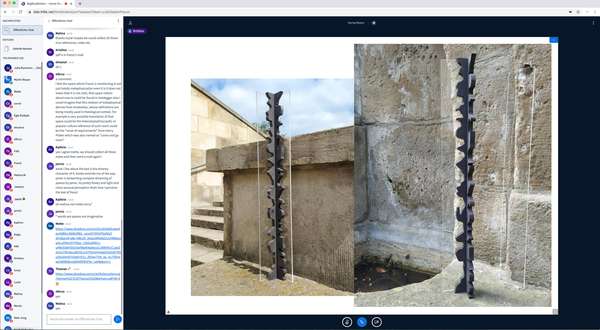
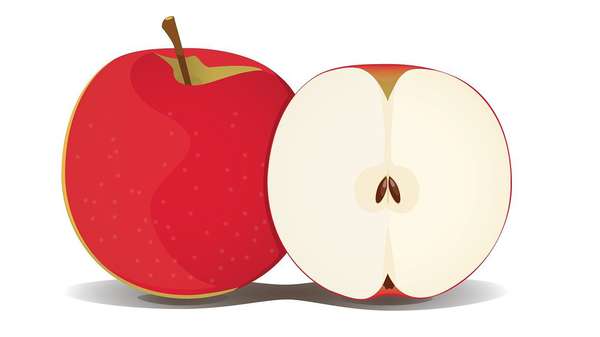
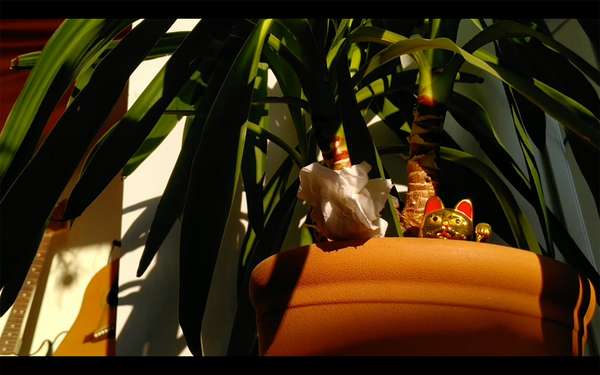
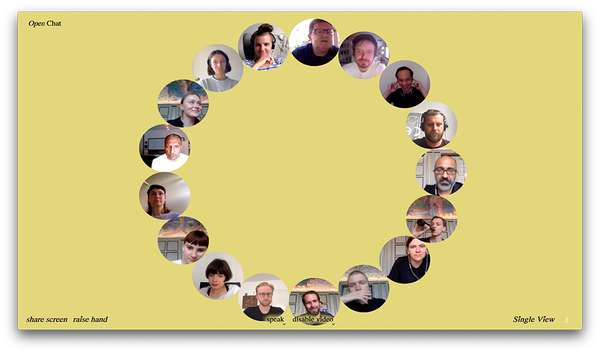
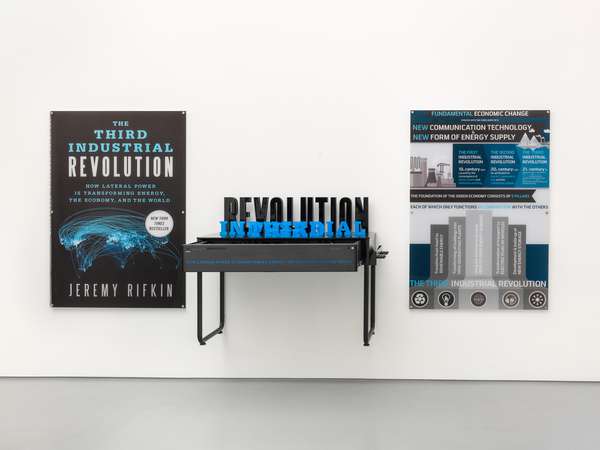
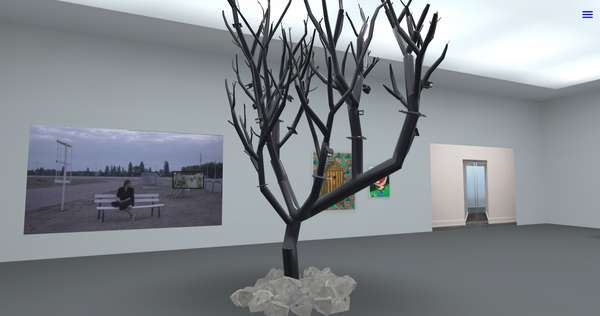
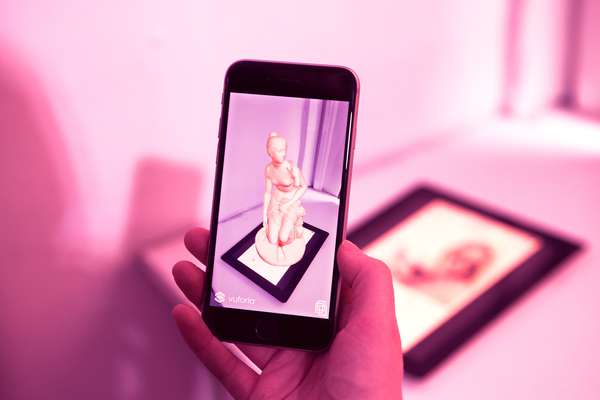
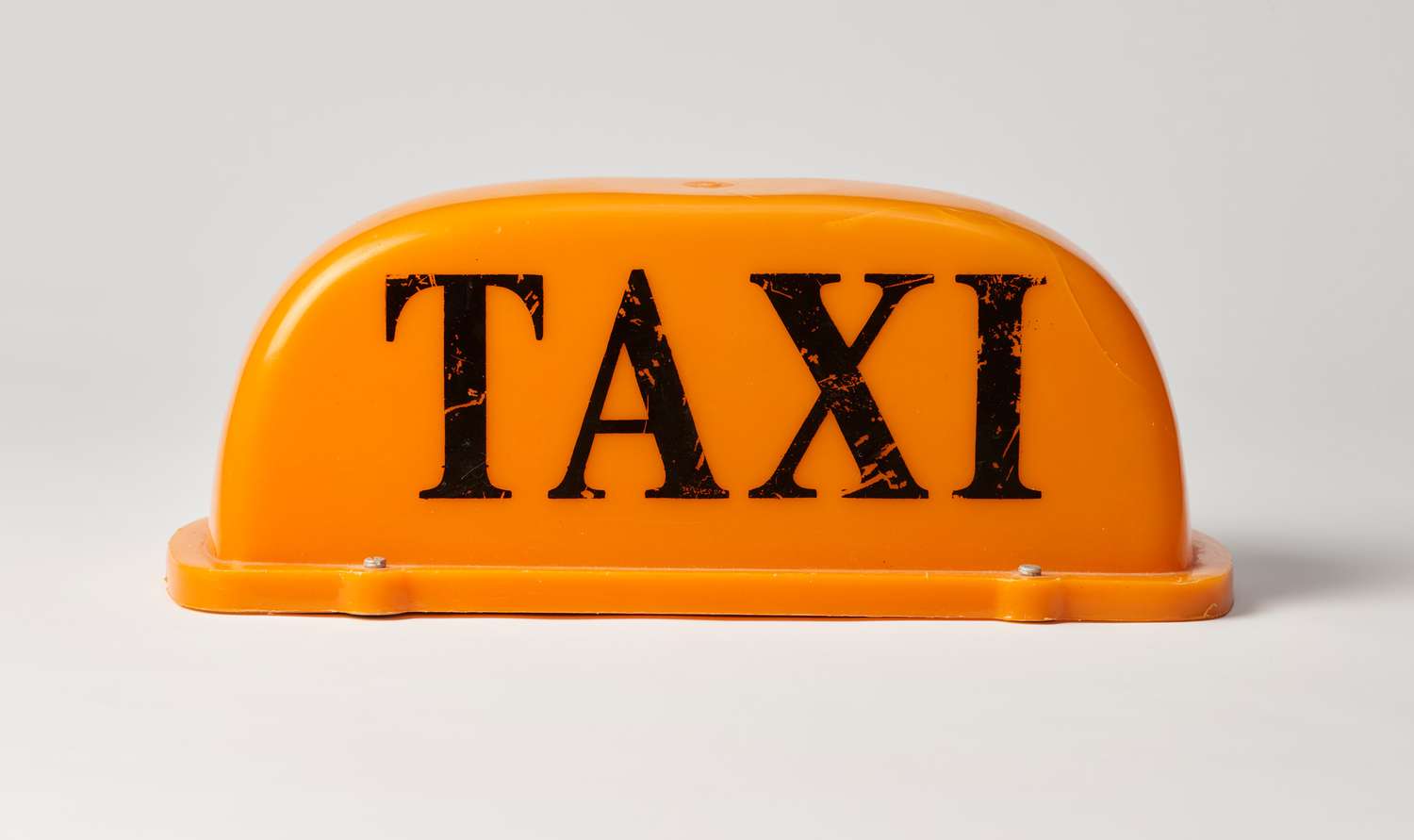
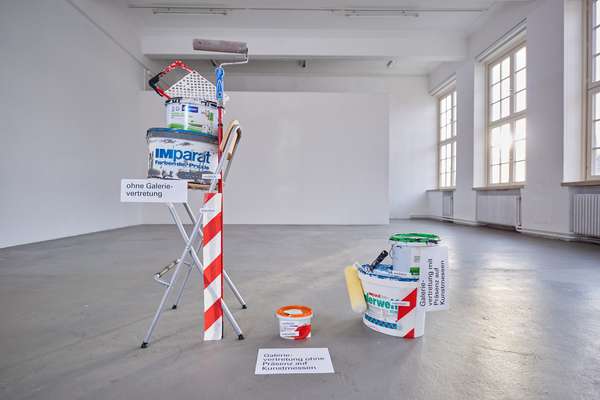
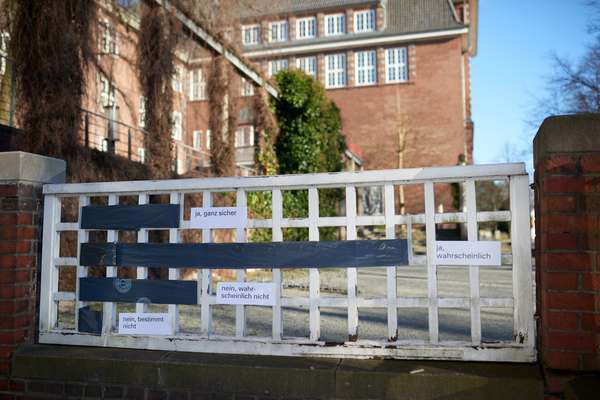
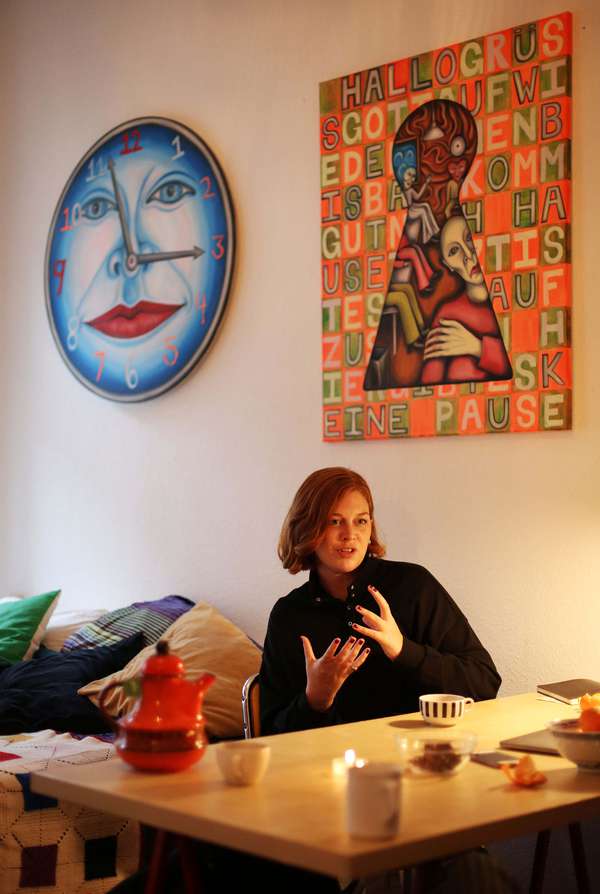
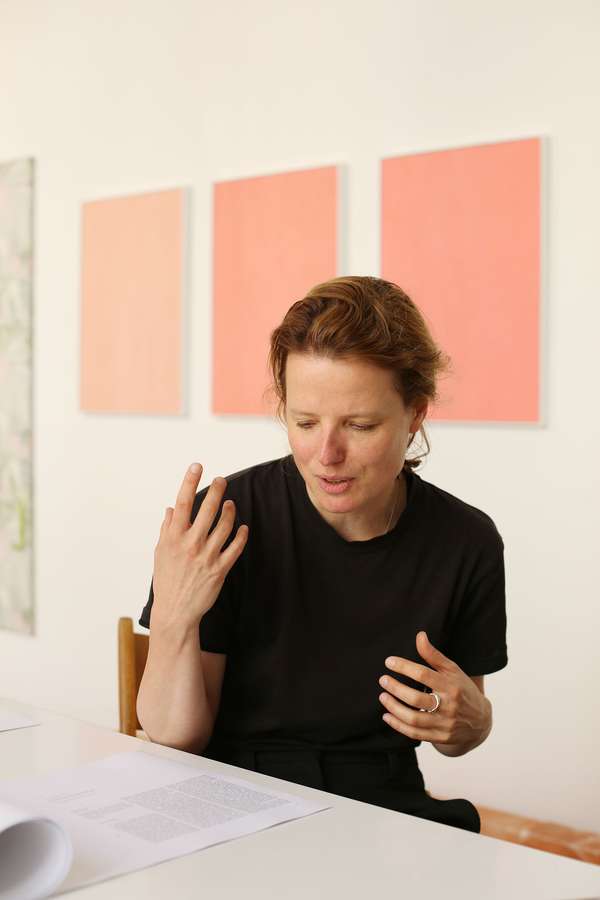
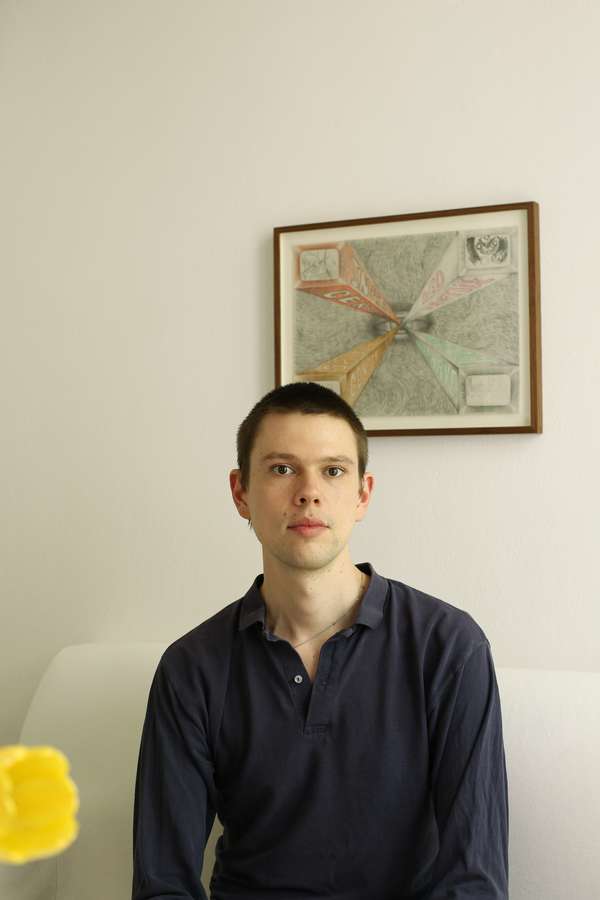
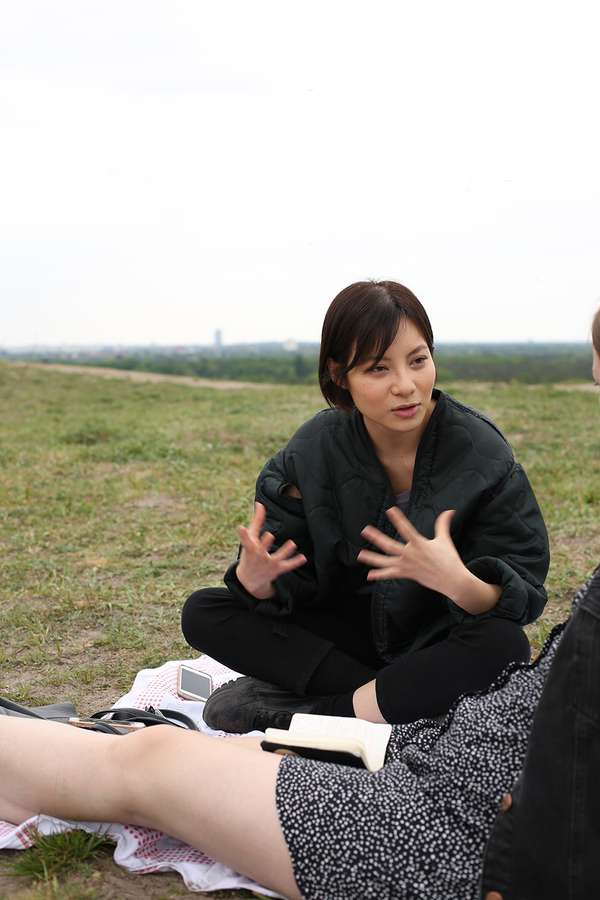
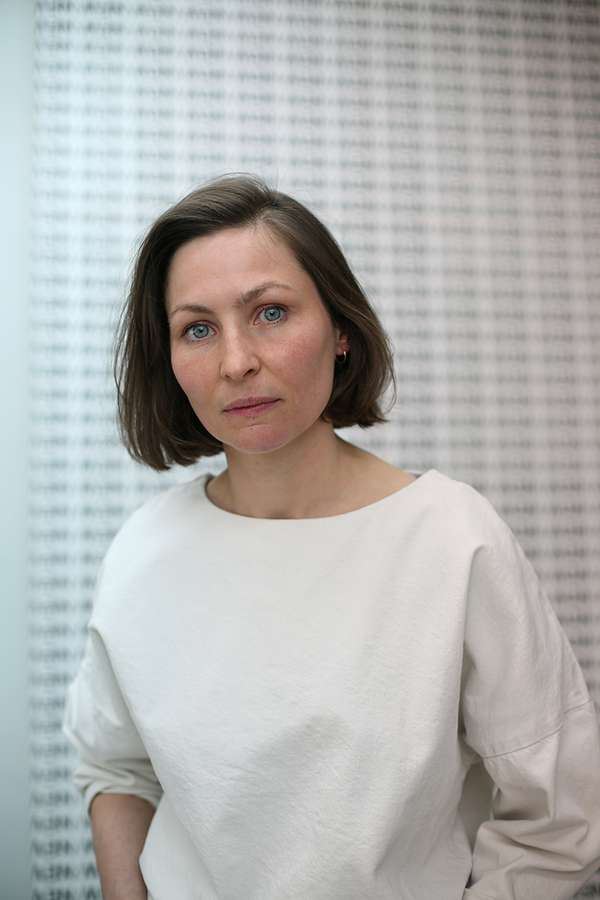
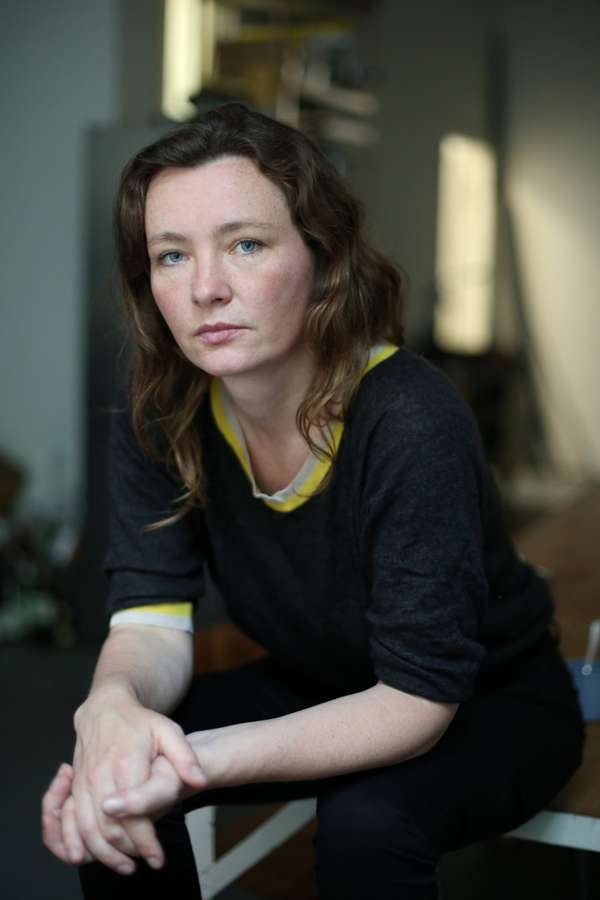
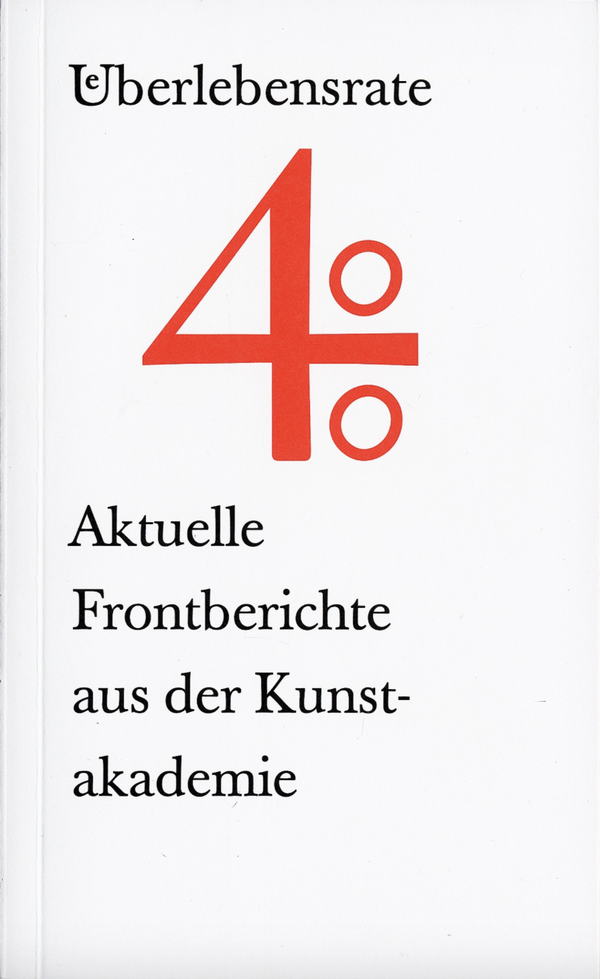
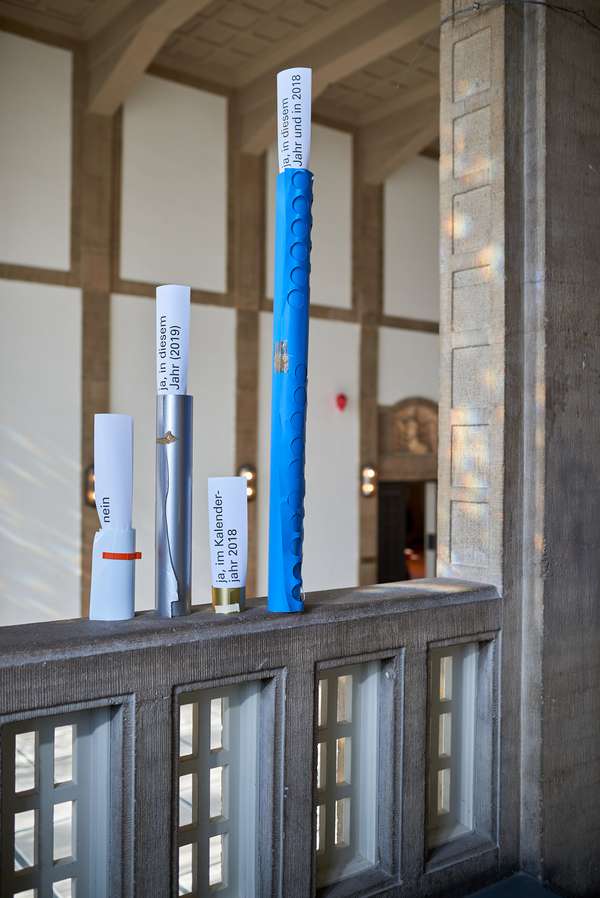
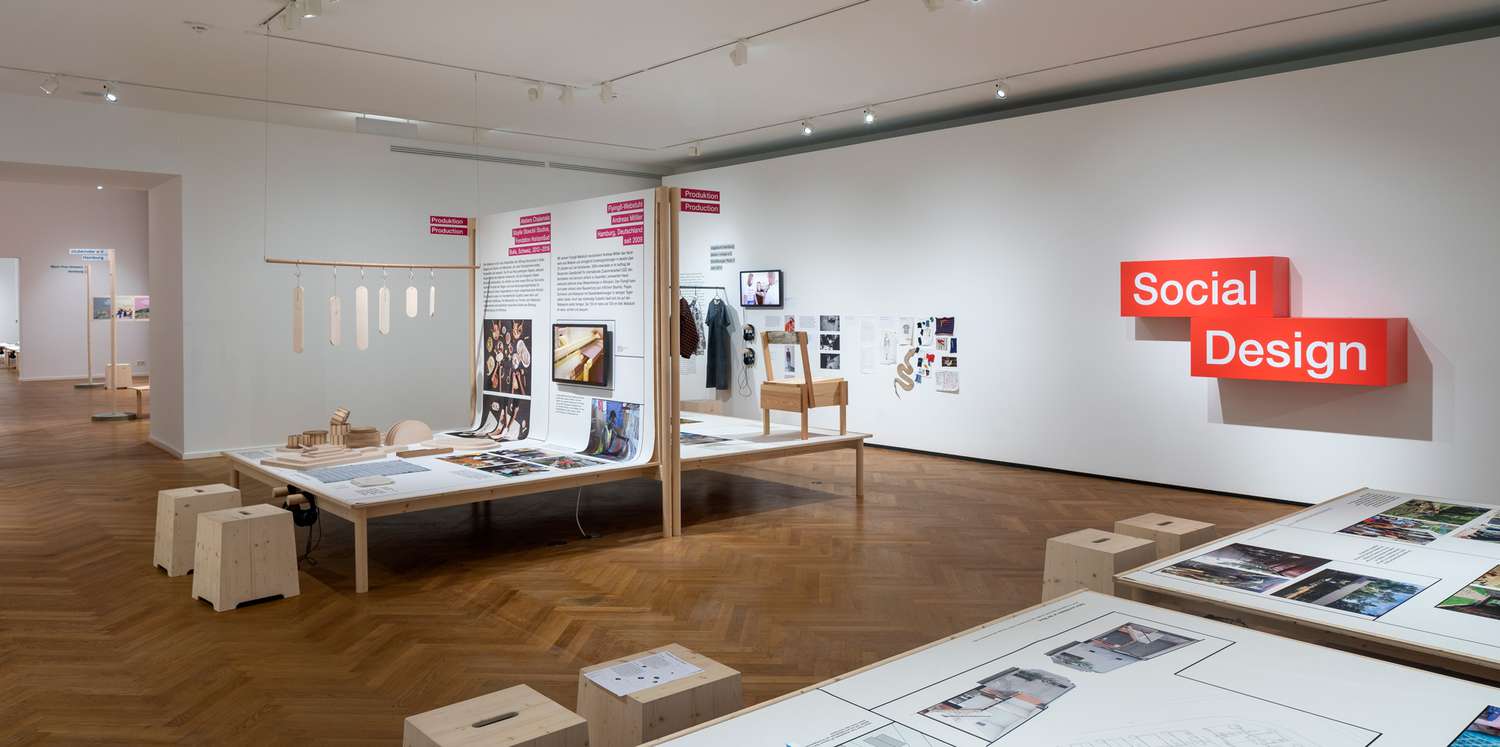
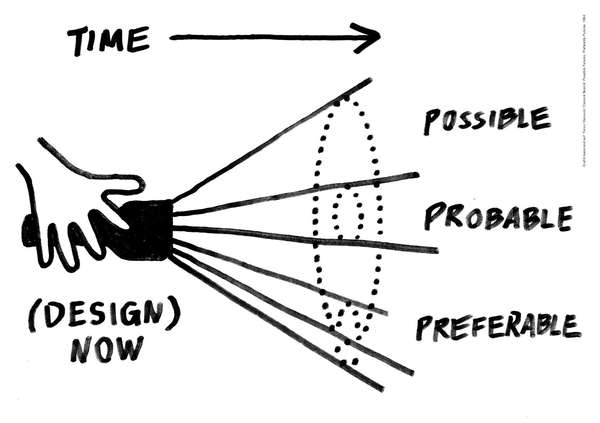
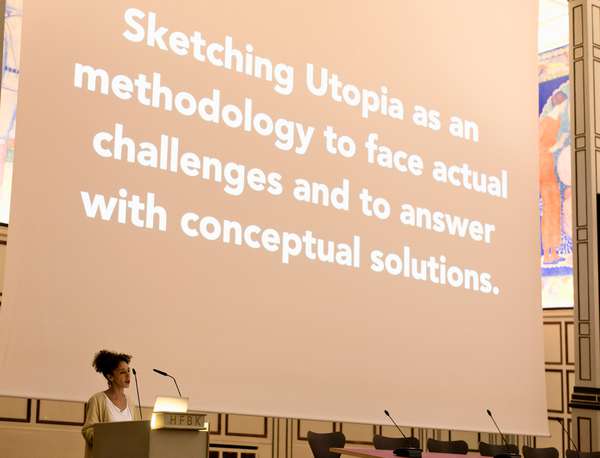
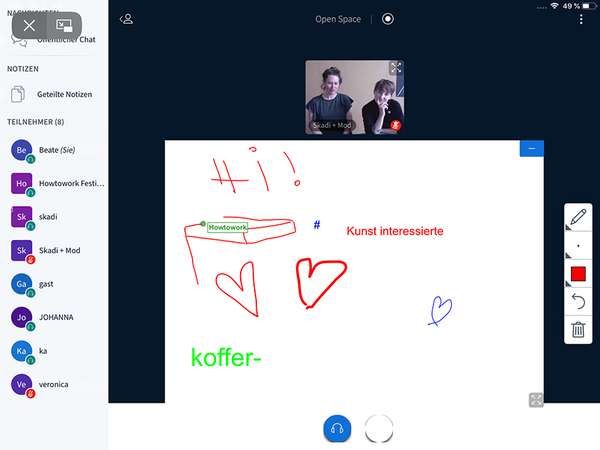
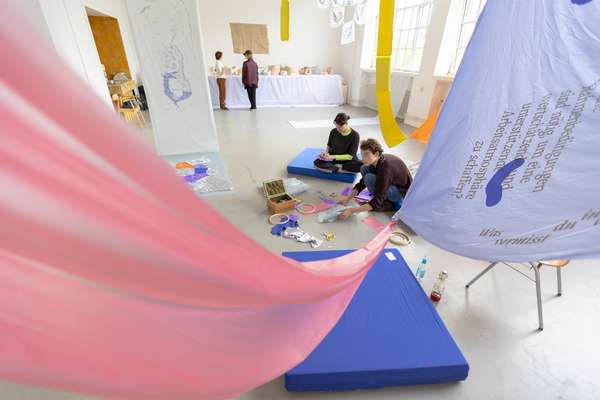
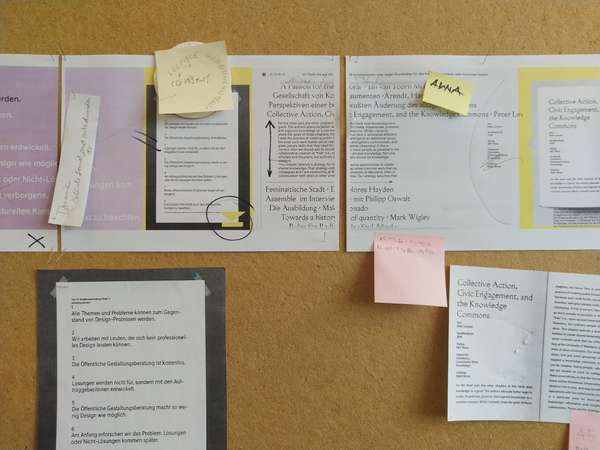
 Graduate Show 2025: Don't stop me now
Graduate Show 2025: Don't stop me now
 Long days, lots to do
Long days, lots to do
 Cine*Ami*es
Cine*Ami*es
 Redesign Democracy – competition for the ballot box of the democratic future
Redesign Democracy – competition for the ballot box of the democratic future
 Art in public space
Art in public space
 How to apply: study at HFBK Hamburg
How to apply: study at HFBK Hamburg
 Annual Exhibition 2025 at the HFBK Hamburg
Annual Exhibition 2025 at the HFBK Hamburg
 The Elephant in The Room – Sculpture today
The Elephant in The Room – Sculpture today
 Hiscox Art Prize 2024
Hiscox Art Prize 2024
 The New Woman
The New Woman
 Doing a PhD at the HFBK Hamburg
Doing a PhD at the HFBK Hamburg
 Graduate Show 2024 - Letting Go
Graduate Show 2024 - Letting Go
 Finkenwerder Art Prize 2024
Finkenwerder Art Prize 2024
 Archives of the Body - The Body in Archiving
Archives of the Body - The Body in Archiving
 New partnership with the School of Arts at the University of Haifa
New partnership with the School of Arts at the University of Haifa
 Annual Exhibition 2024 at the HFBK Hamburg
Annual Exhibition 2024 at the HFBK Hamburg
 (Ex)Changes of / in Art
(Ex)Changes of / in Art
 Extended Libraries
Extended Libraries
 And Still I Rise
And Still I Rise
 Let's talk about language
Let's talk about language
 Graduate Show 2023: Unfinished Business
Graduate Show 2023: Unfinished Business
 Let`s work together
Let`s work together
 Annual Exhibition 2023 at HFBK Hamburg
Annual Exhibition 2023 at HFBK Hamburg
 Symposium: Controversy over documenta fifteen
Symposium: Controversy over documenta fifteen
 Festival and Symposium: Non-Knowledge, Laughter and the Moving Image
Festival and Symposium: Non-Knowledge, Laughter and the Moving Image
 Solo exhibition by Konstantin Grcic
Solo exhibition by Konstantin Grcic
 Art and war
Art and war
 Graduate Show 2022: We’ve Only Just Begun
Graduate Show 2022: We’ve Only Just Begun
 June is full of art and theory
June is full of art and theory
 Finkenwerder Art Prize 2022
Finkenwerder Art Prize 2022
 Nachhaltigkeit im Kontext von Kunst und Kunsthochschule
Nachhaltigkeit im Kontext von Kunst und Kunsthochschule
 Raum für die Kunst
Raum für die Kunst
 Annual Exhibition 2022 at the HFBK
Annual Exhibition 2022 at the HFBK
 Conference: Counter-Monuments and Para-Monuments.
Conference: Counter-Monuments and Para-Monuments.
 Diversity
Diversity
 Live und in Farbe: die ASA Open Studios im Juni 2021
Live und in Farbe: die ASA Open Studios im Juni 2021
 Unlearning: Wartenau Assemblies
Unlearning: Wartenau Assemblies
 School of No Consequences
School of No Consequences
 Annual Exhibition 2021 at the HFBK
Annual Exhibition 2021 at the HFBK
 Semestereröffnung und Hiscox-Preisverleihung 2020
Semestereröffnung und Hiscox-Preisverleihung 2020
 Teaching Art Online at the HFBK
Teaching Art Online at the HFBK
 HFBK Graduate Survey
HFBK Graduate Survey
 How political is Social Design?
How political is Social Design?